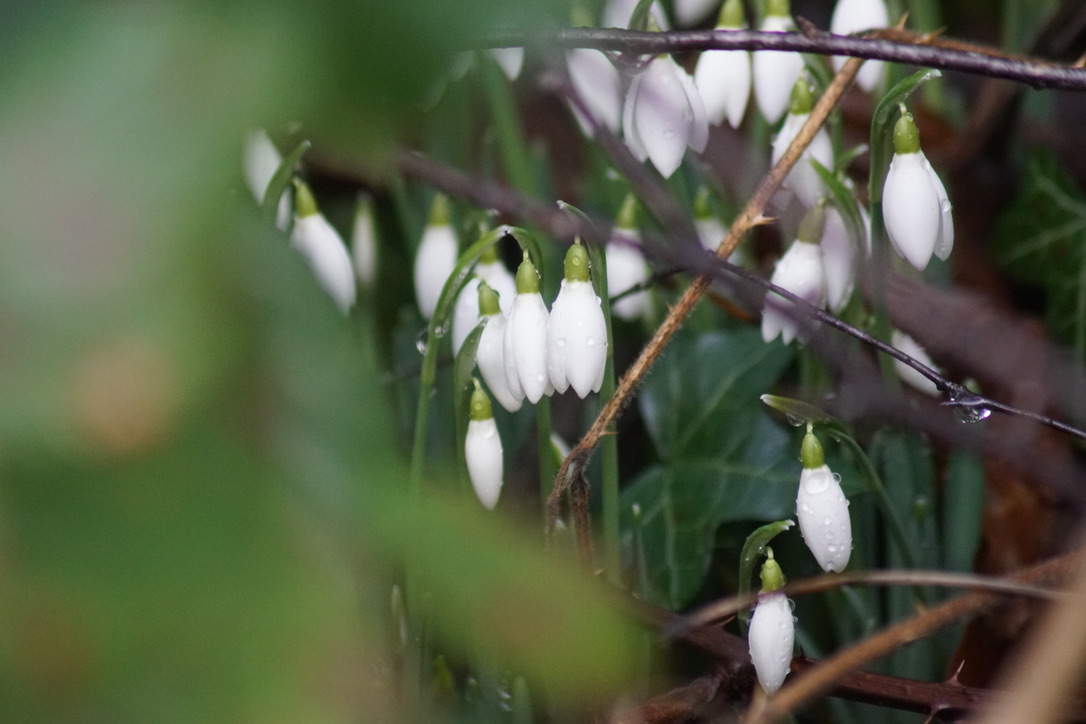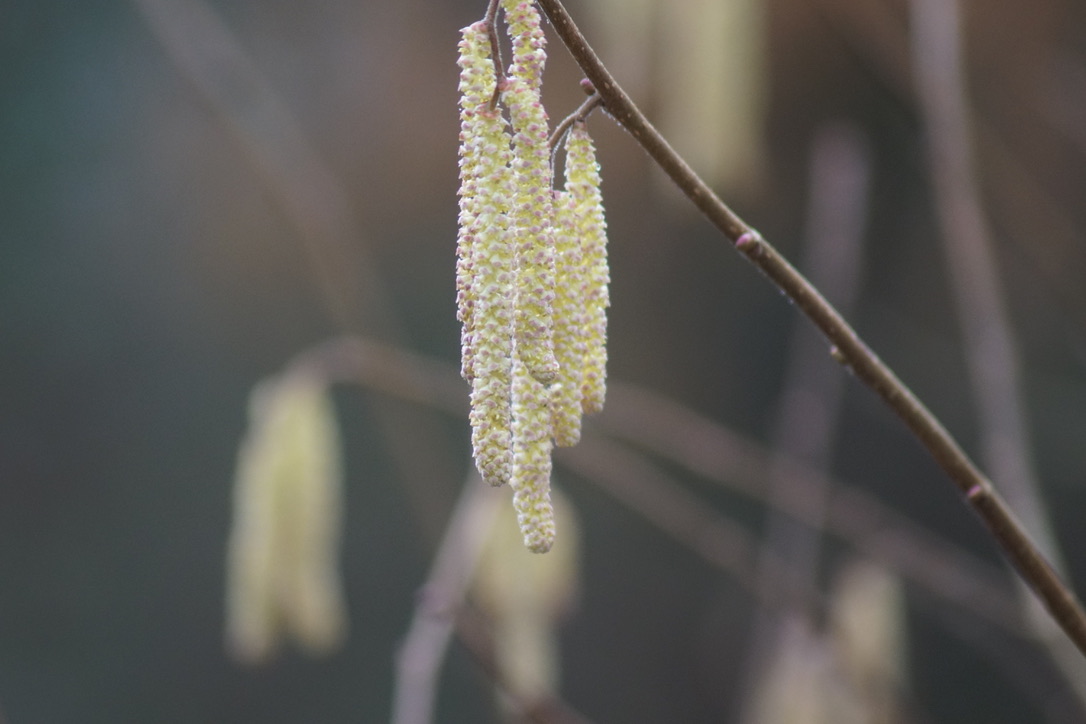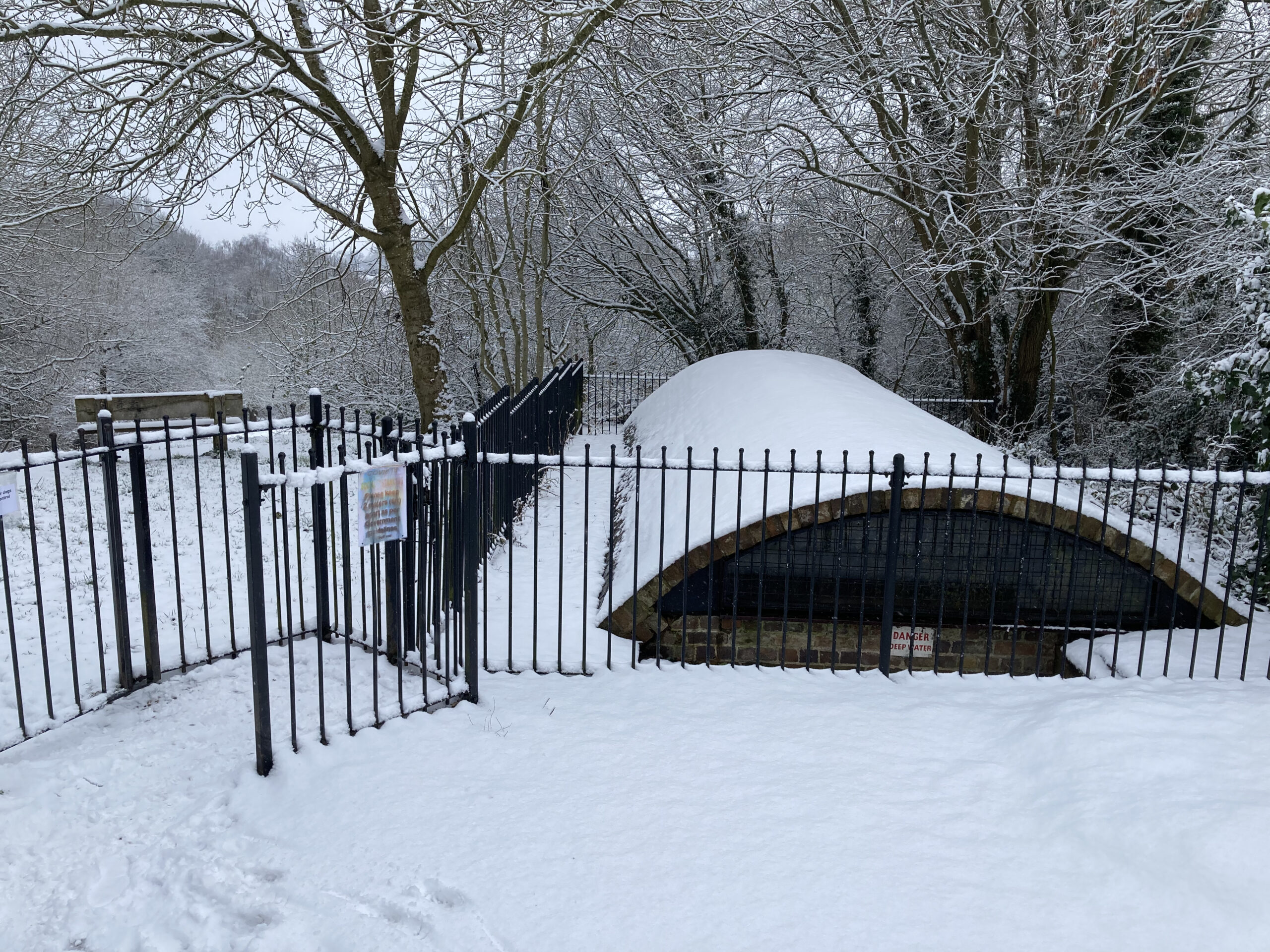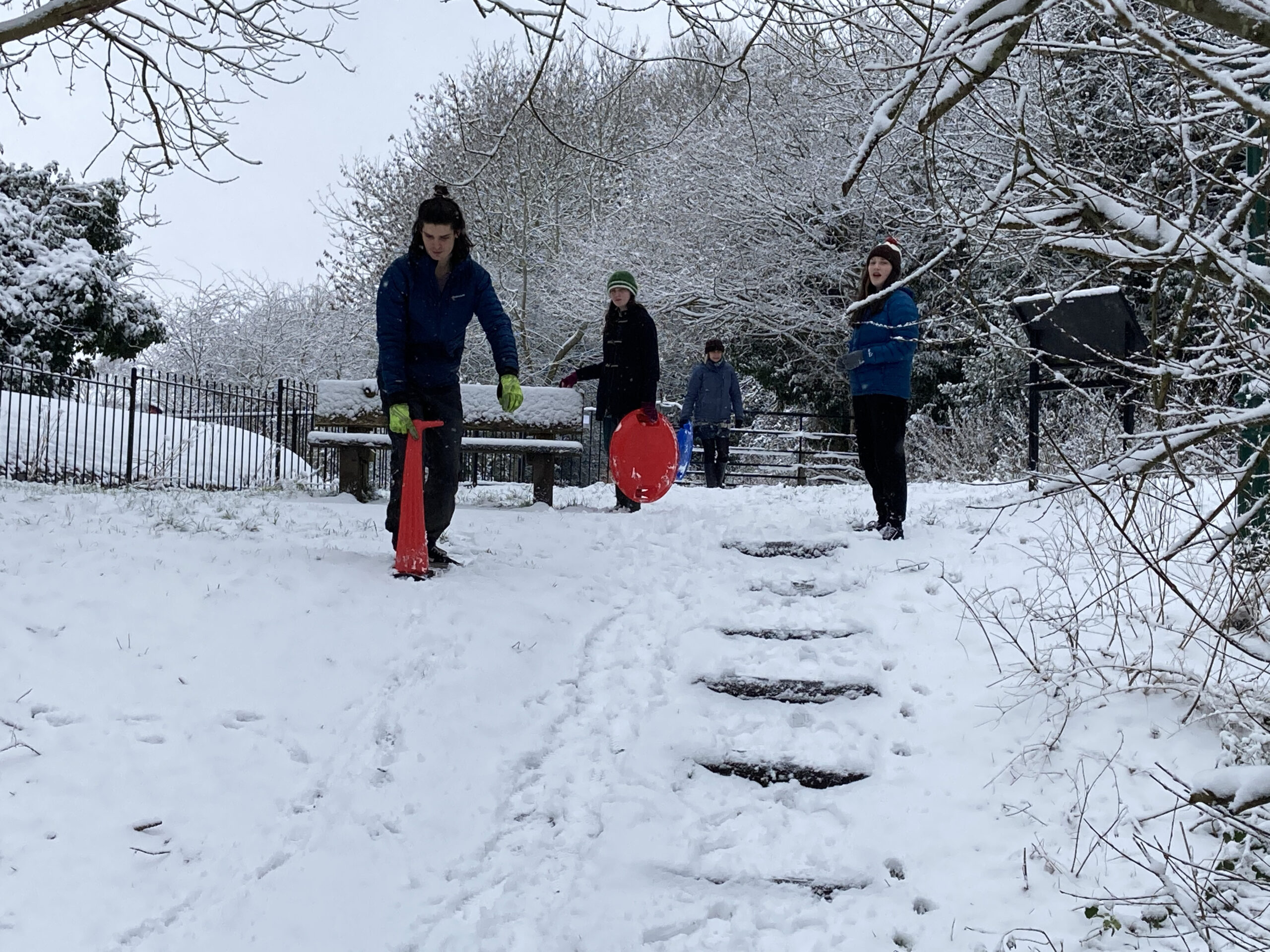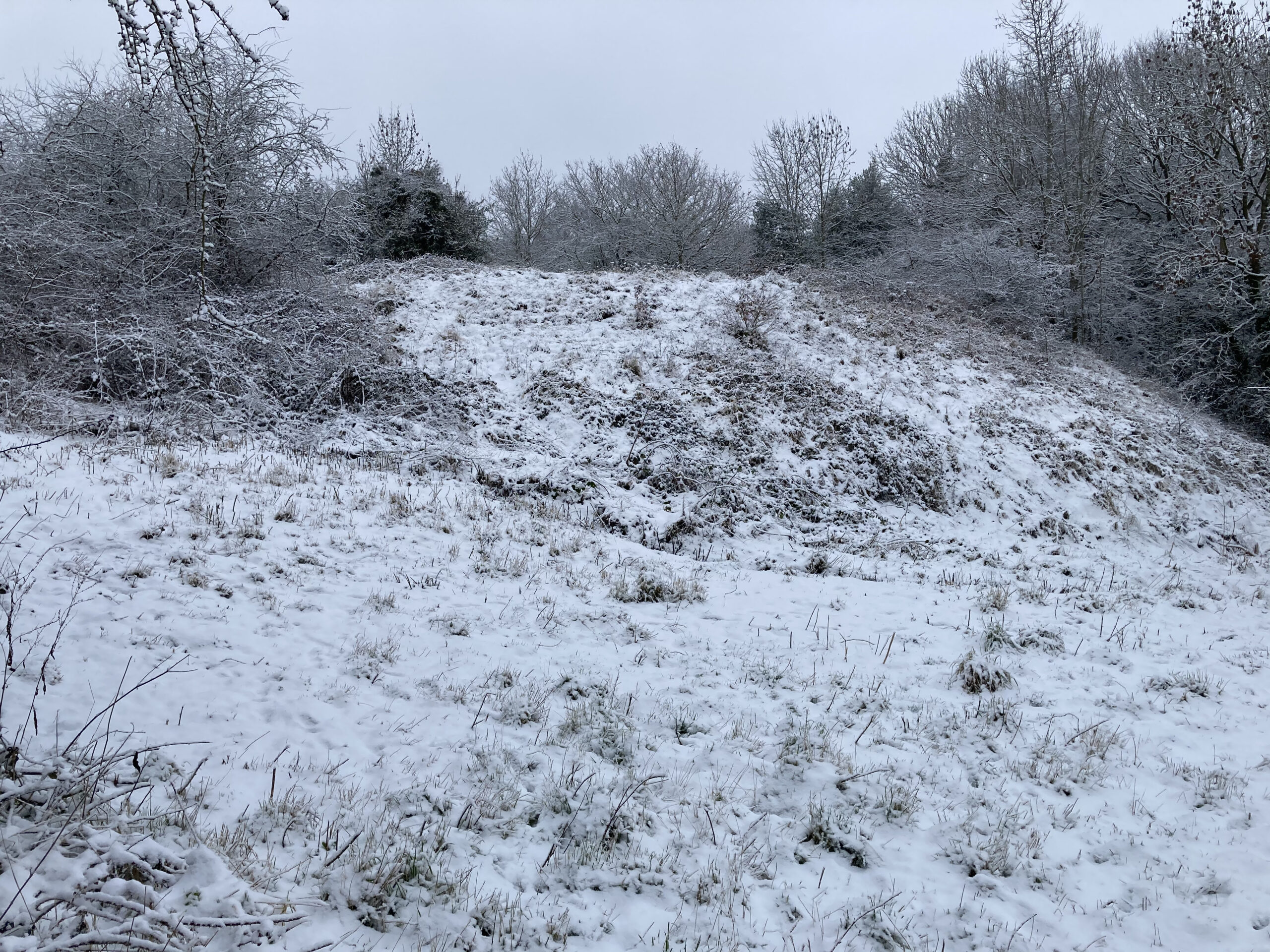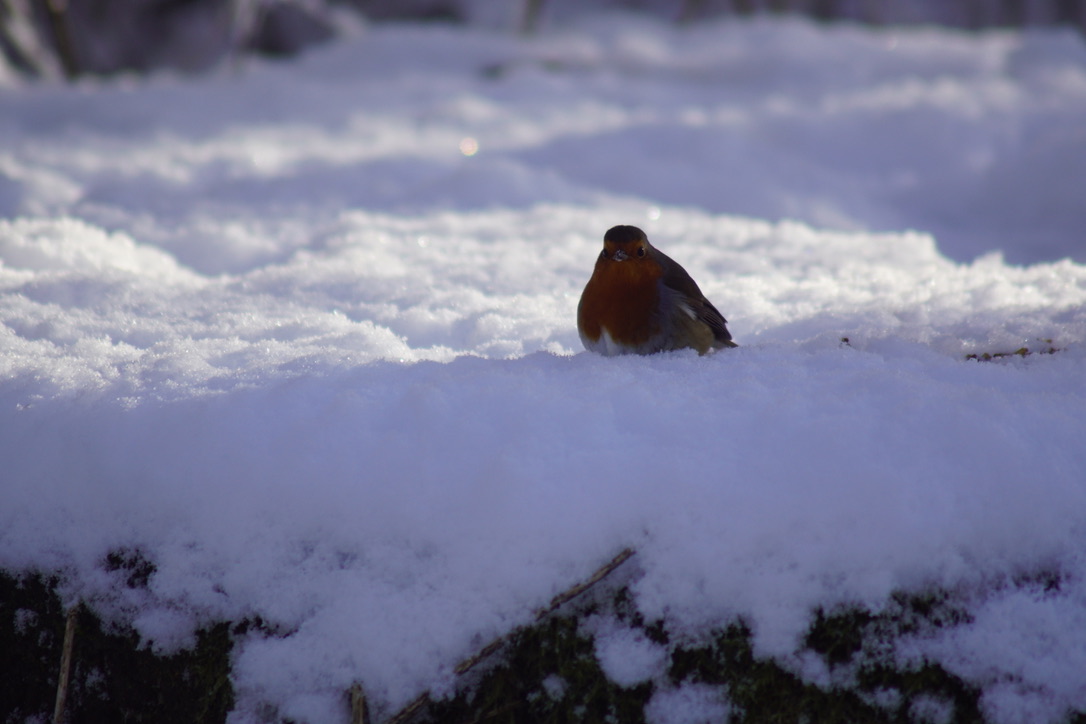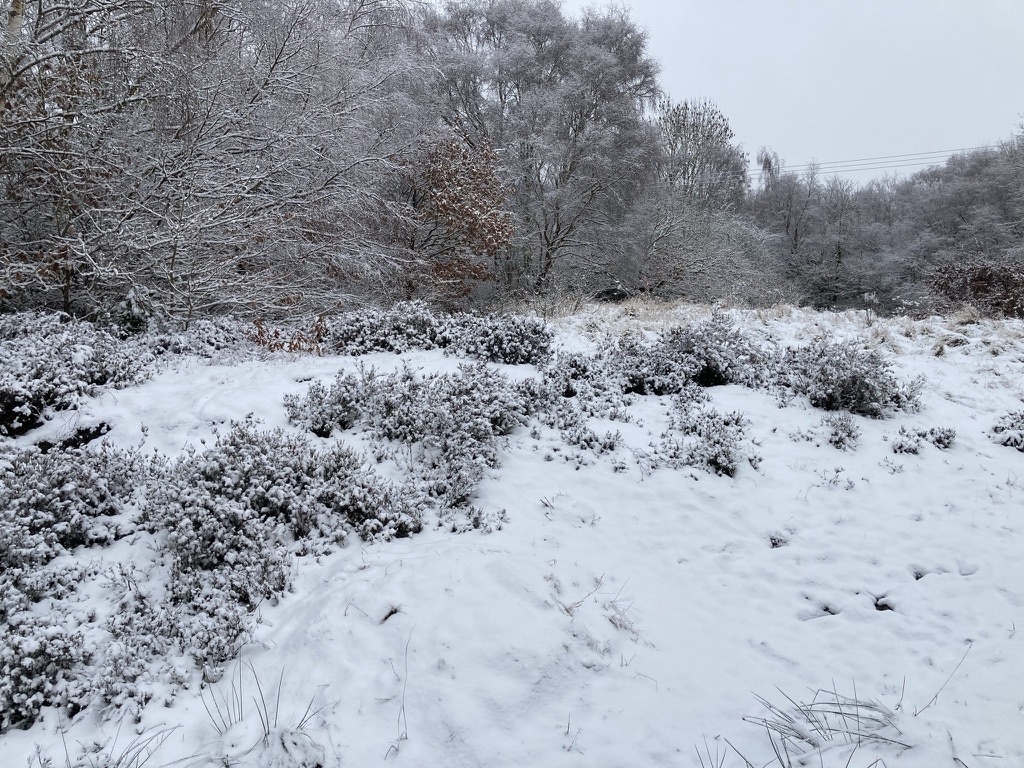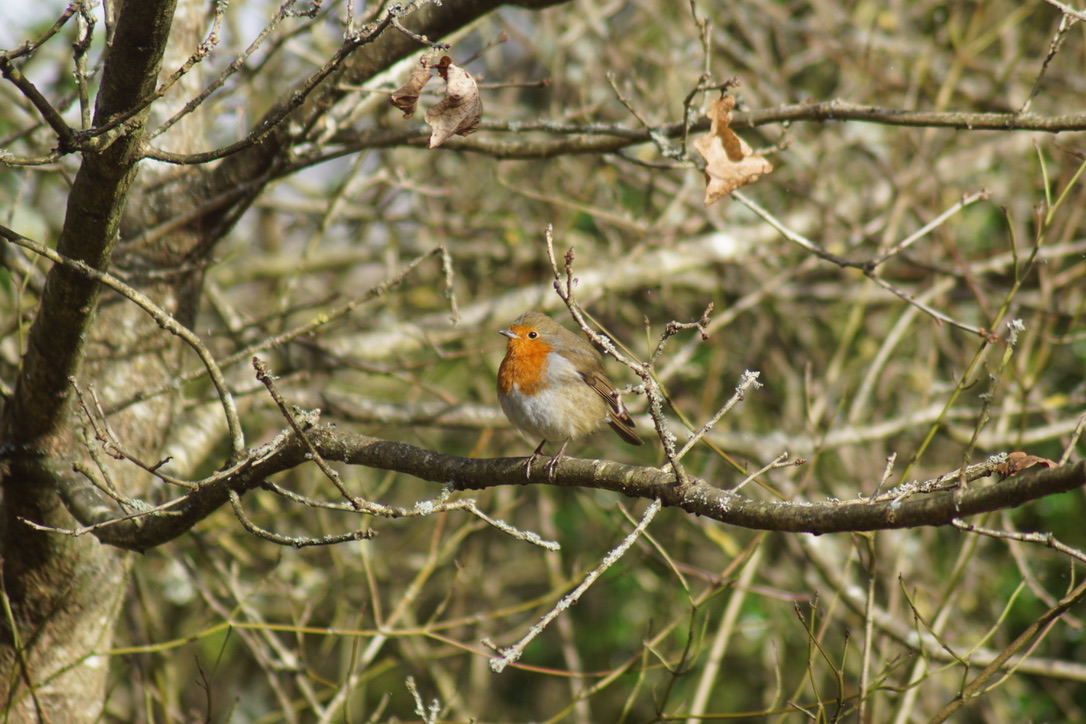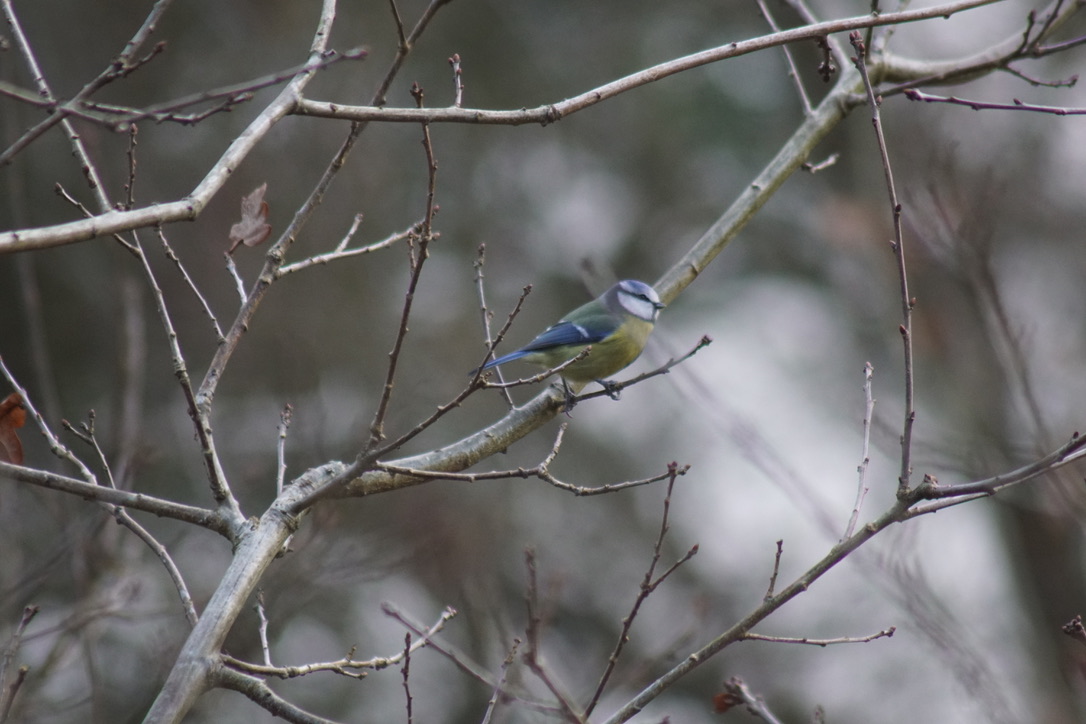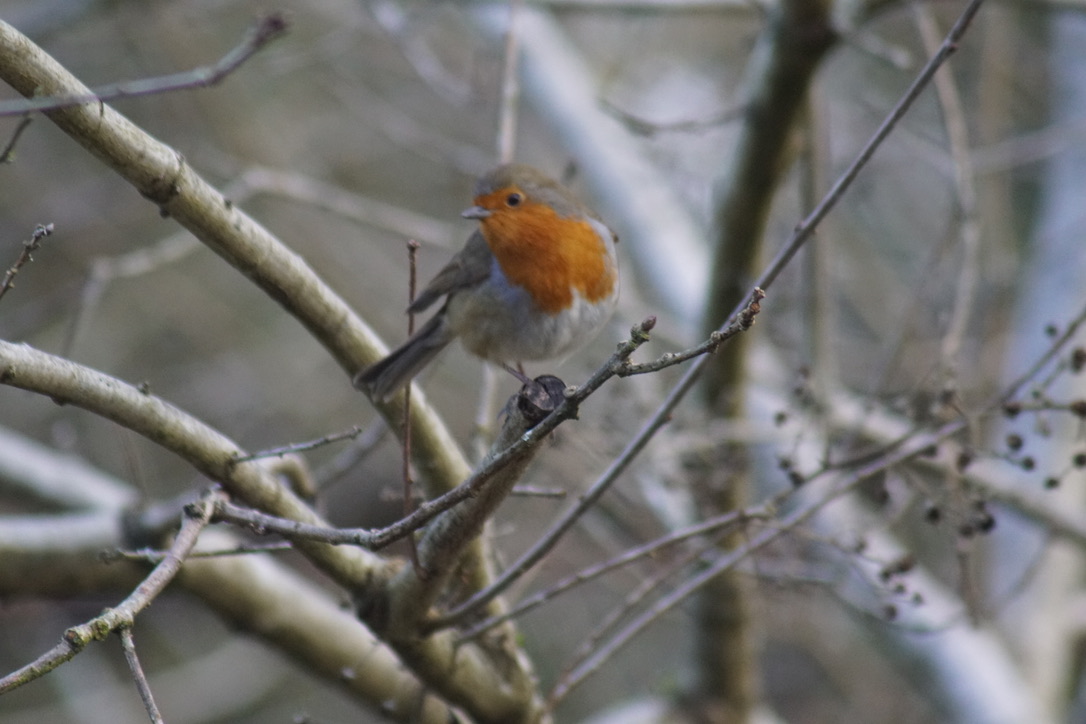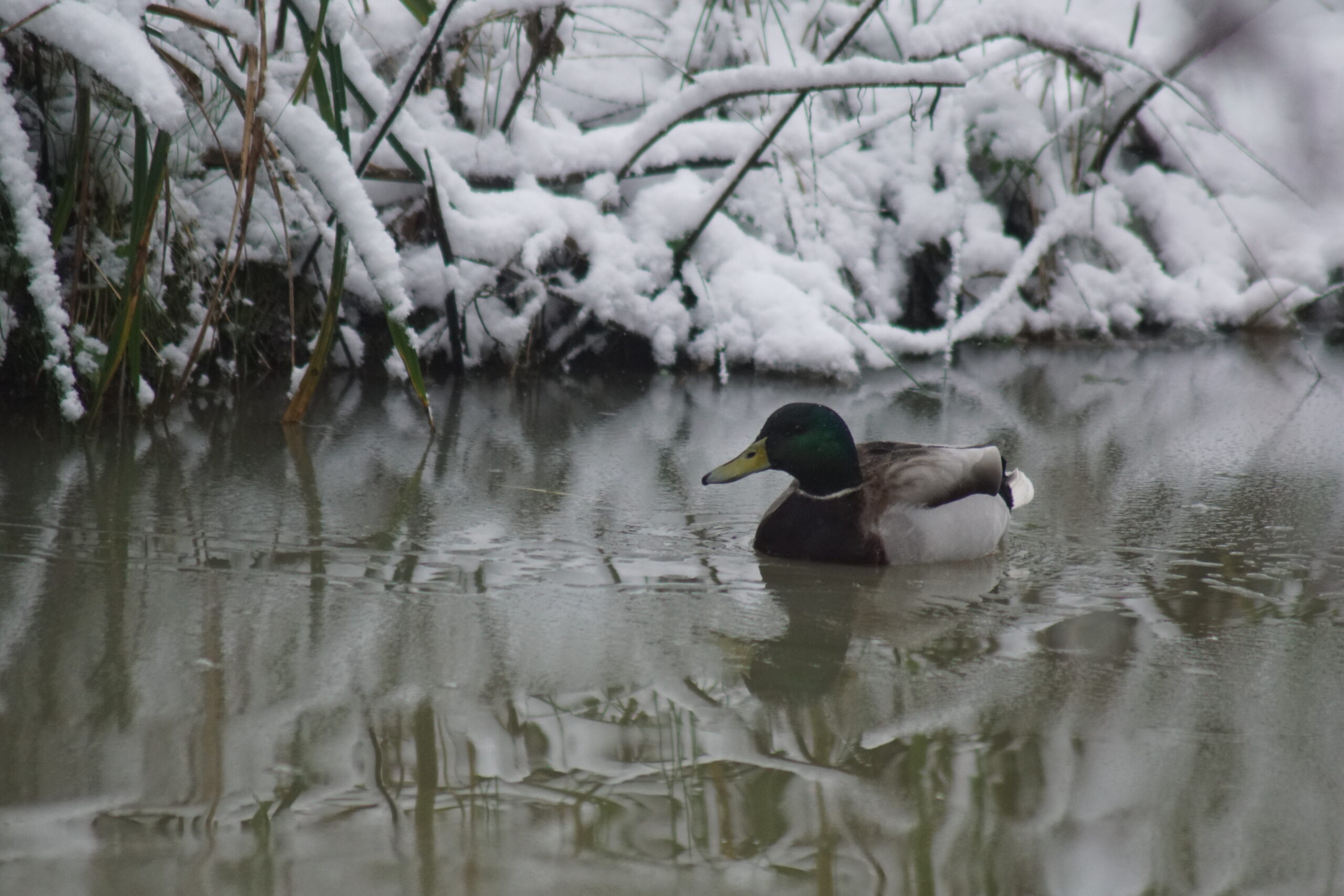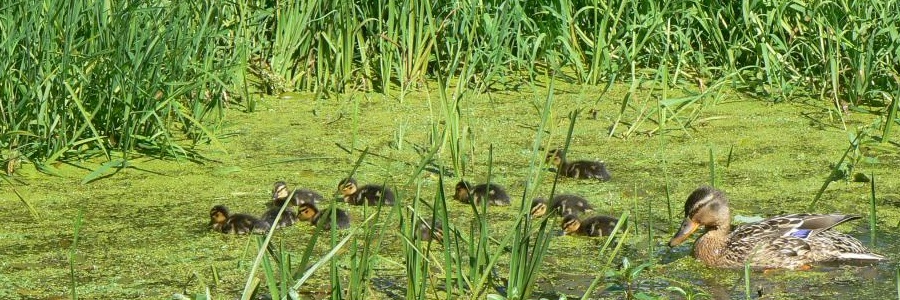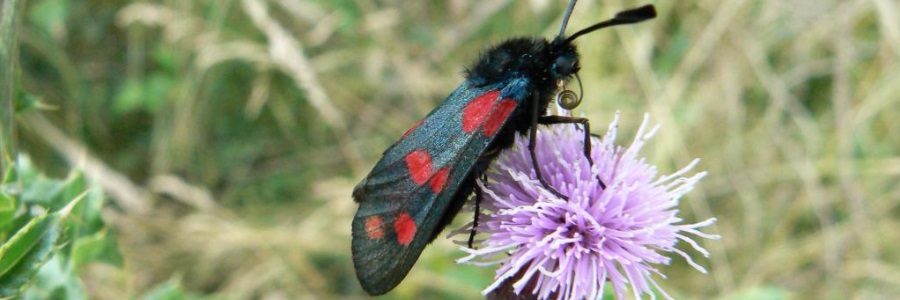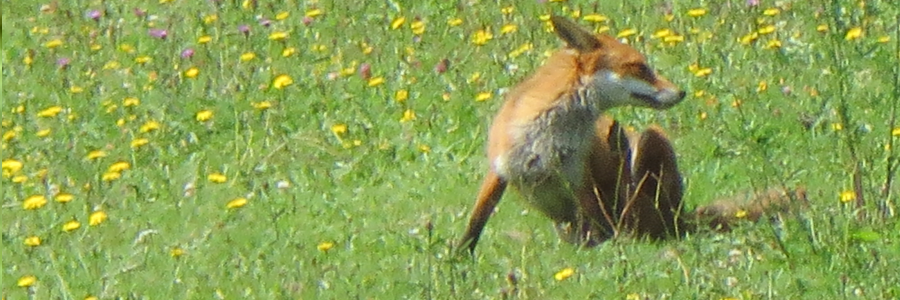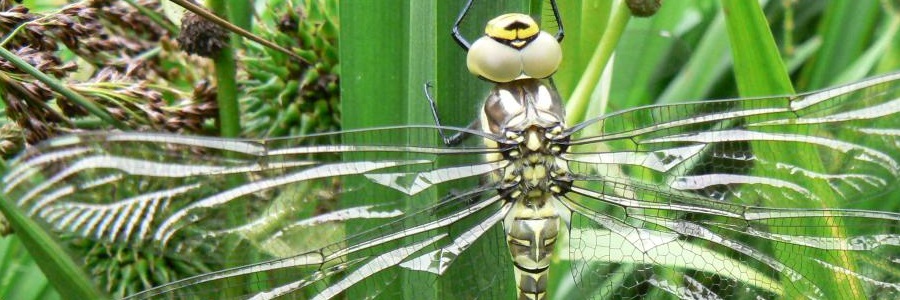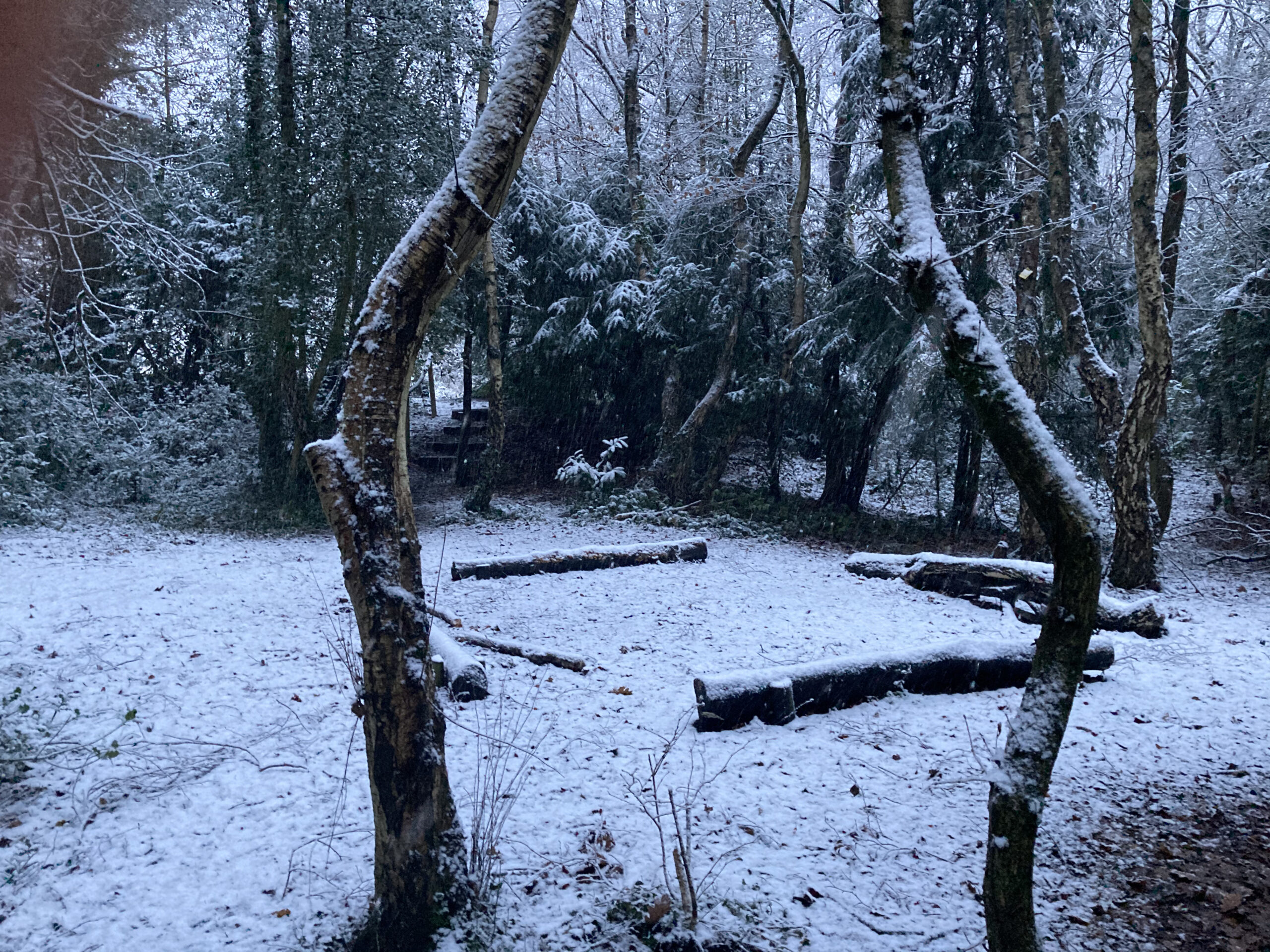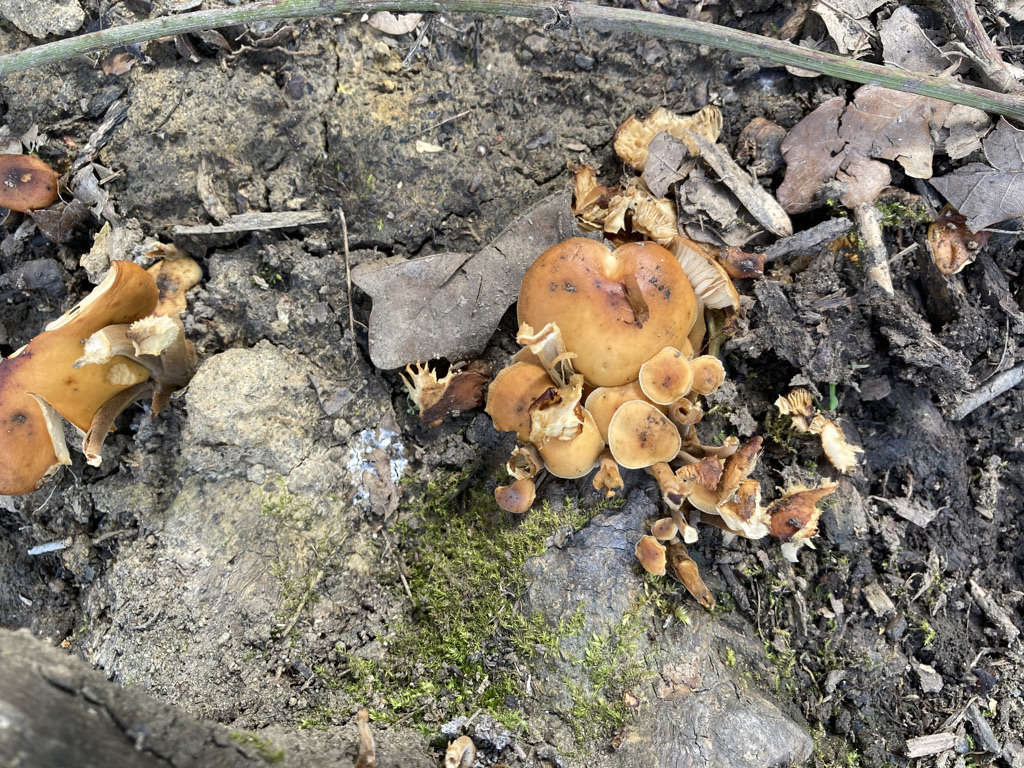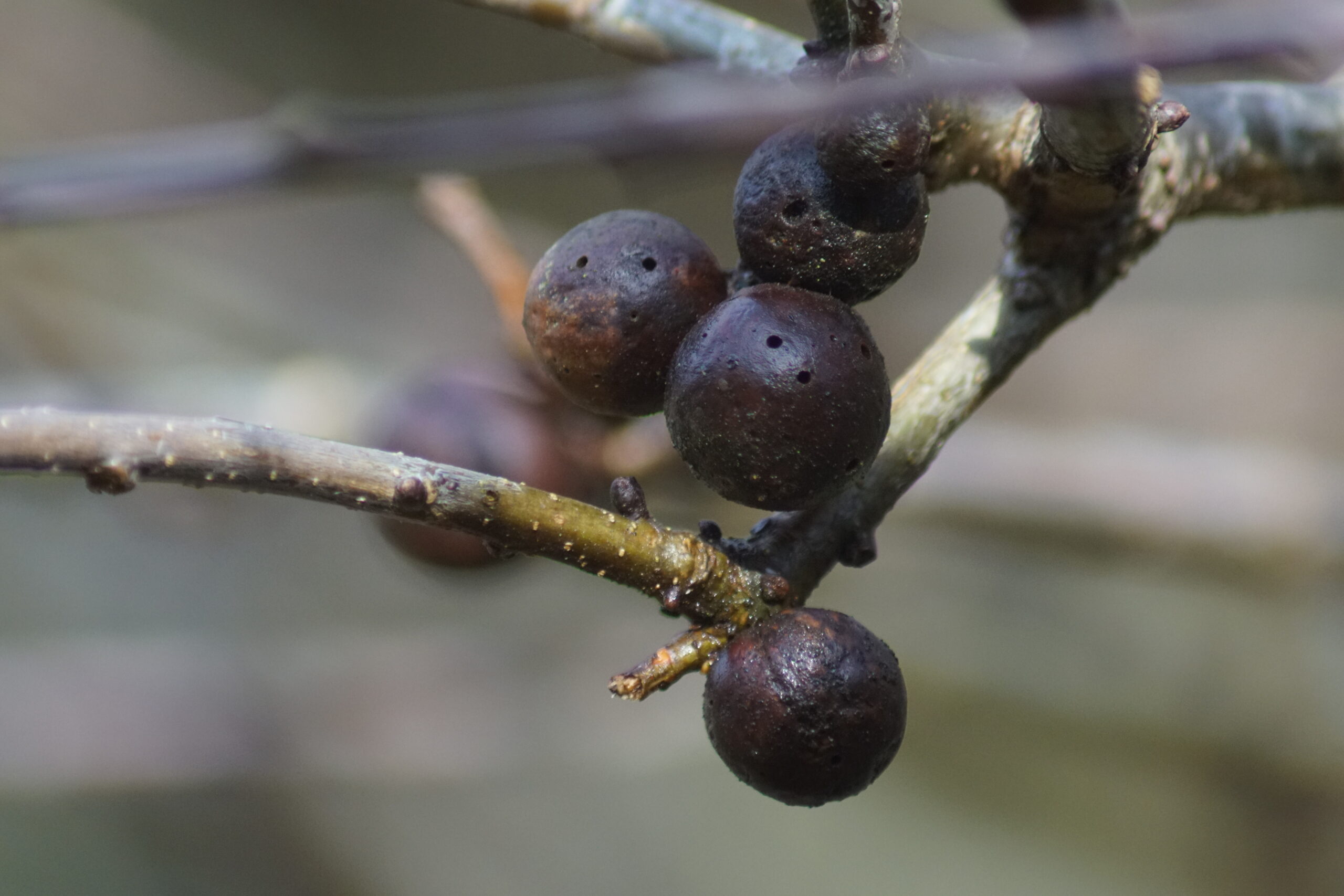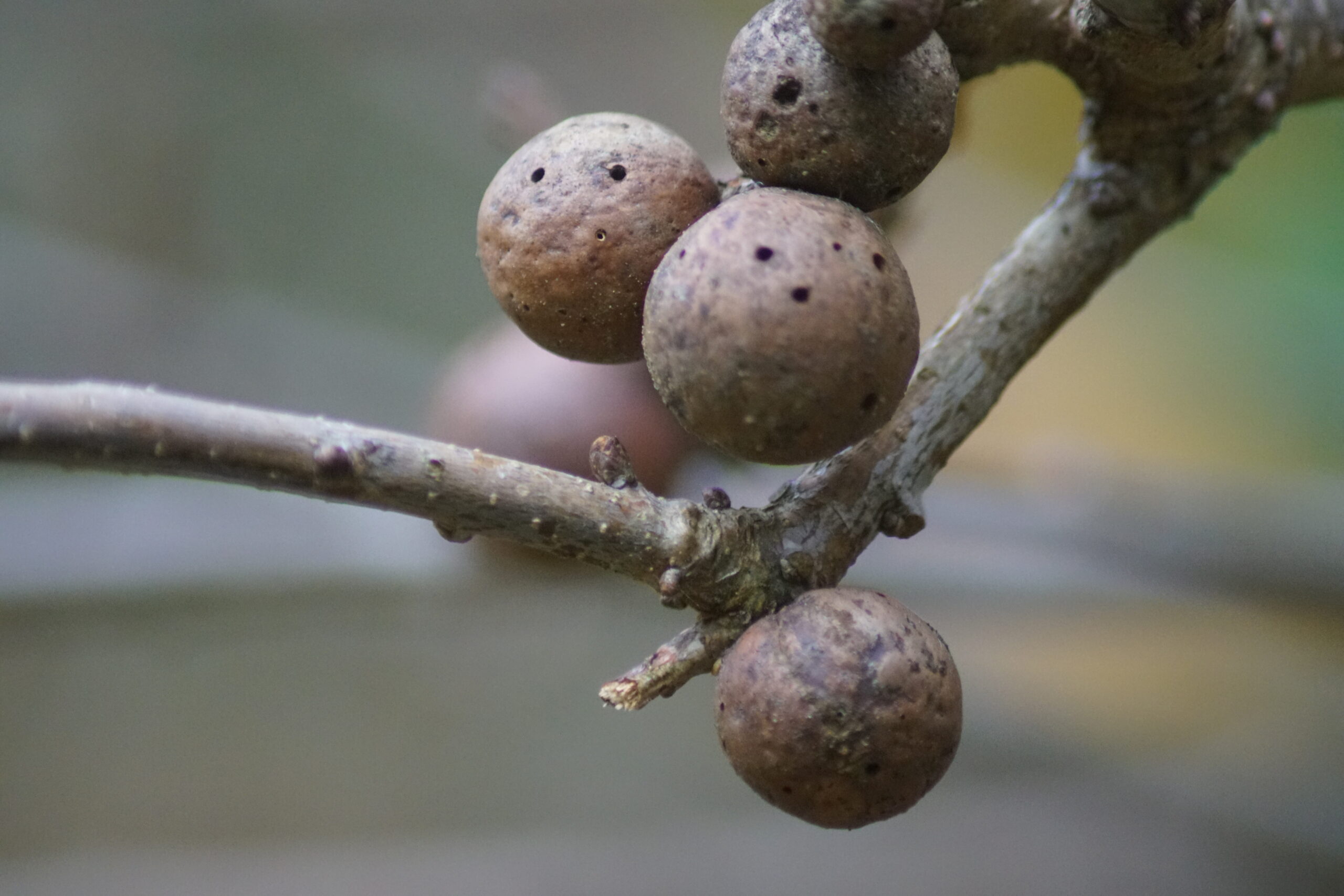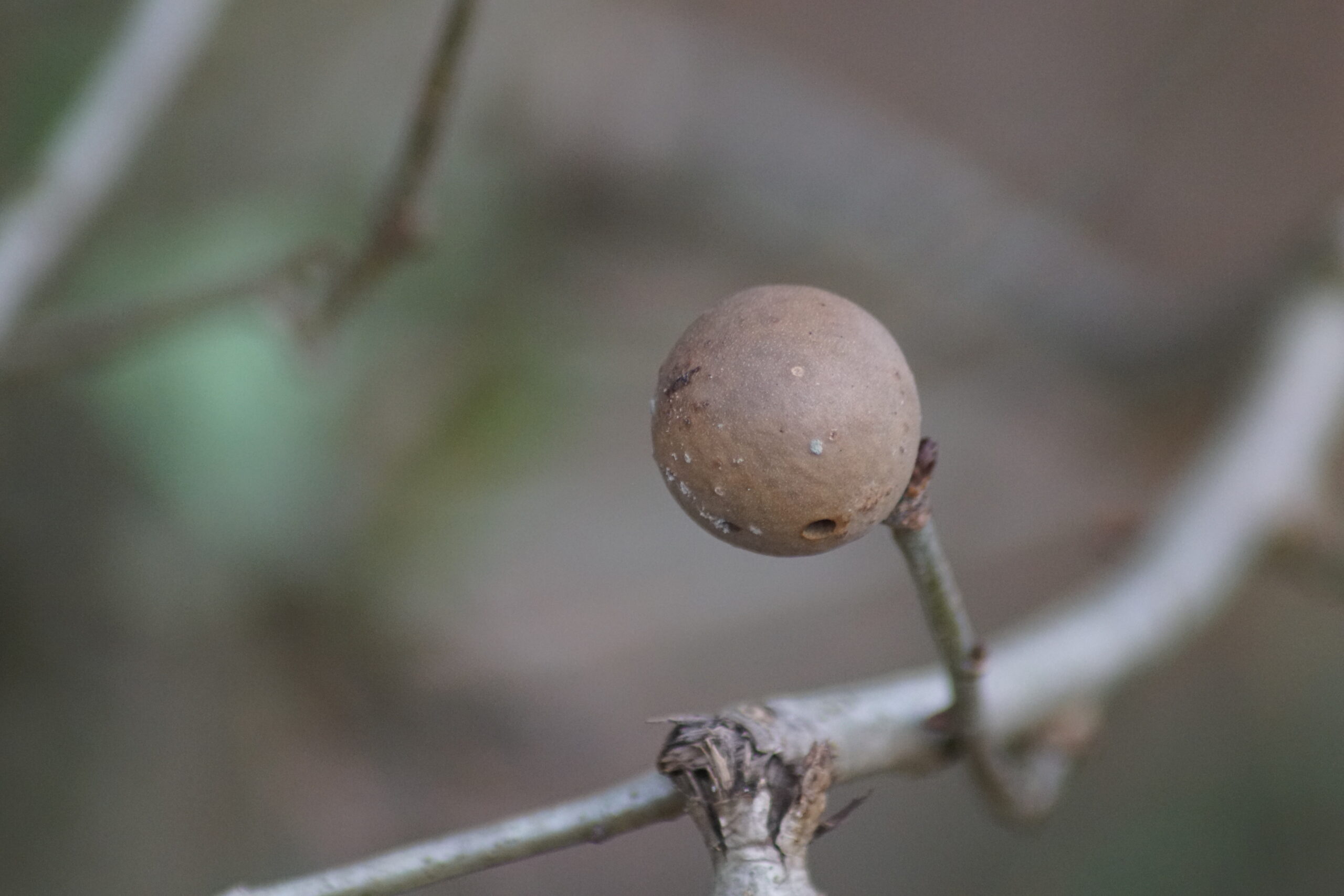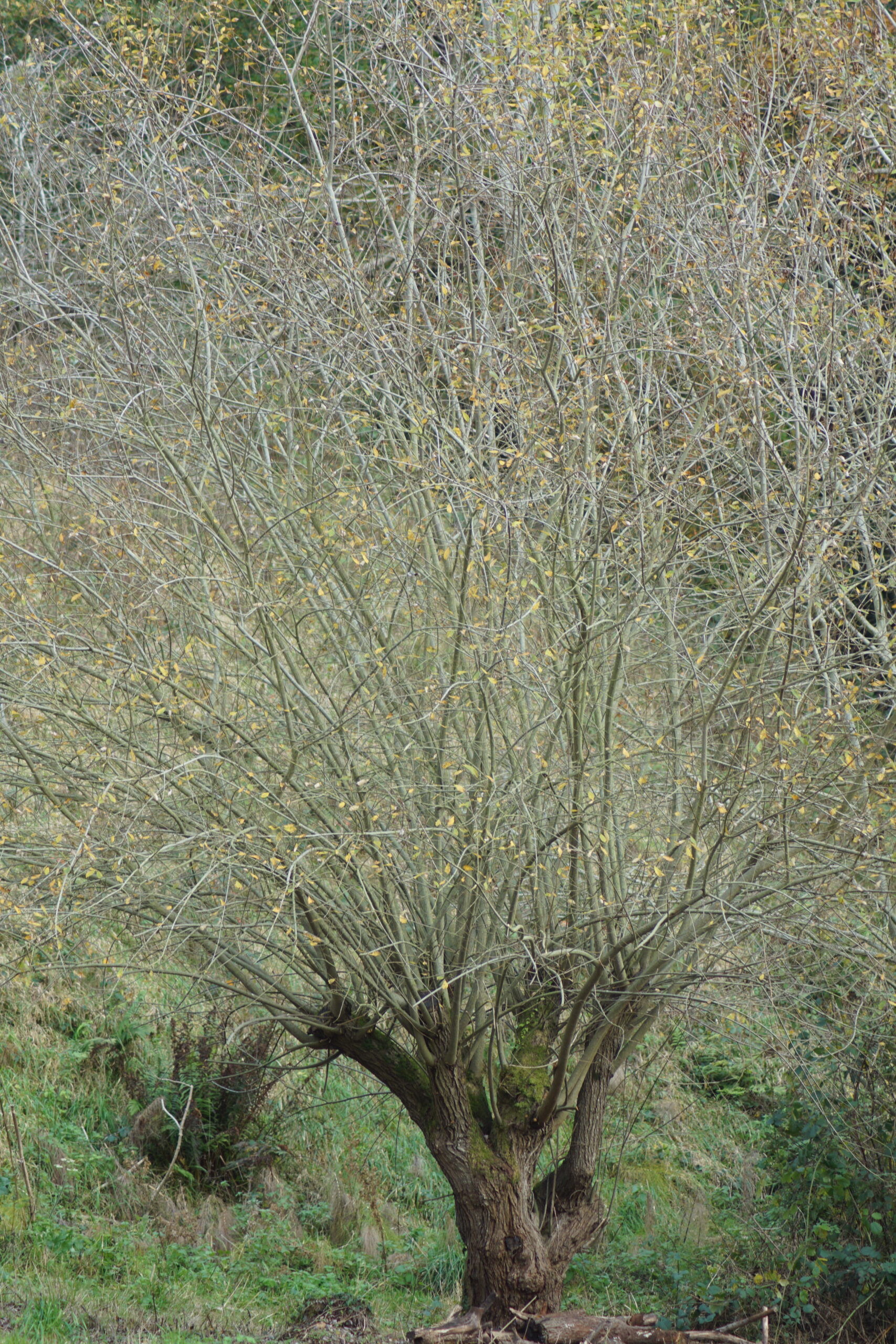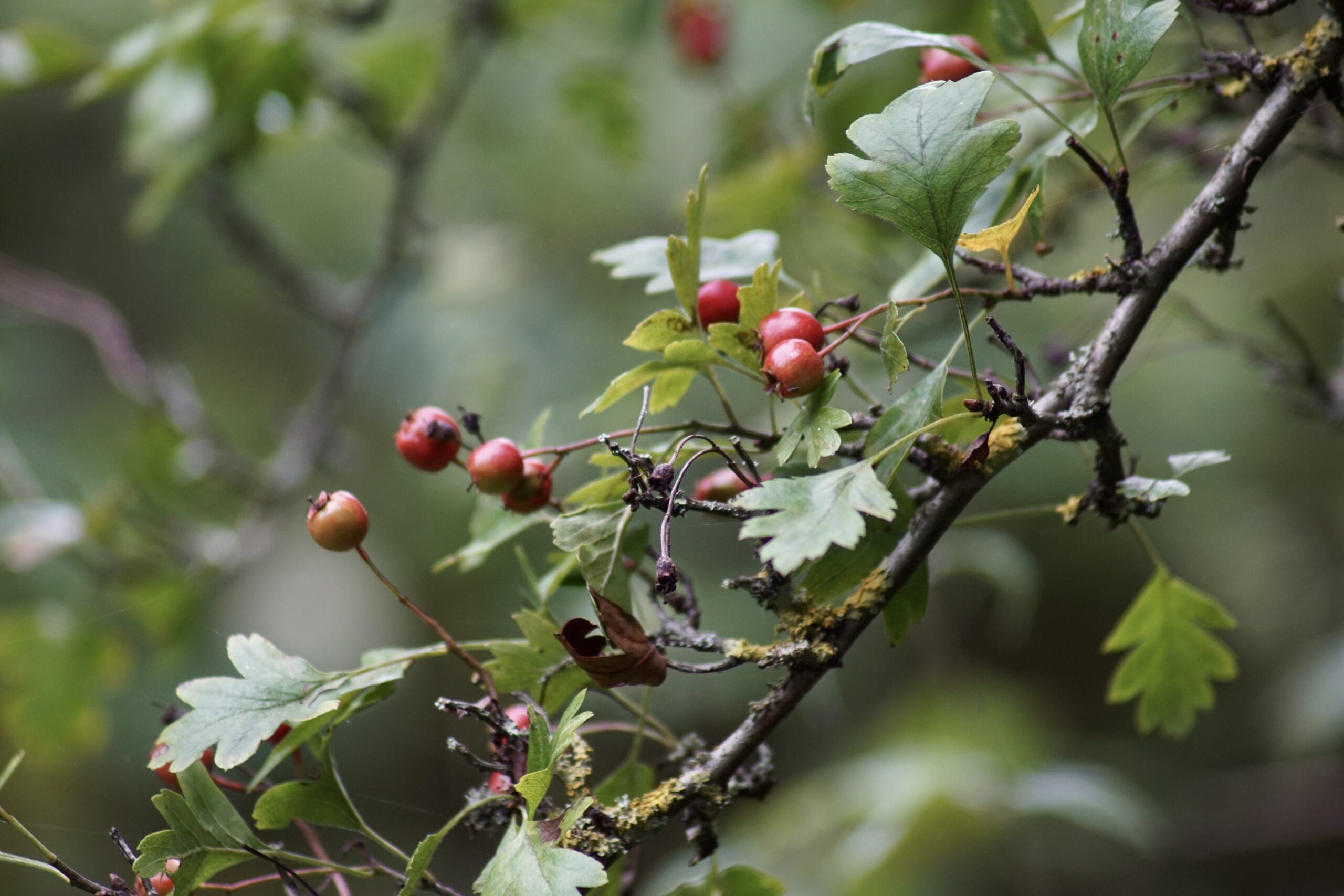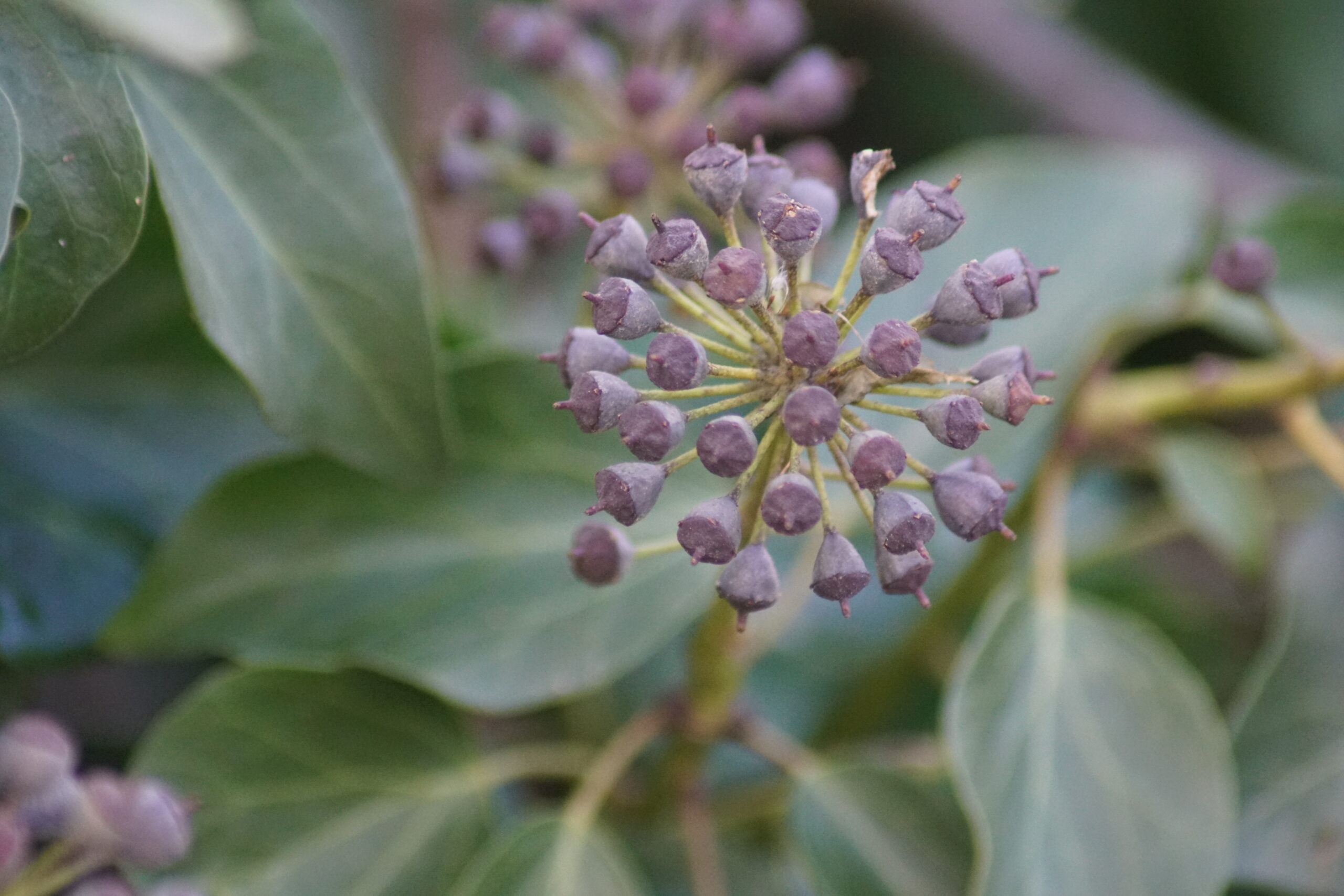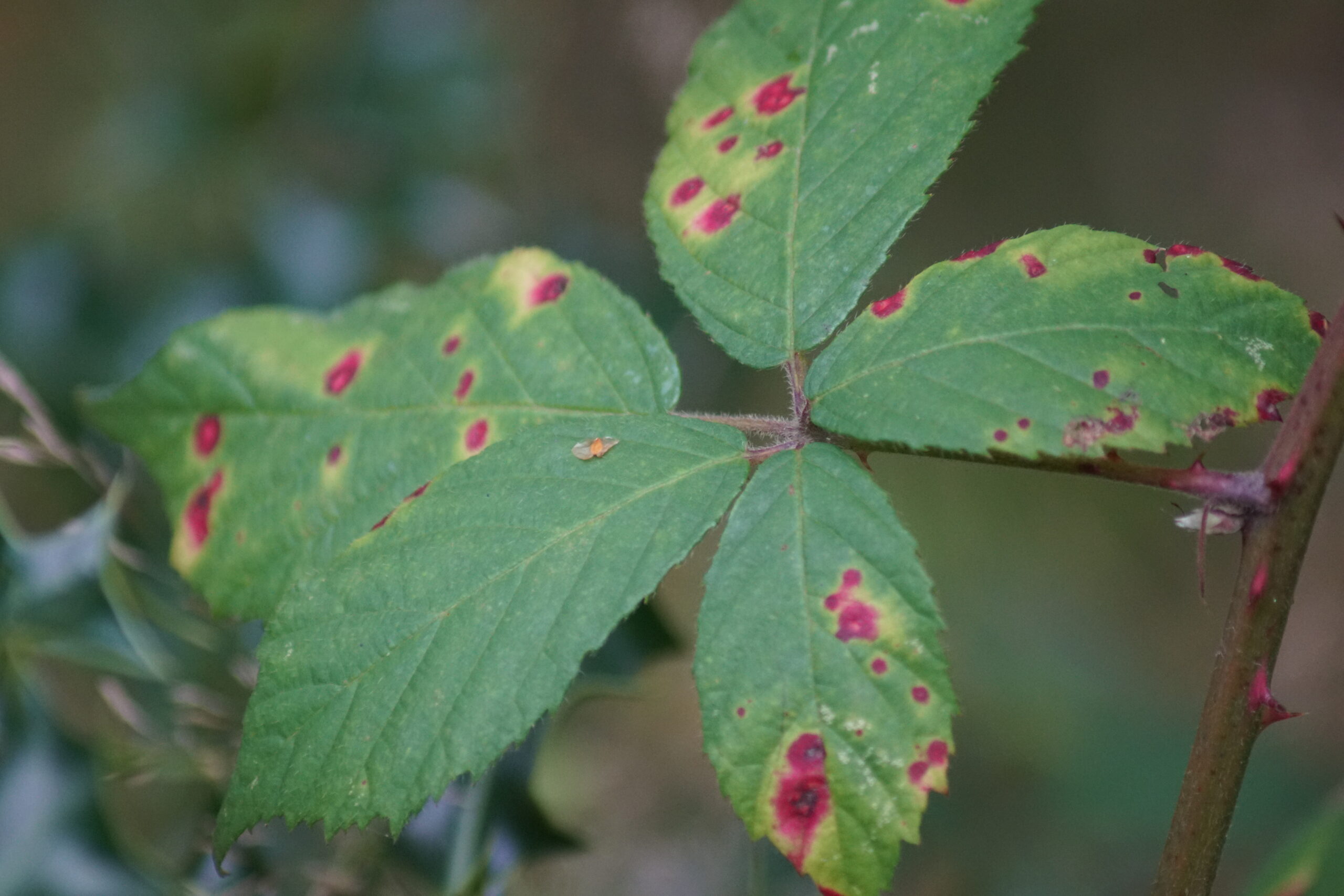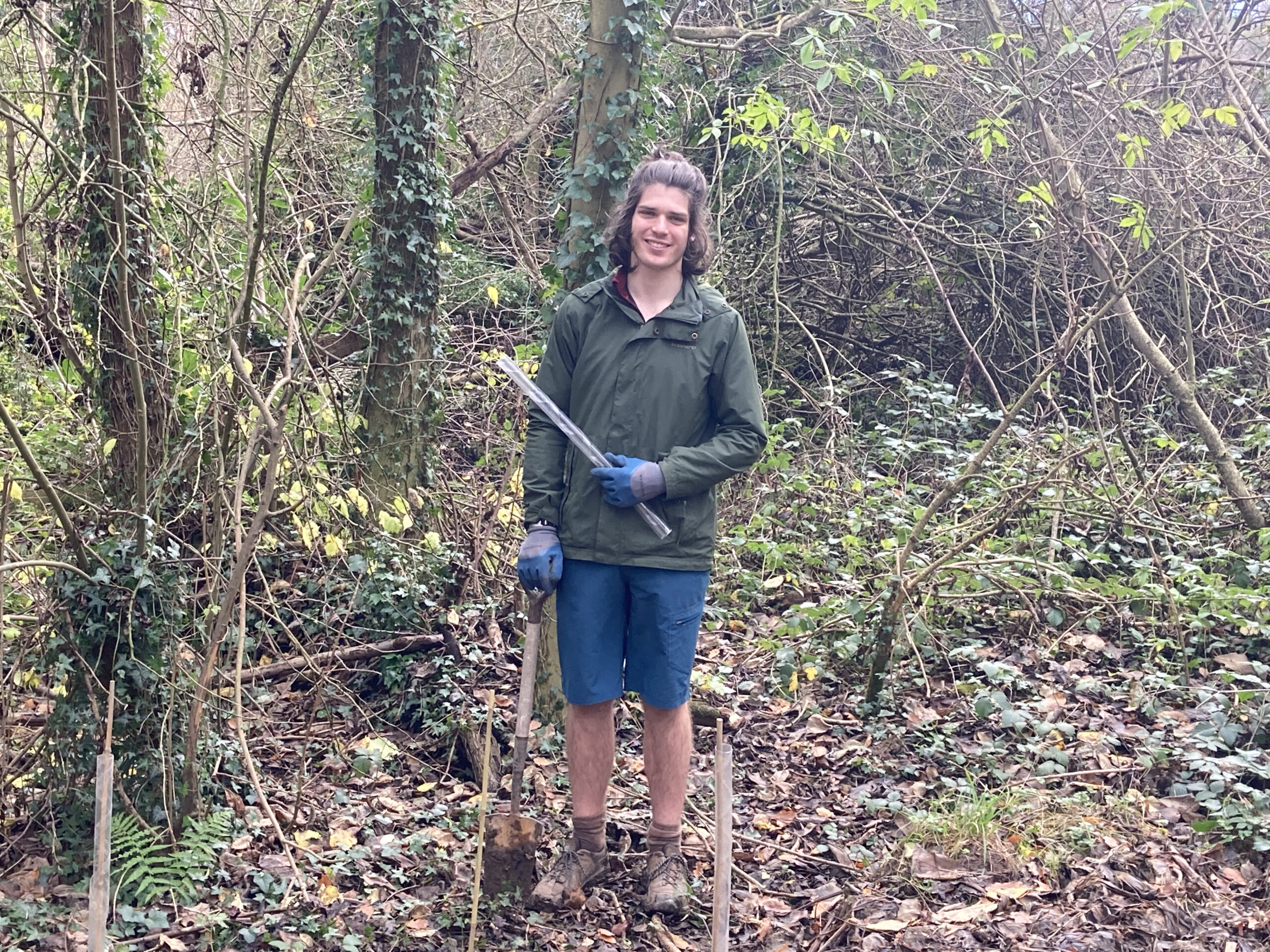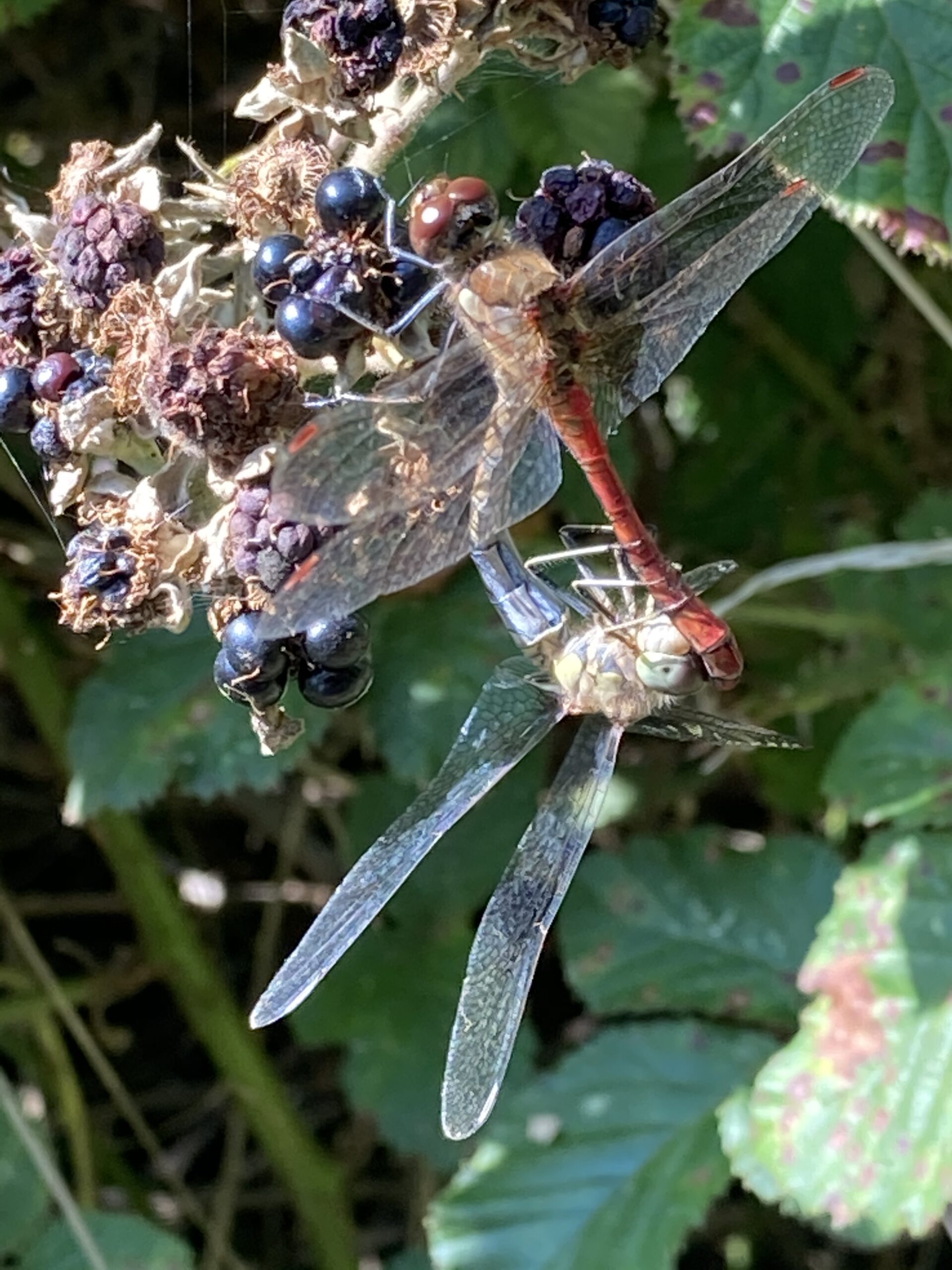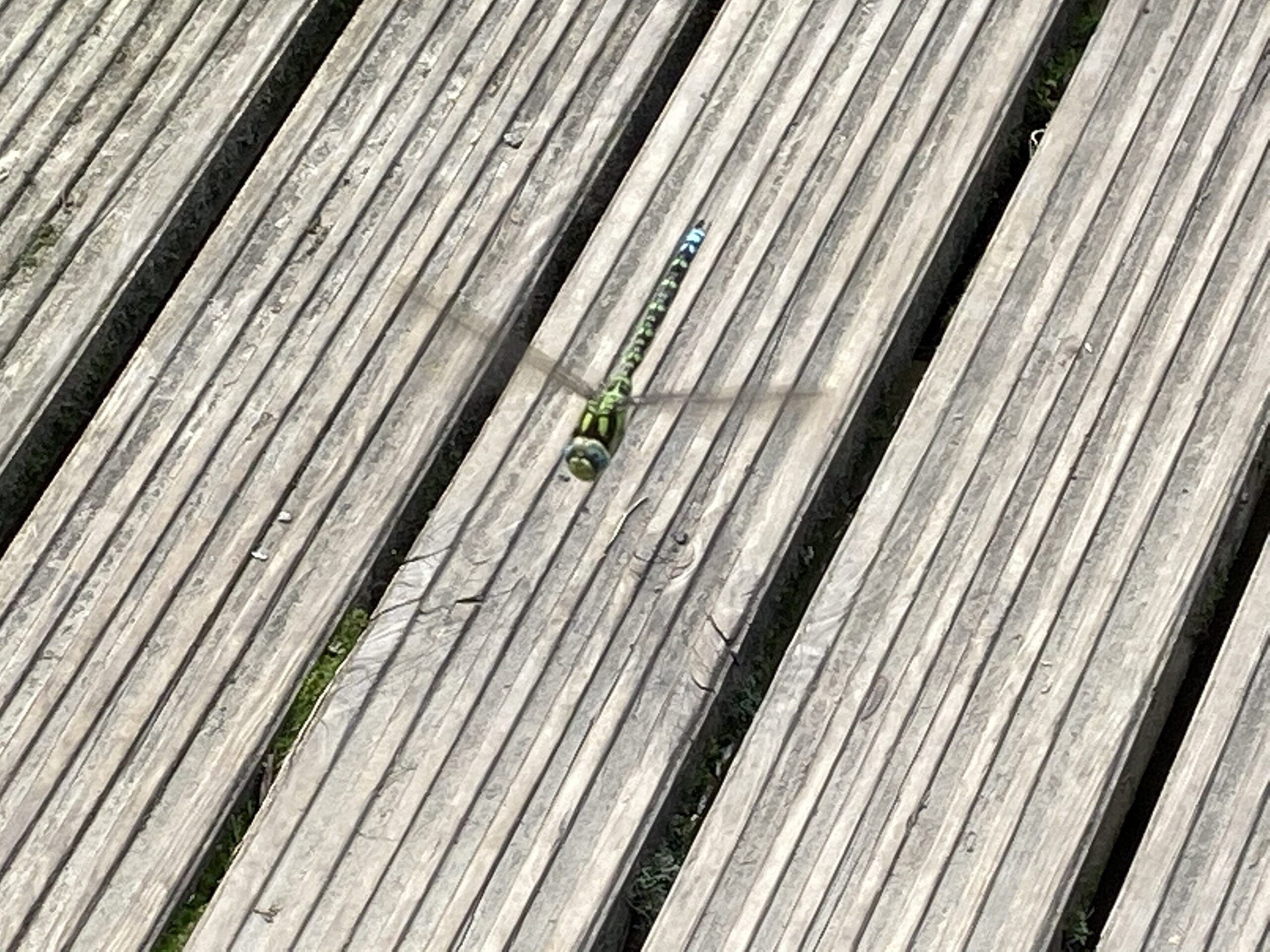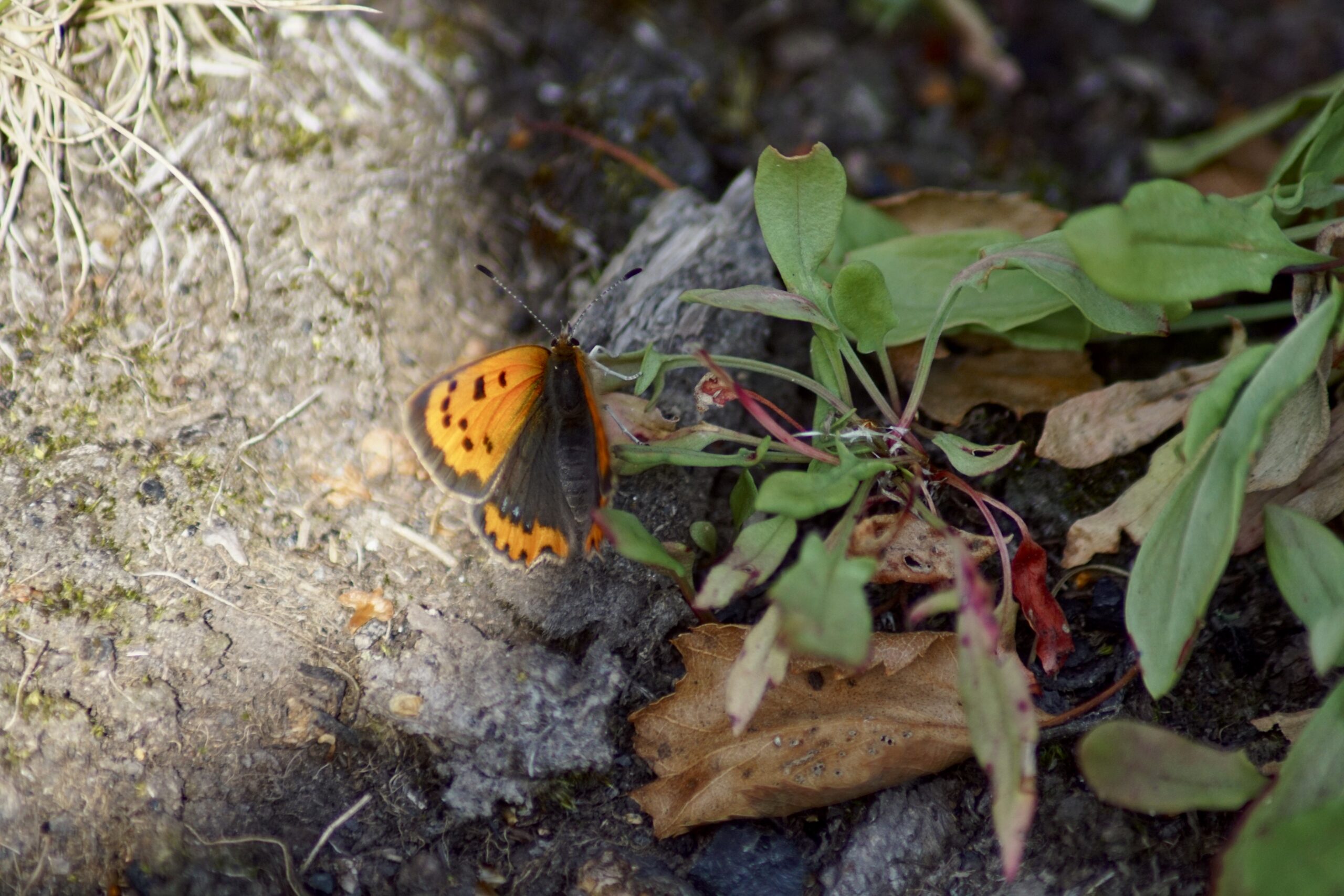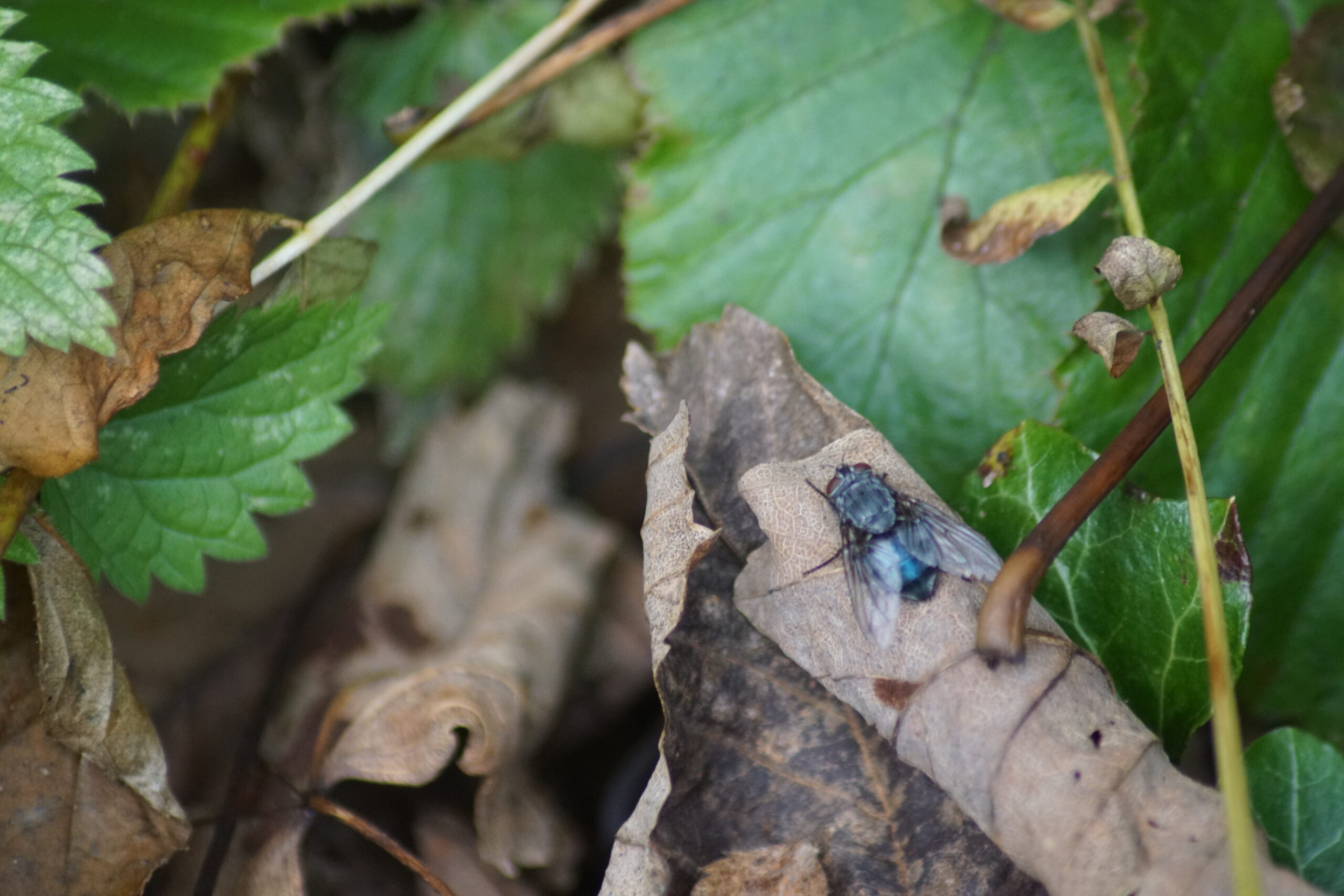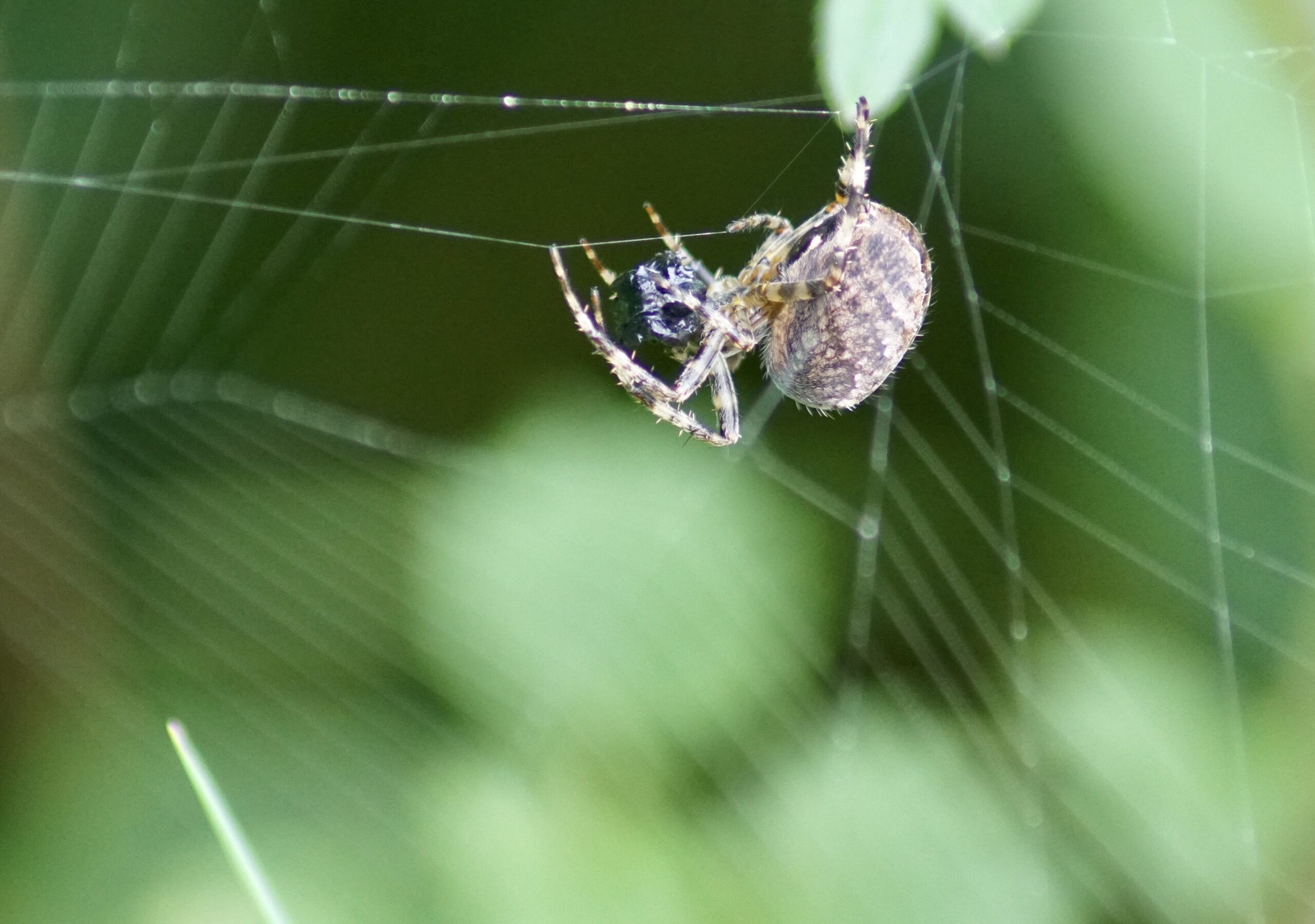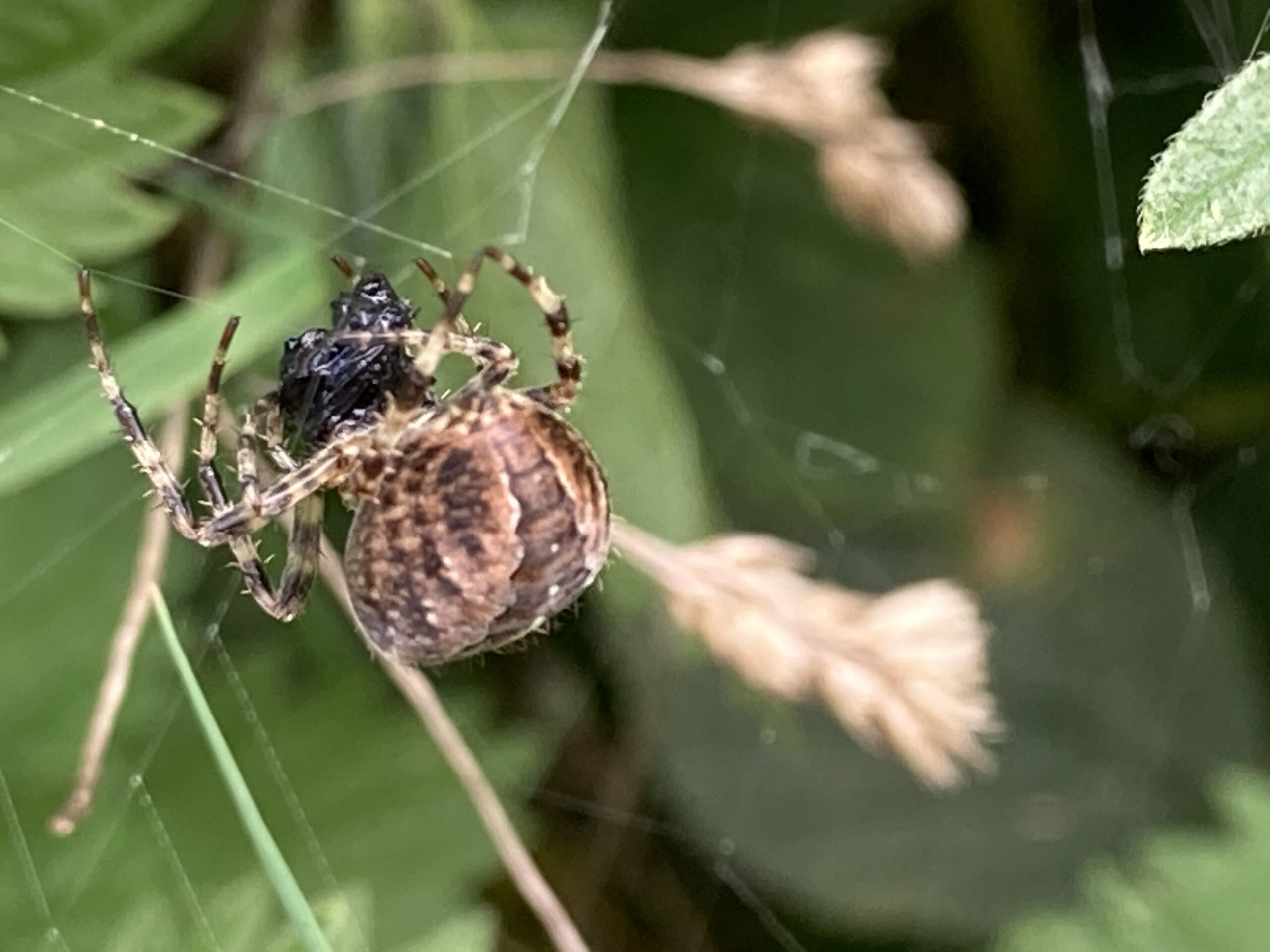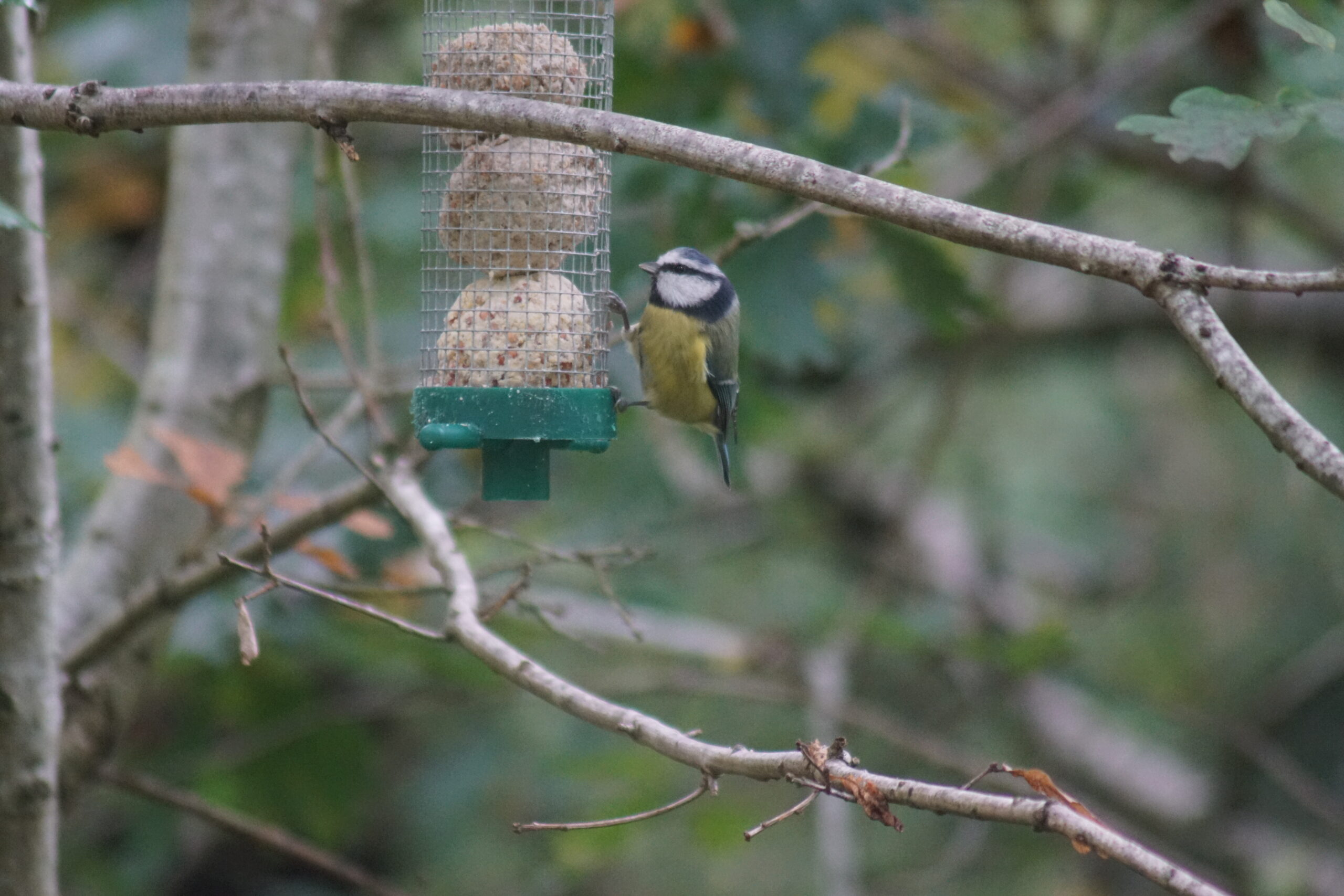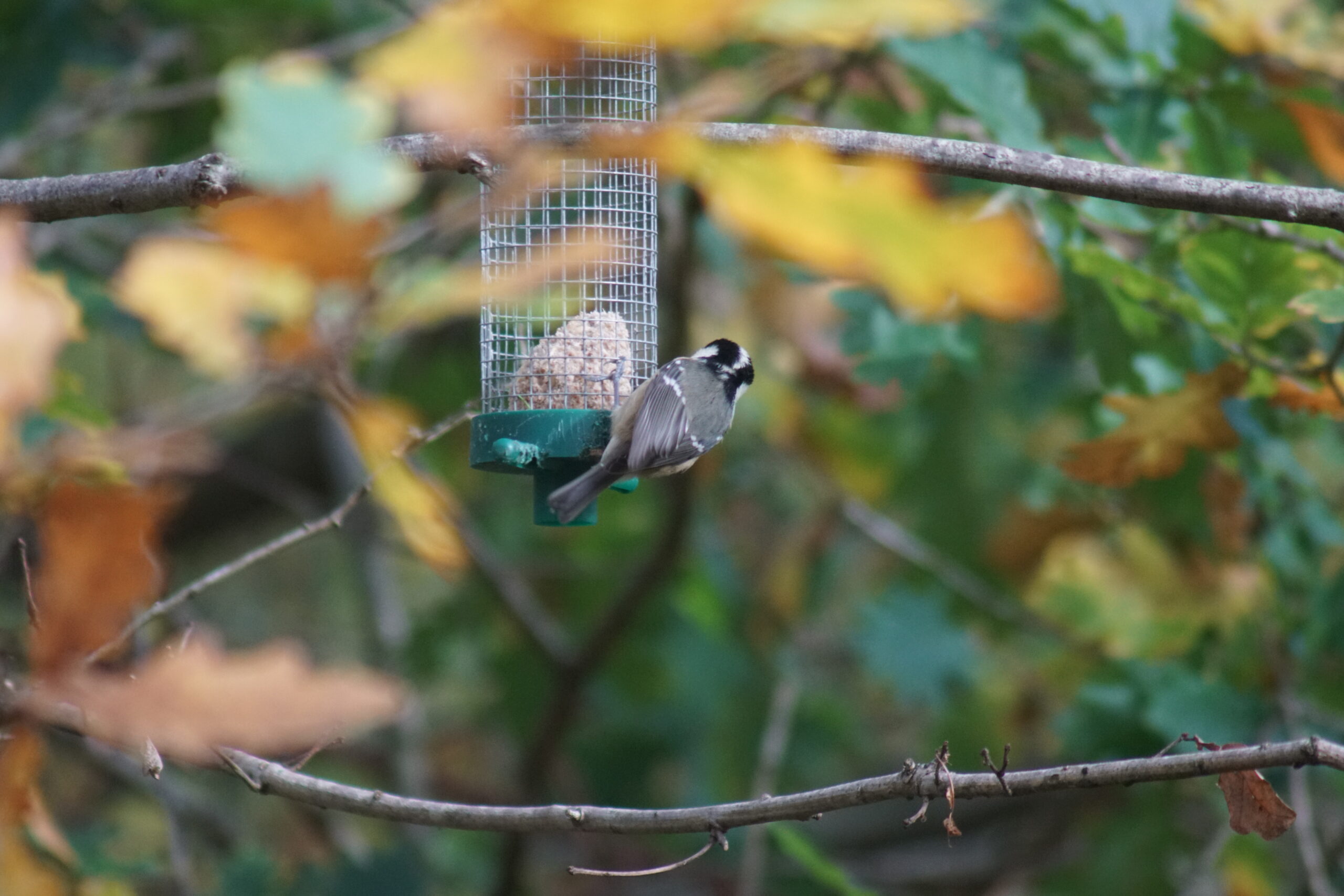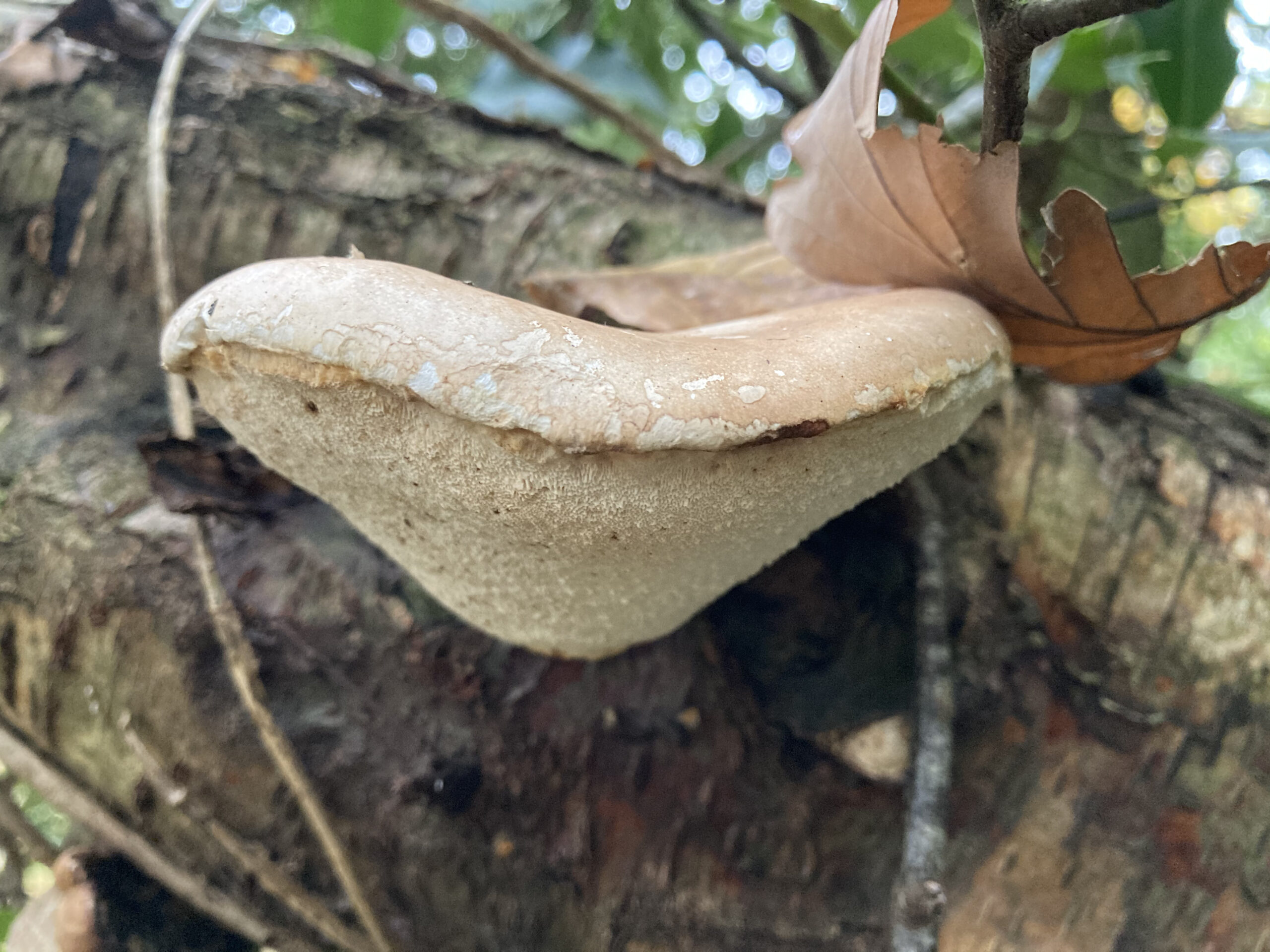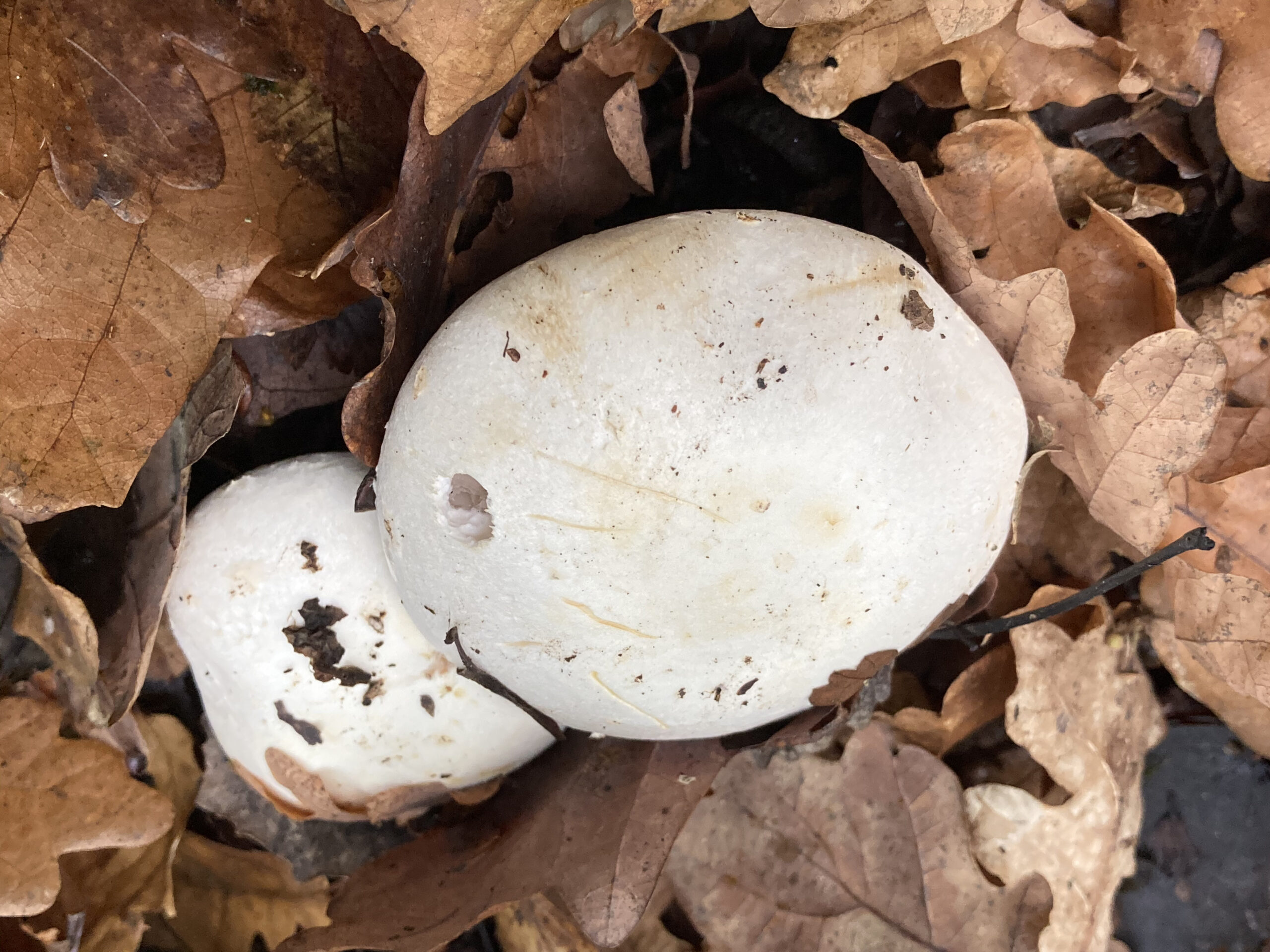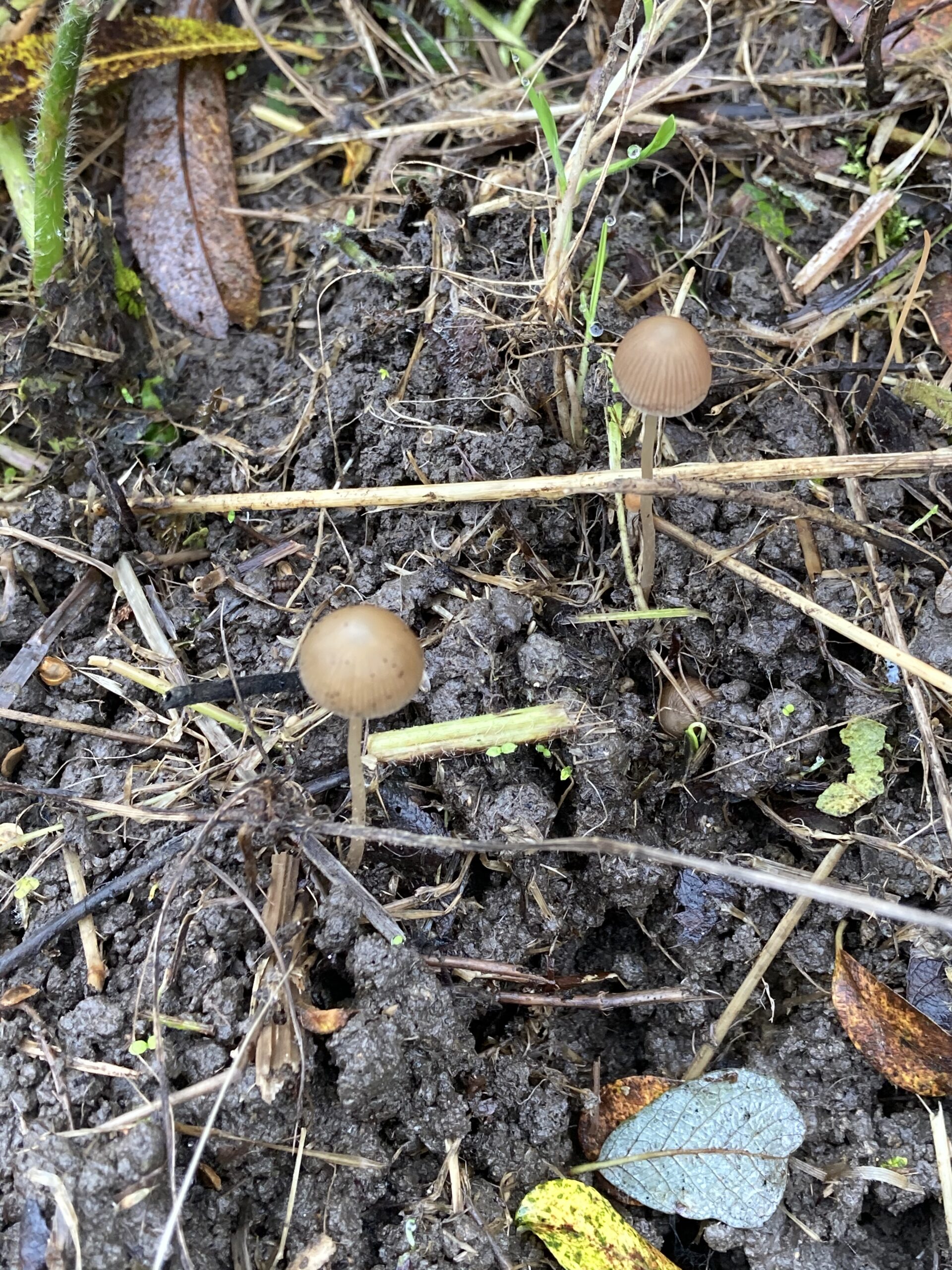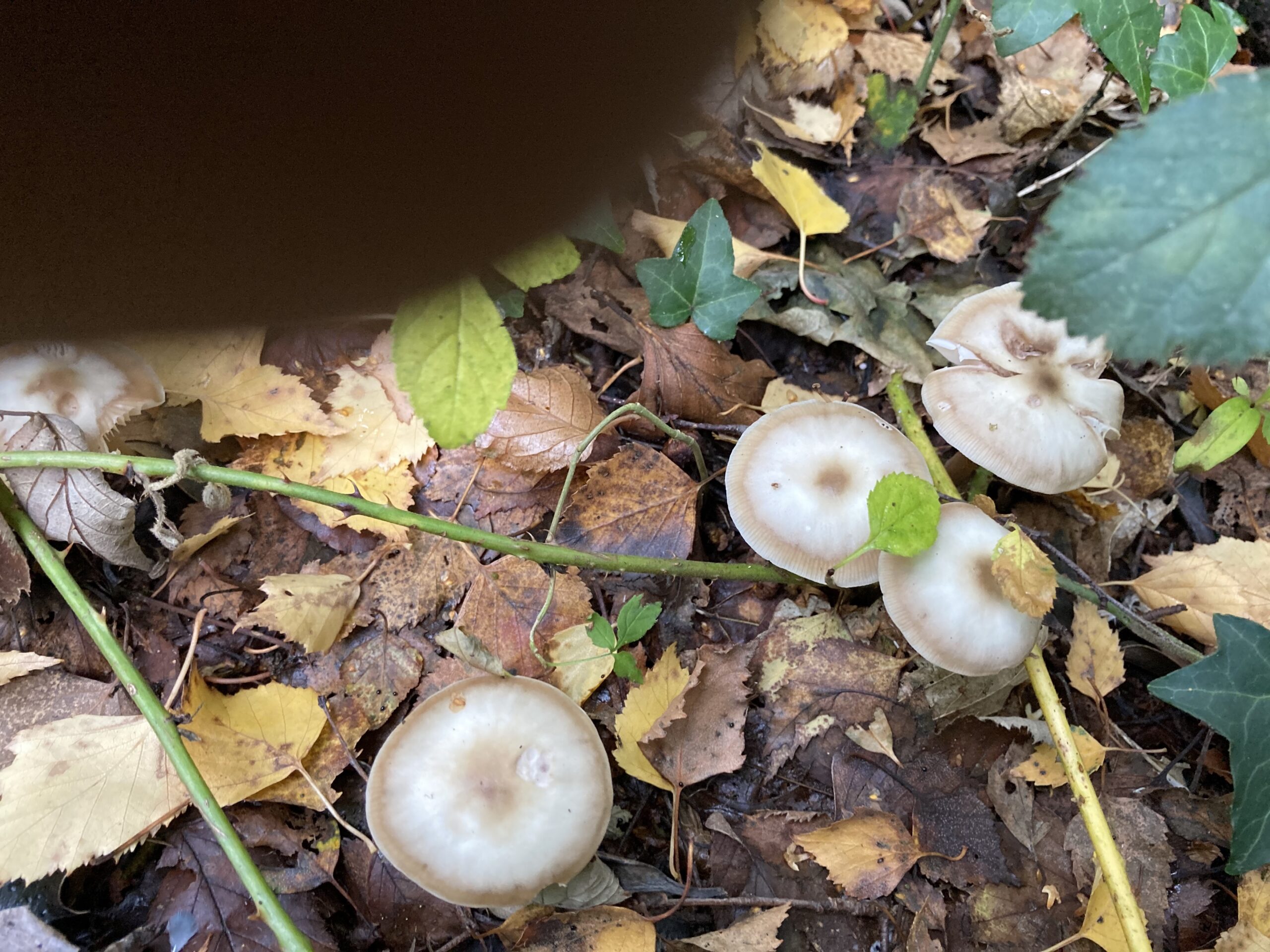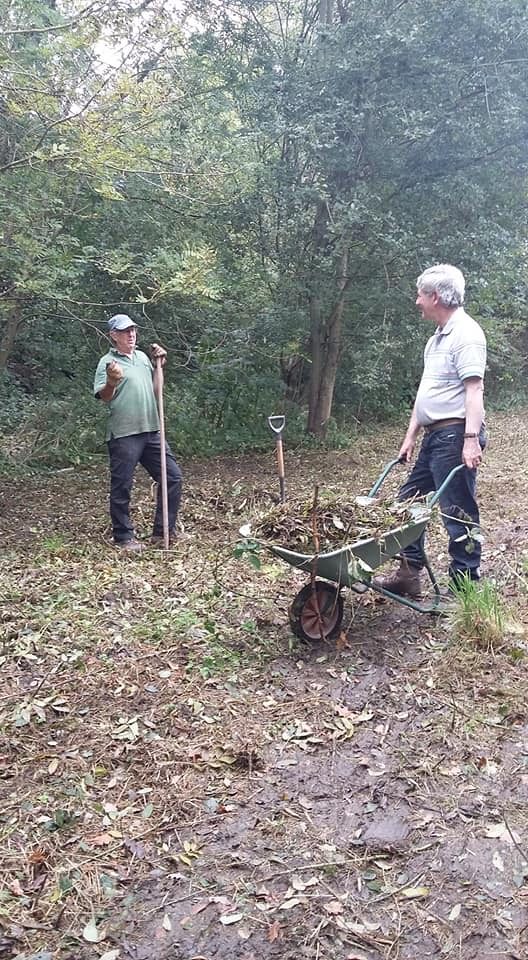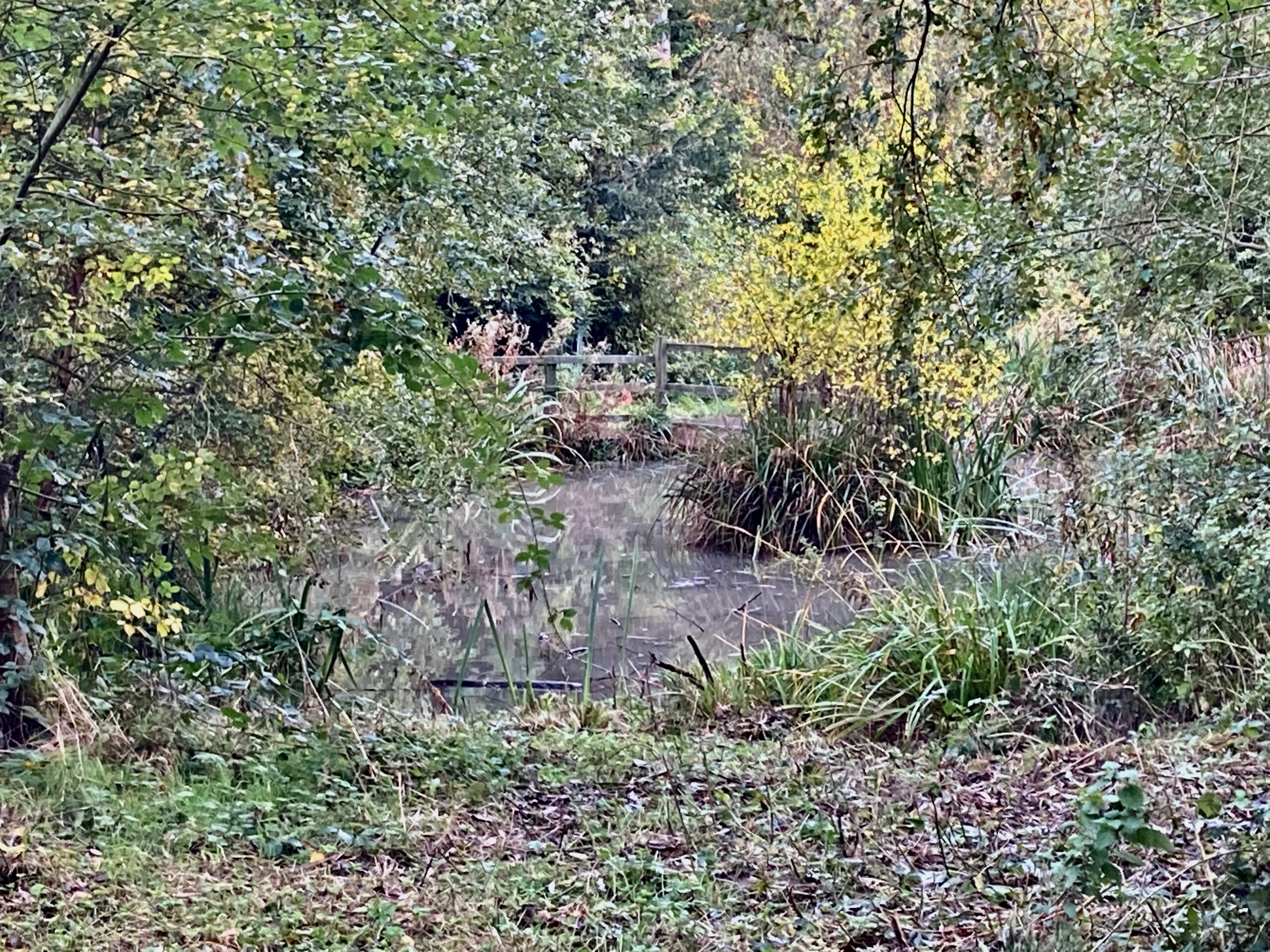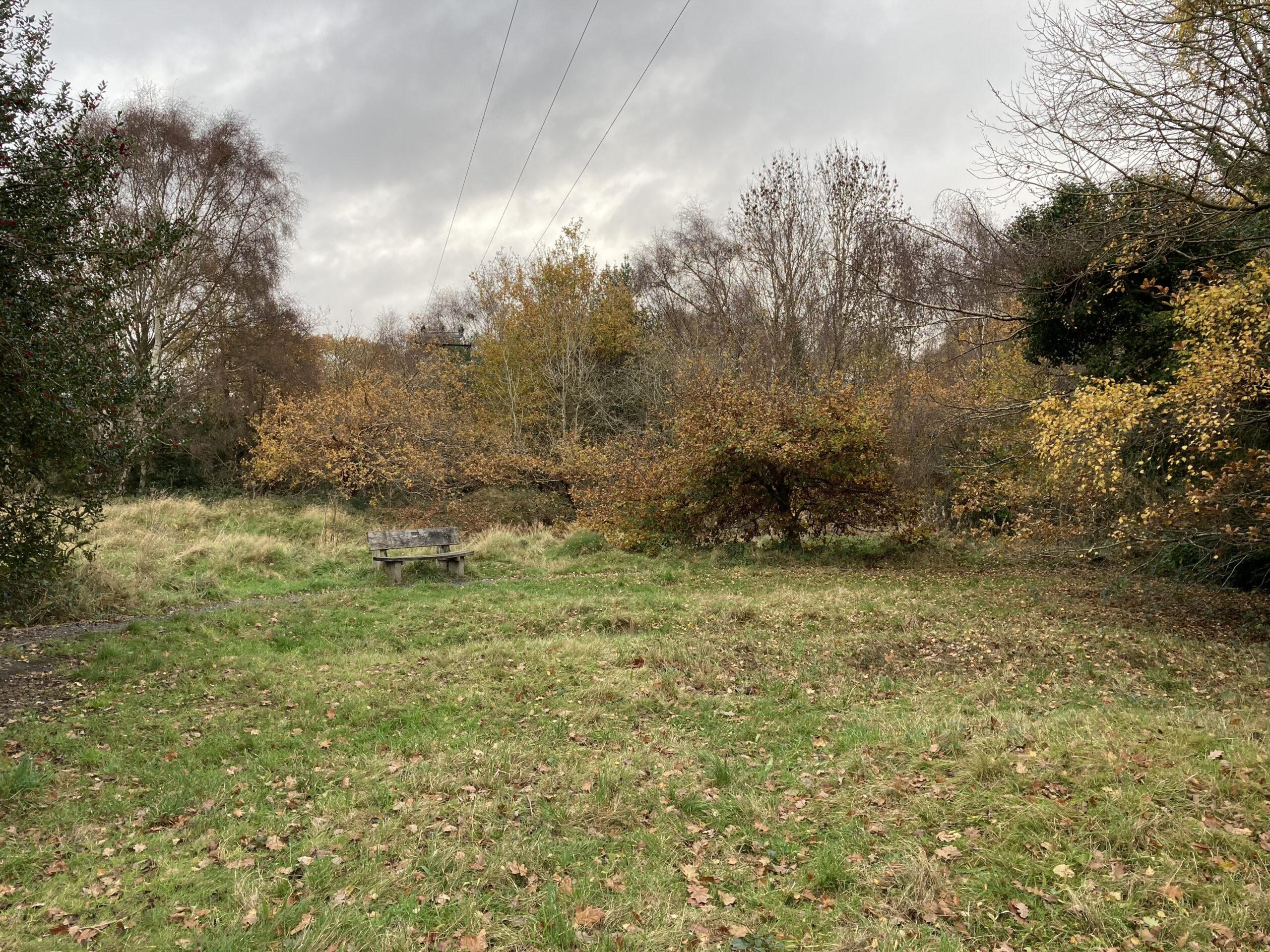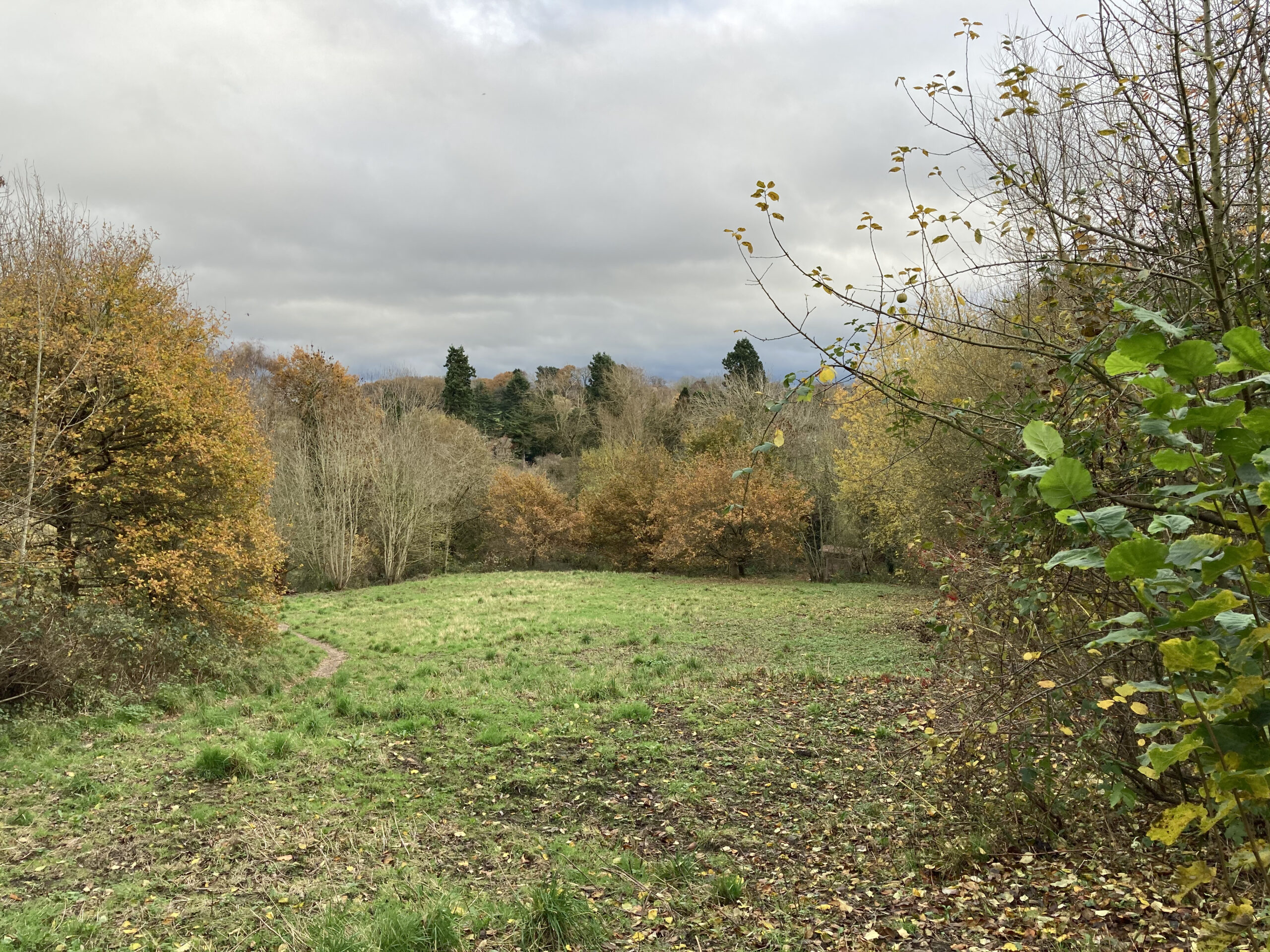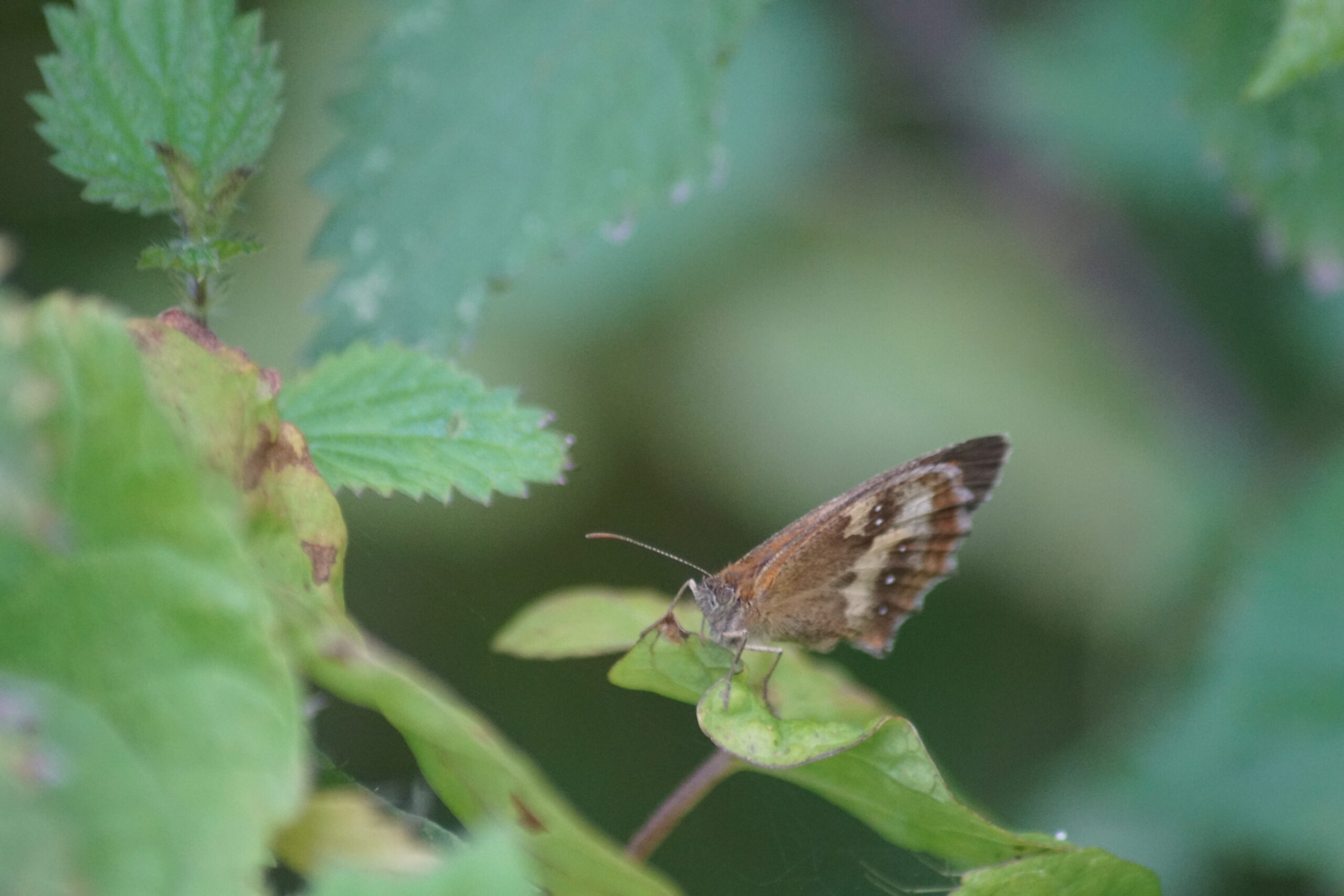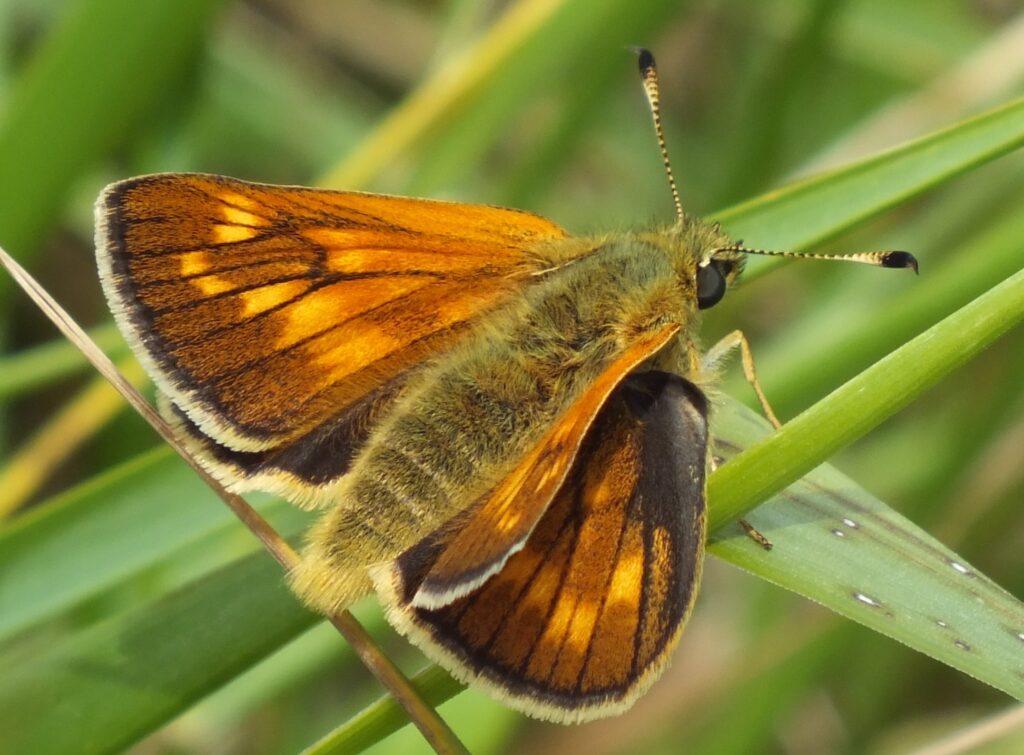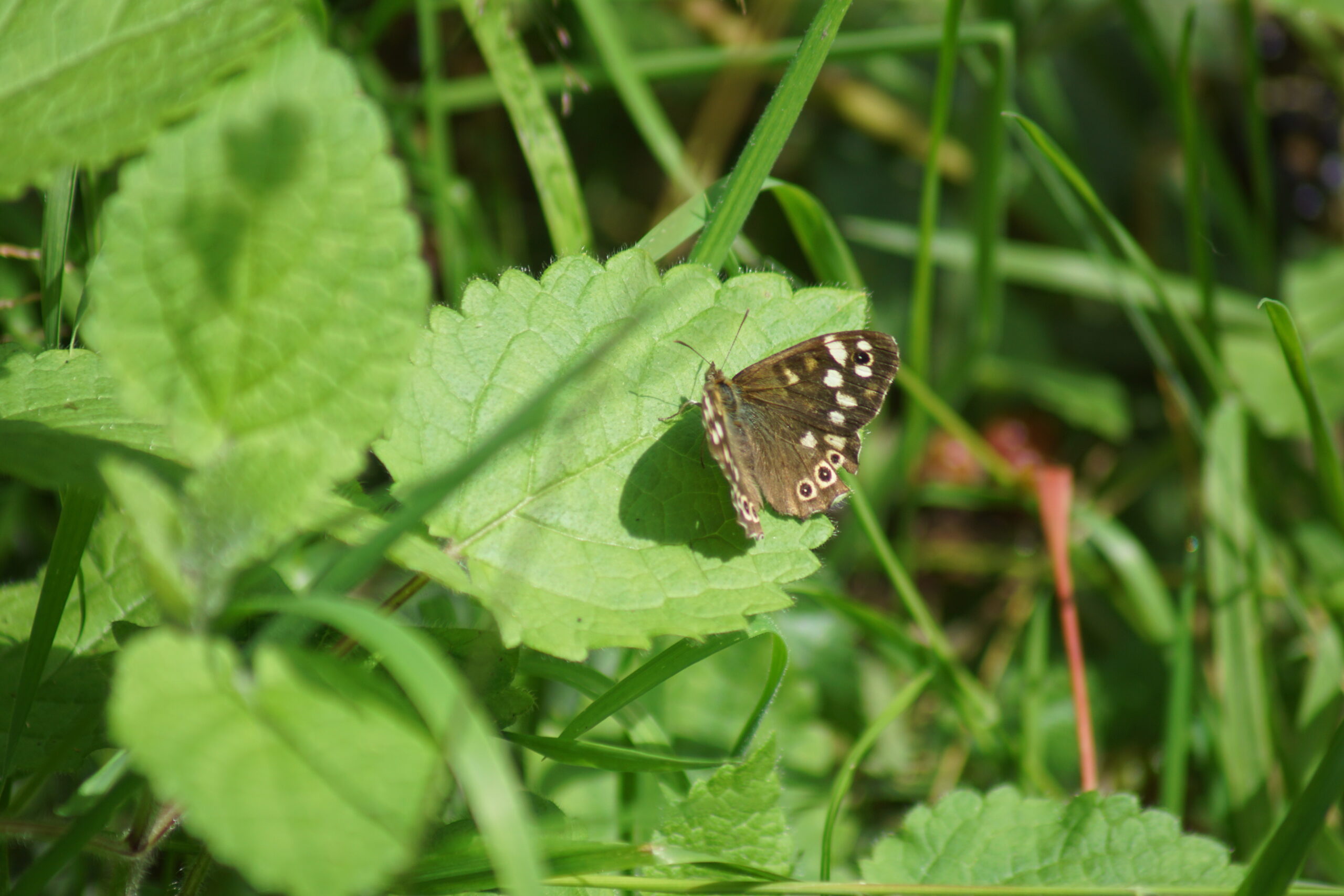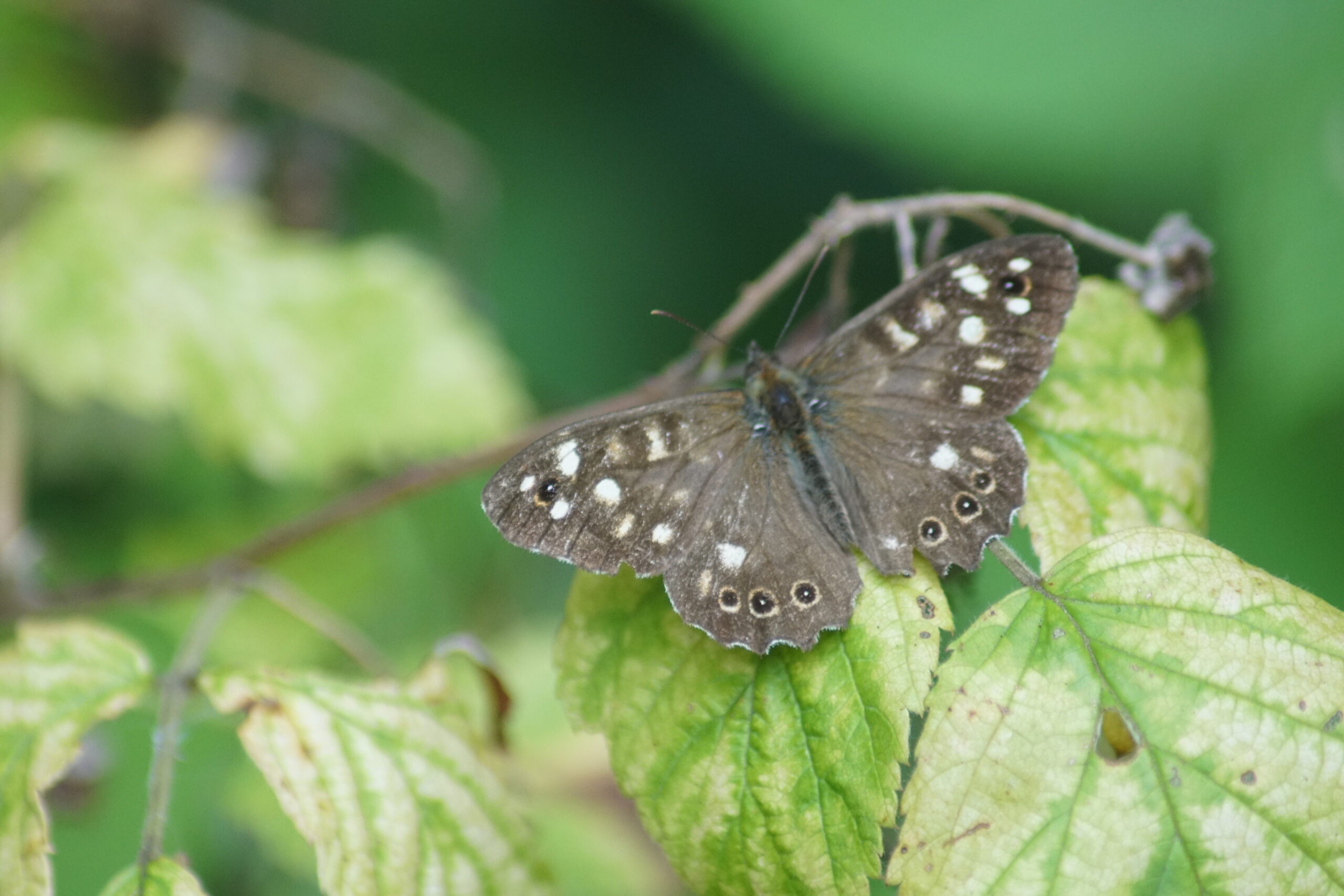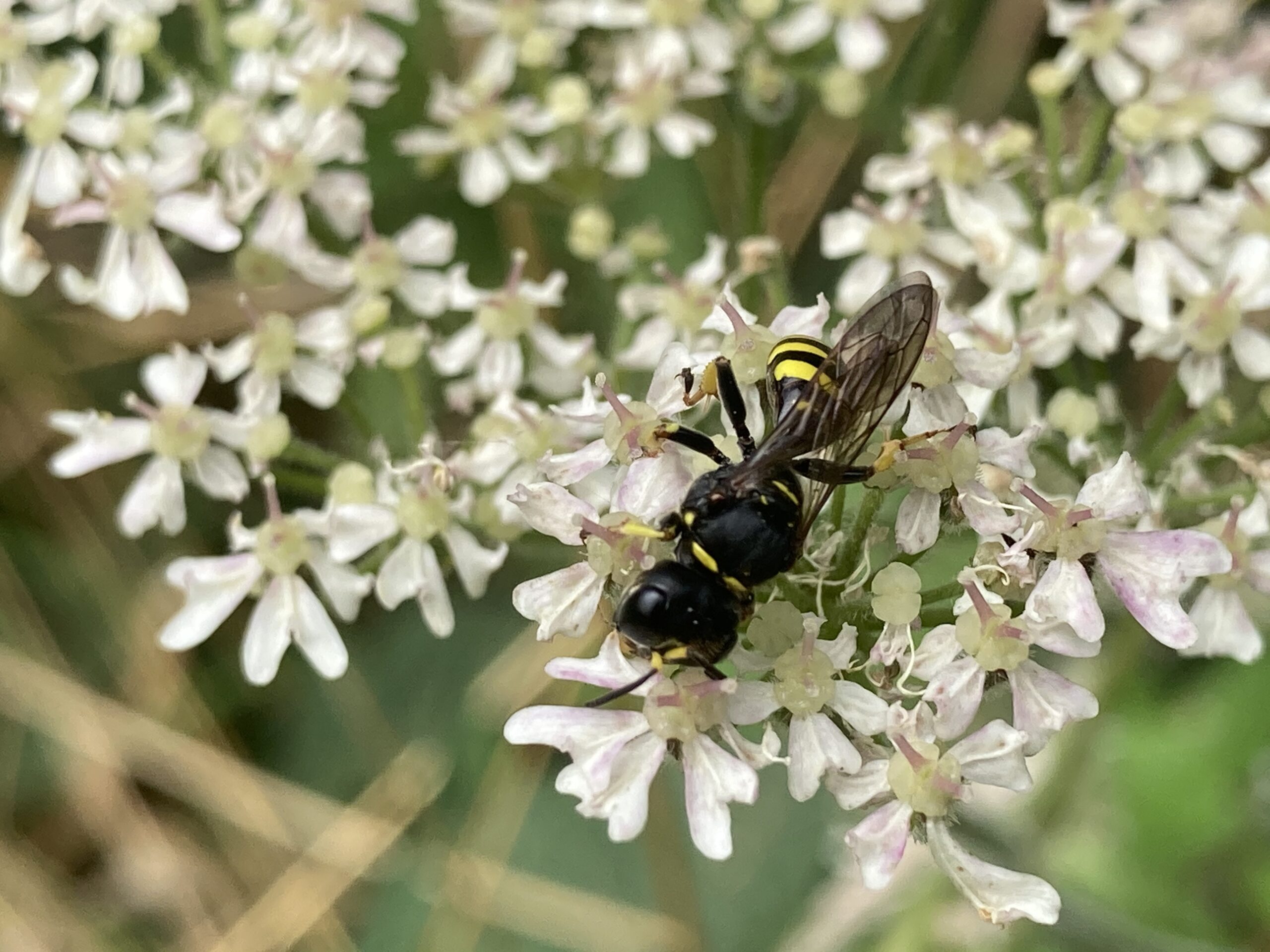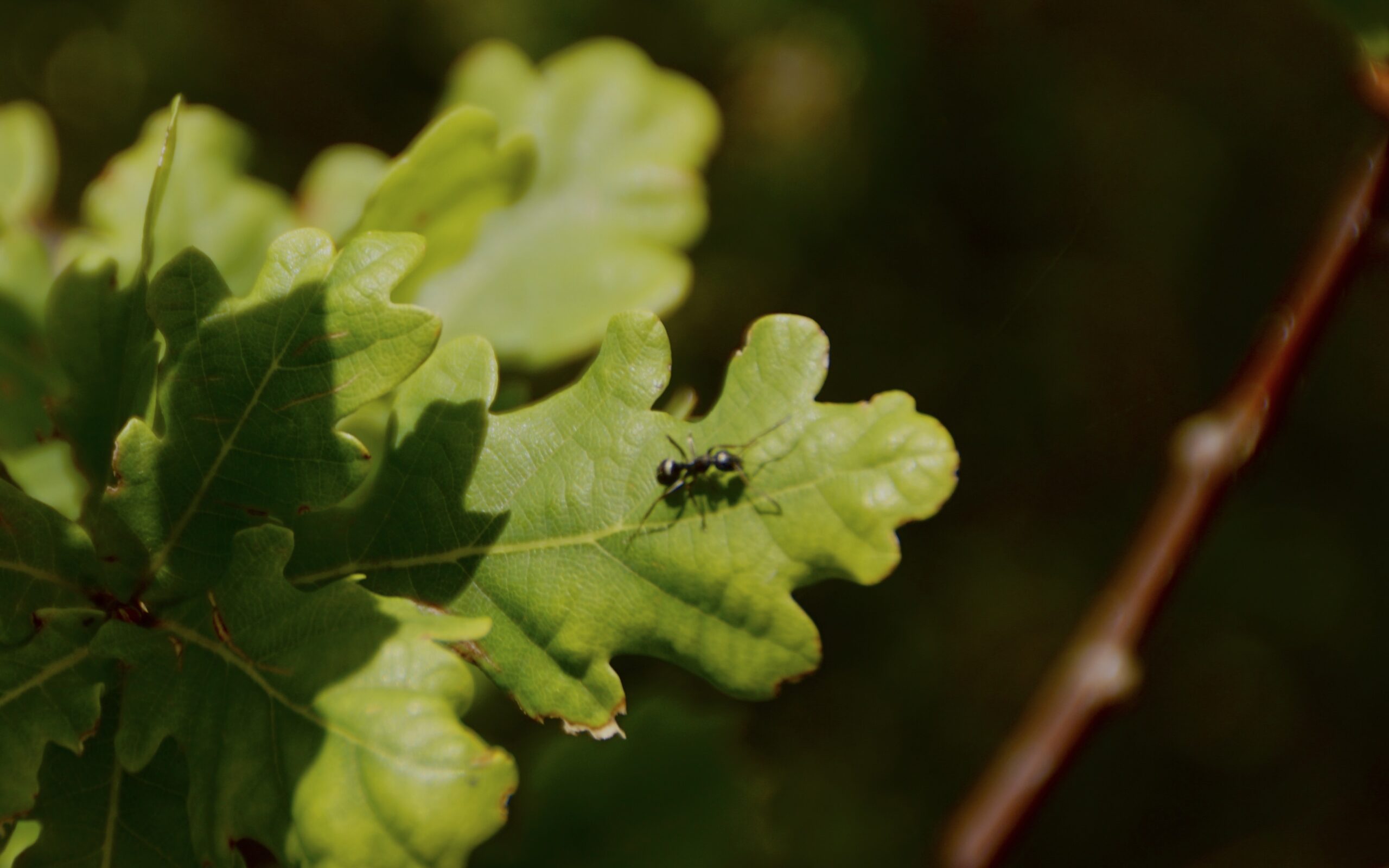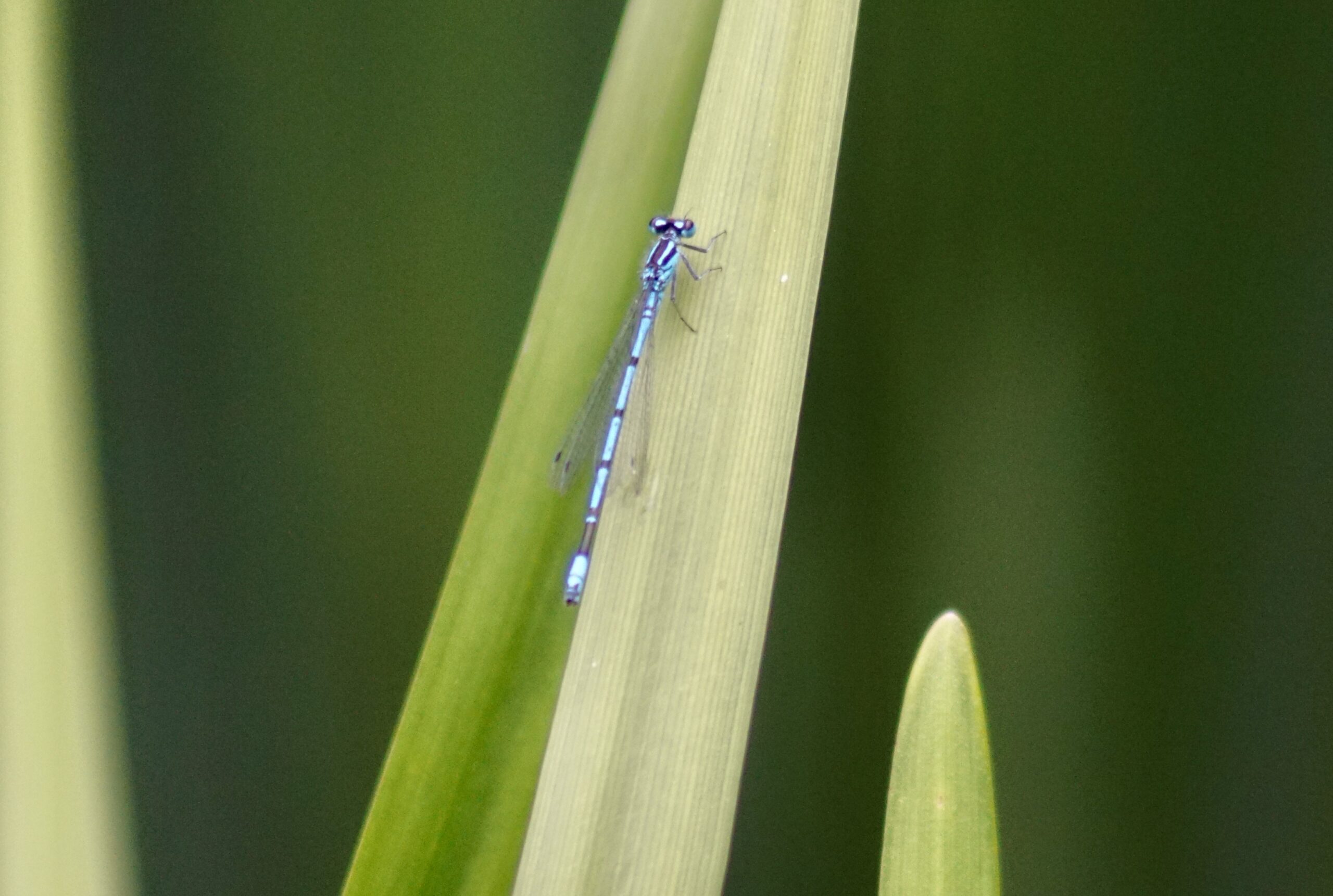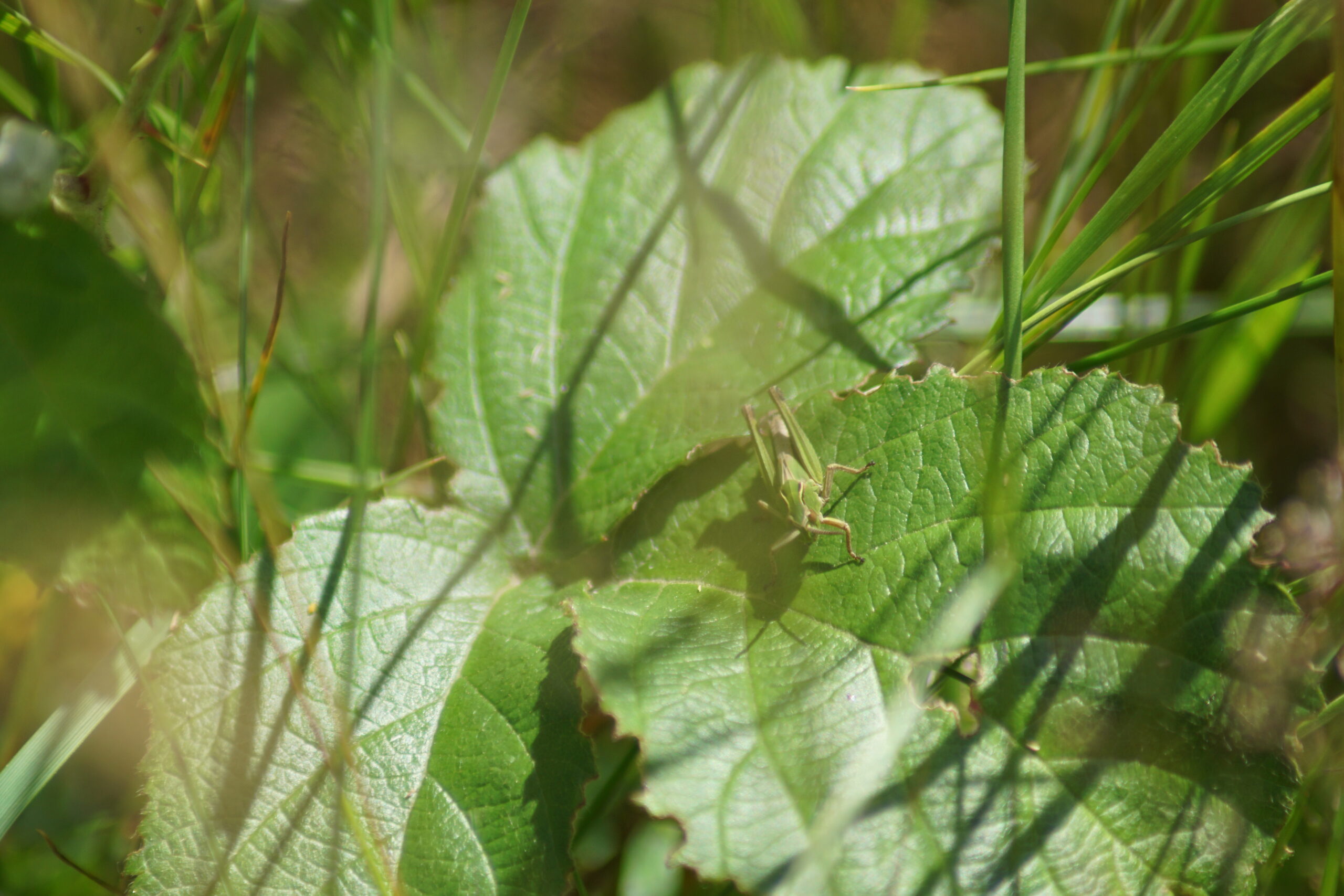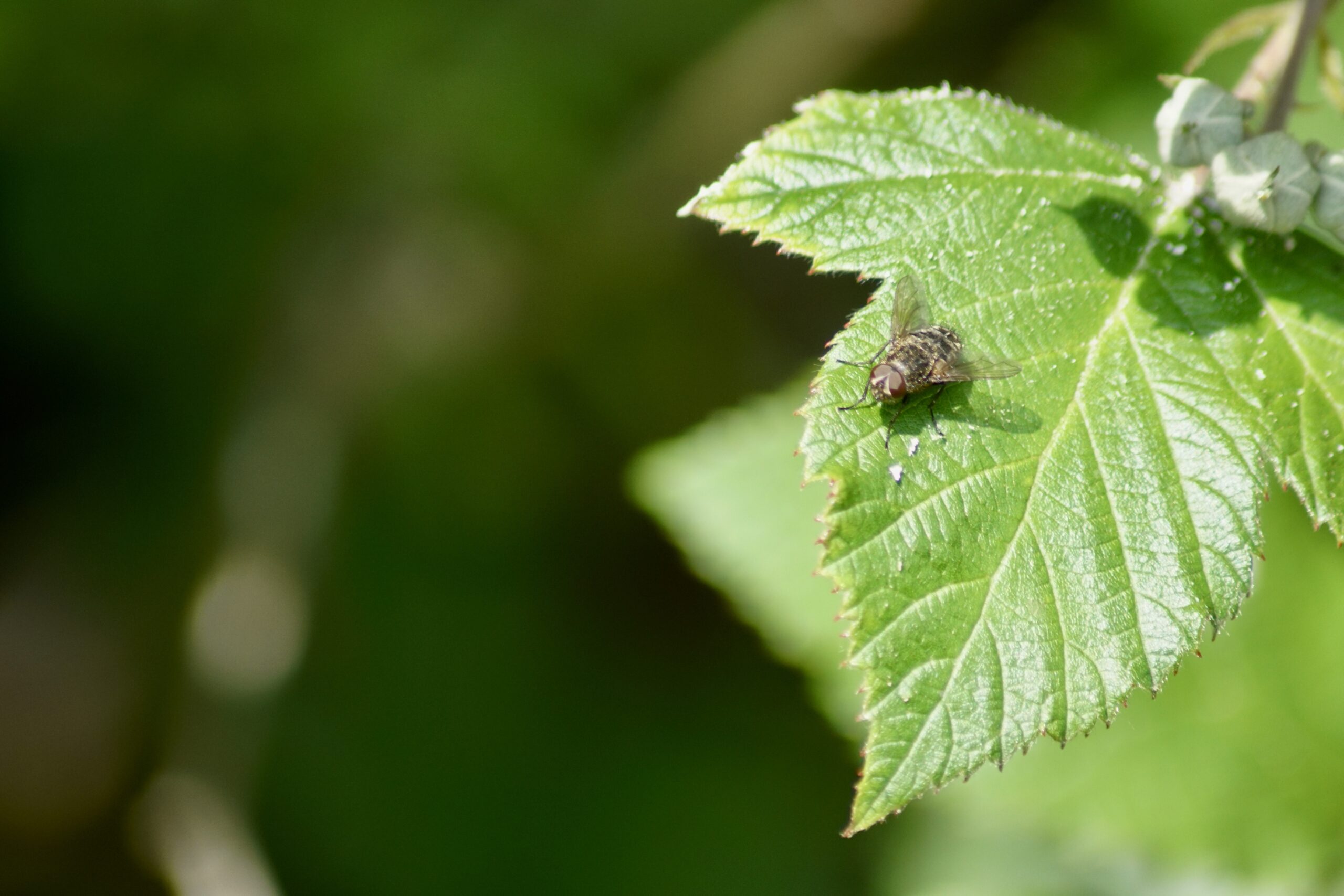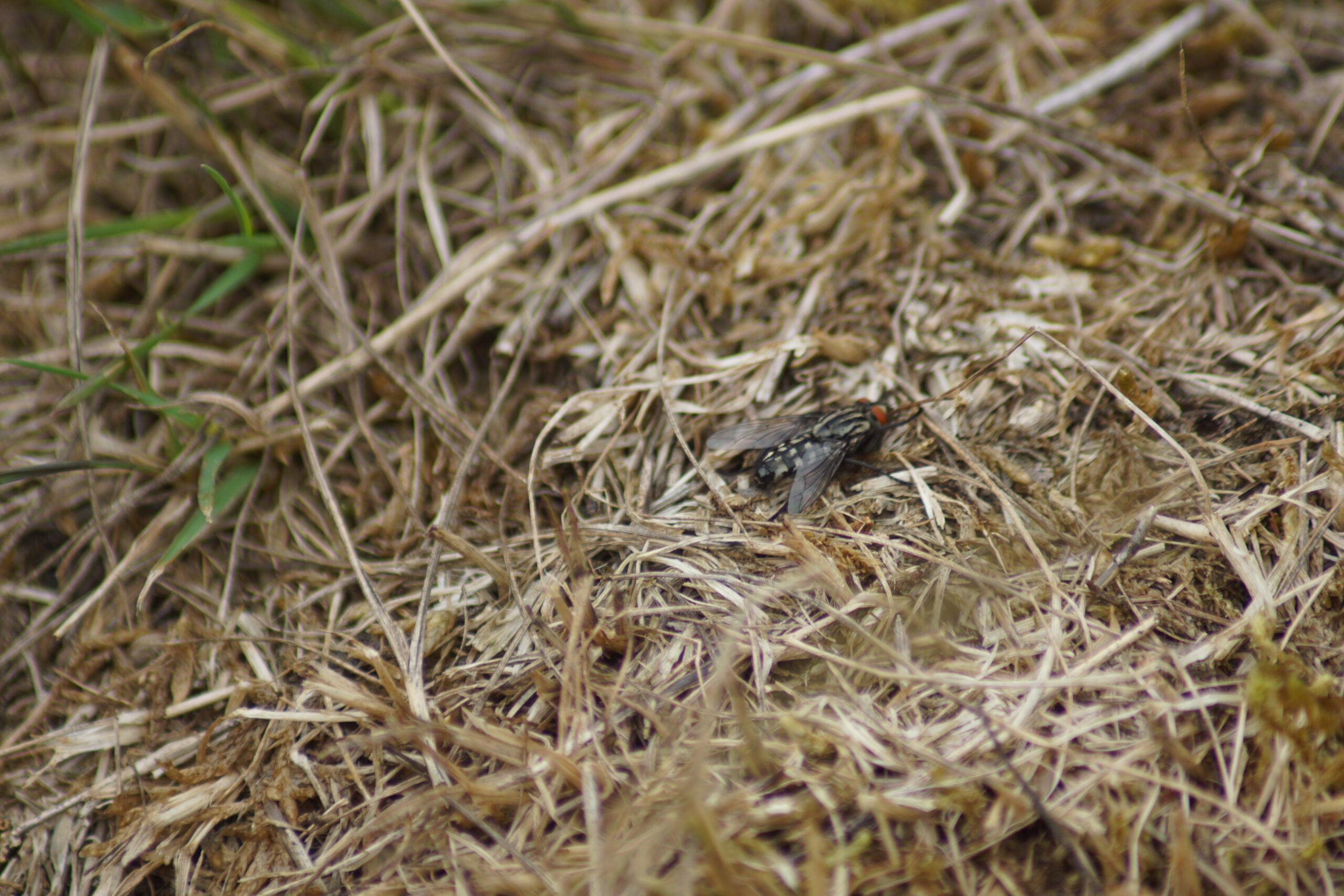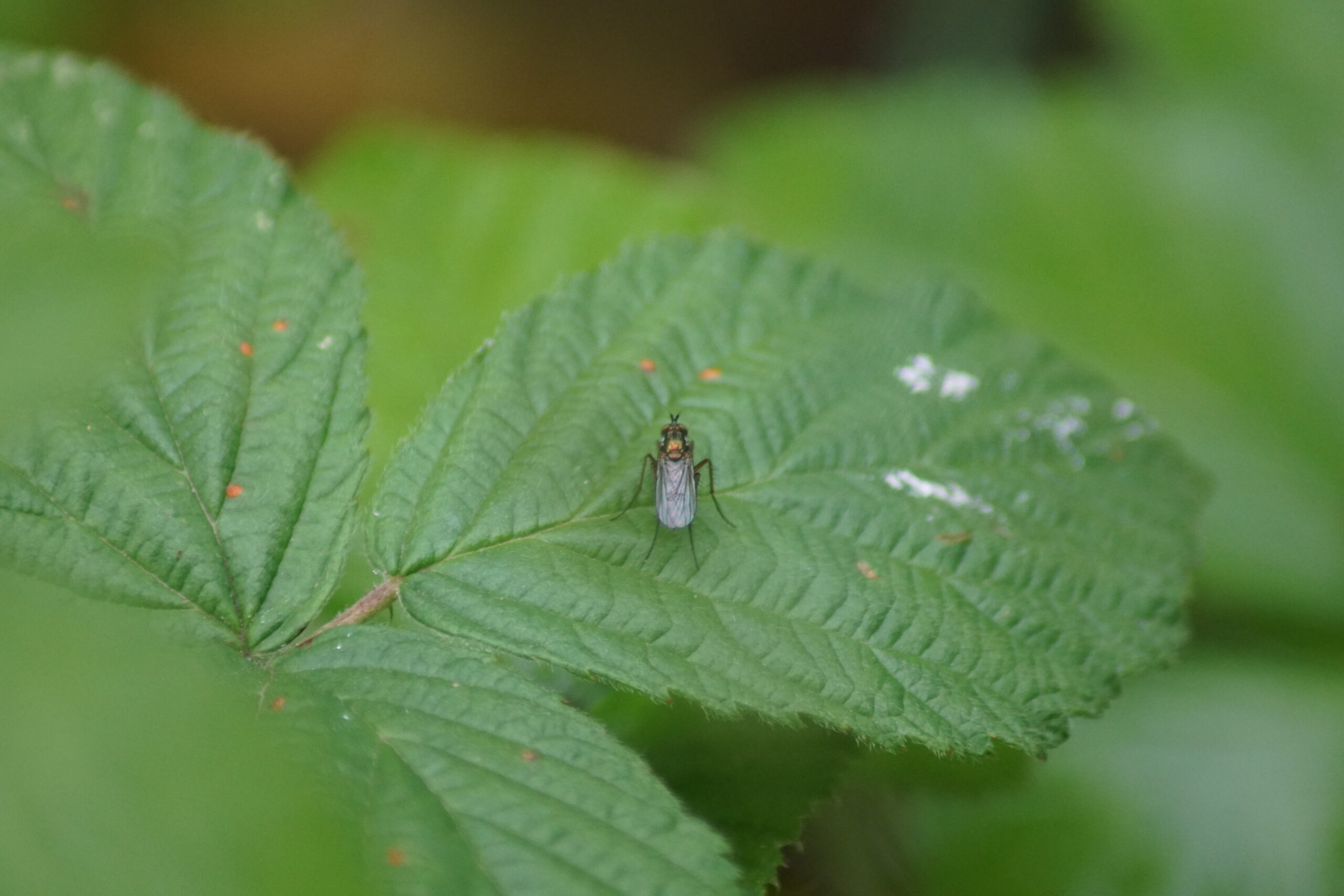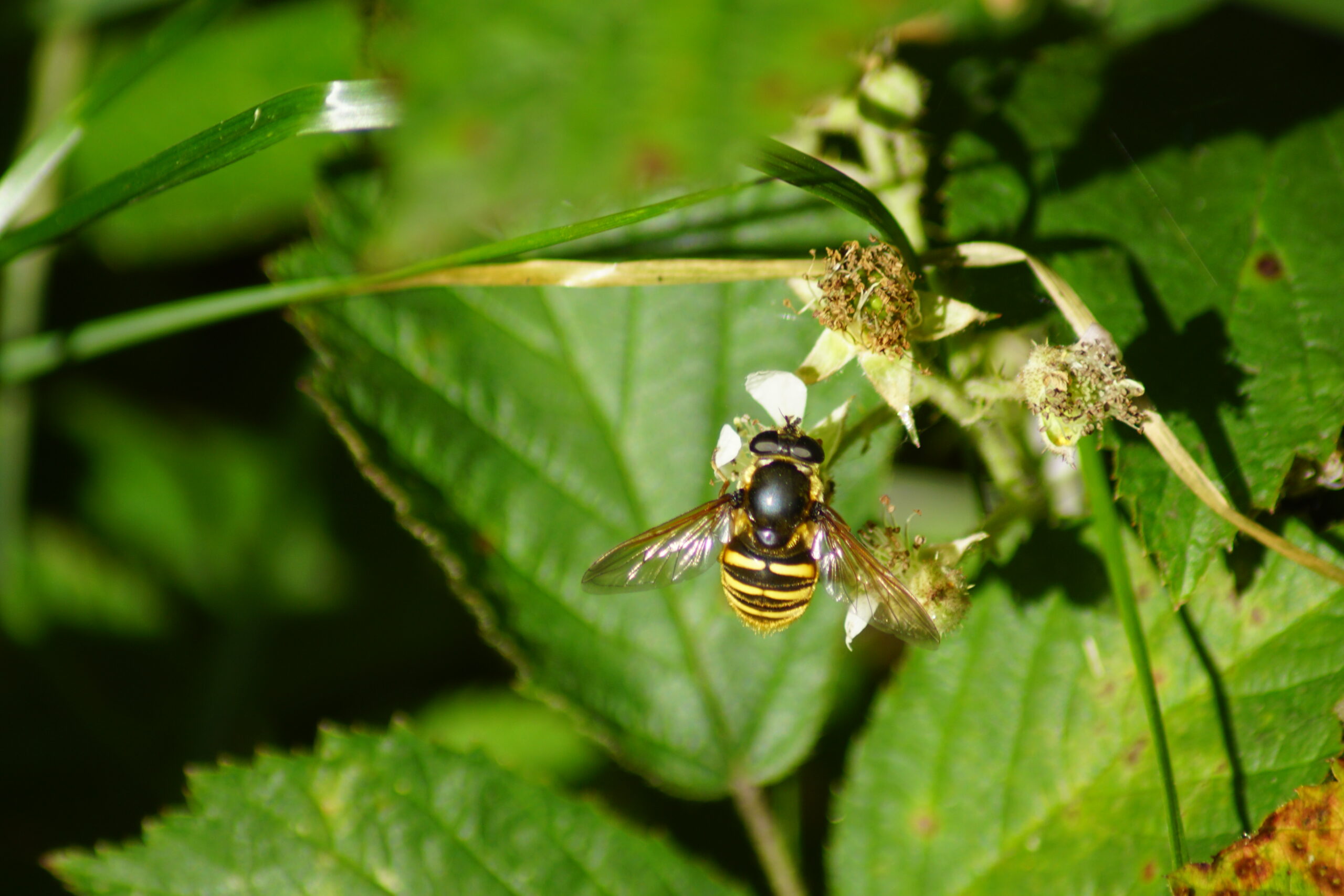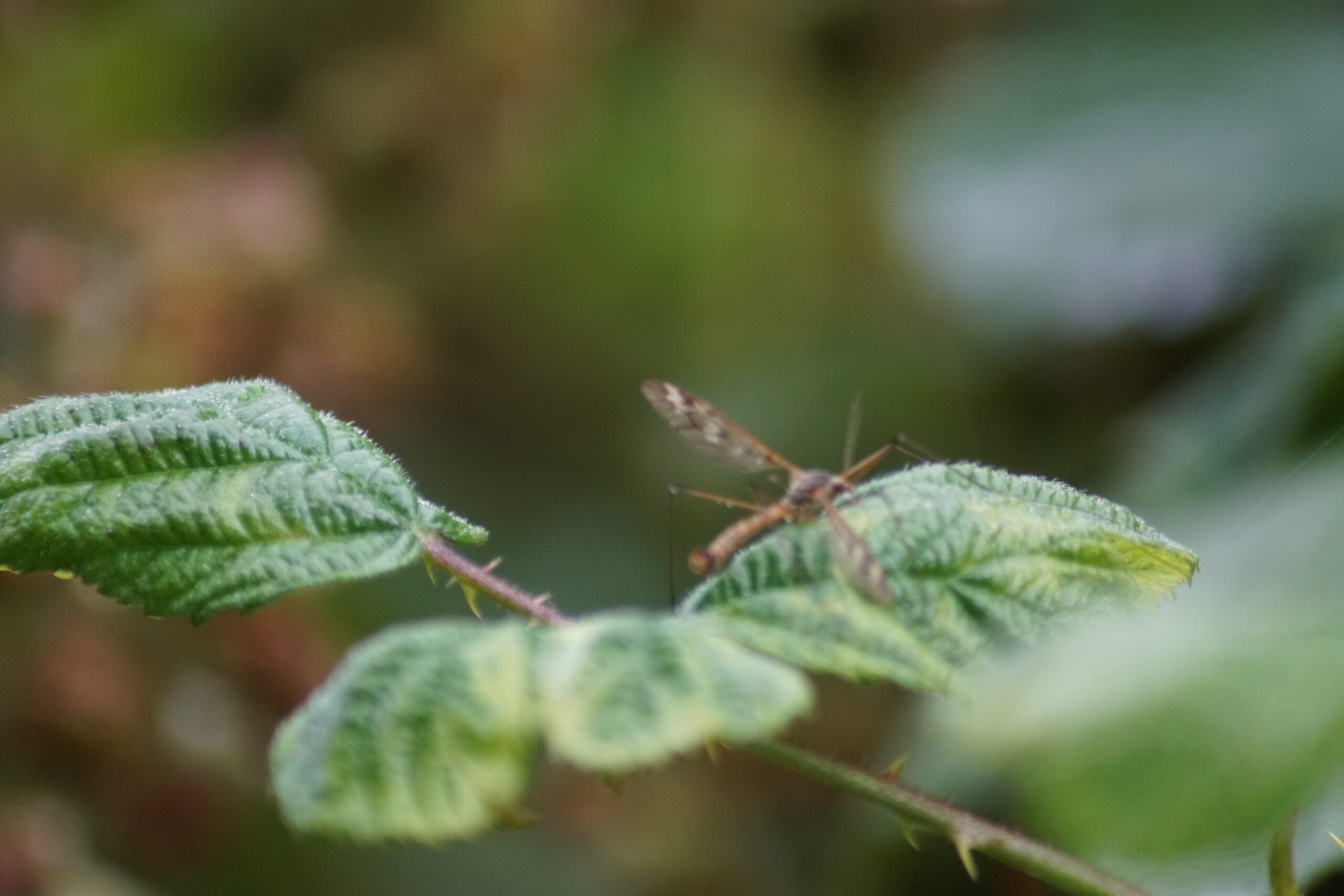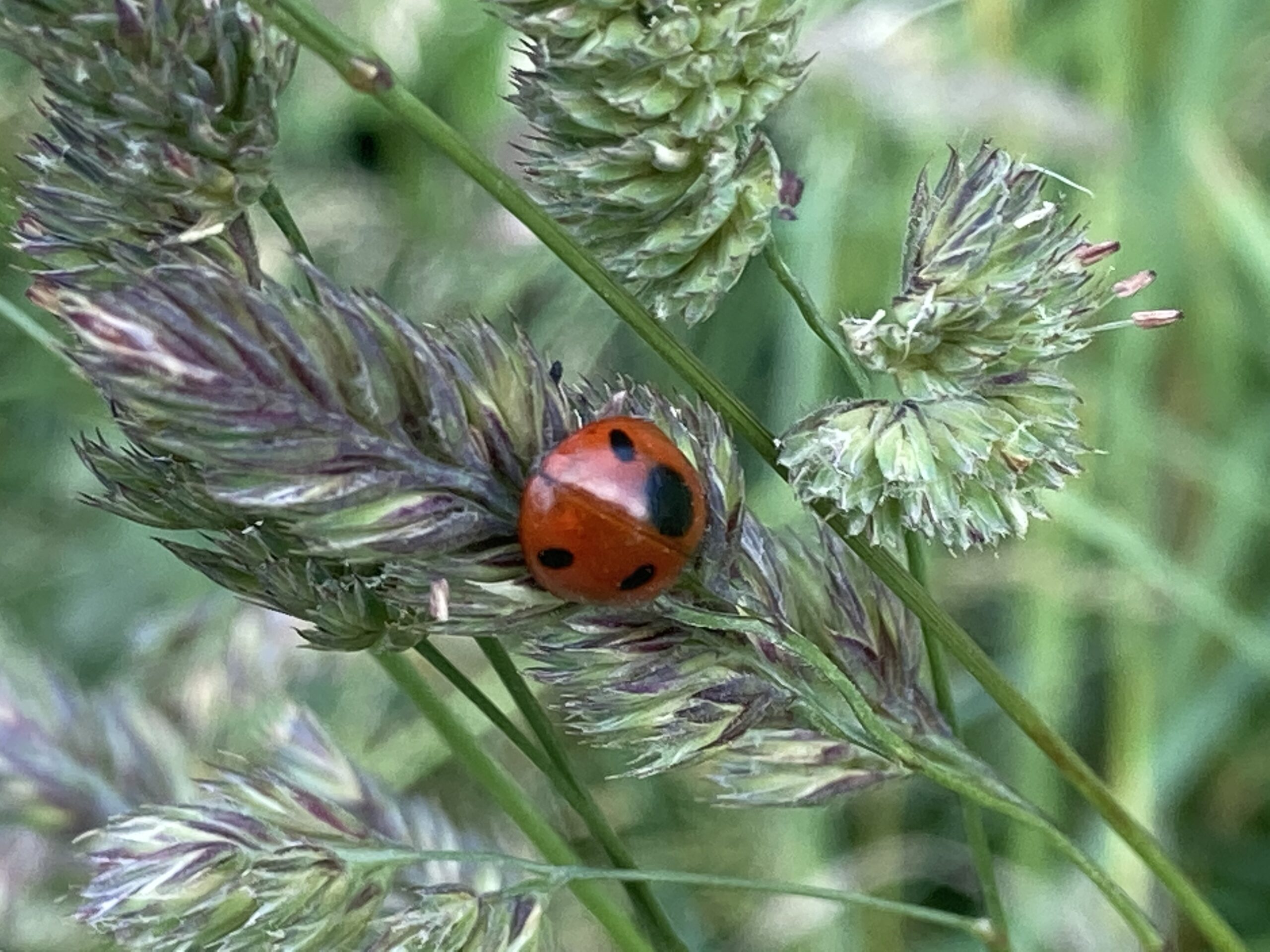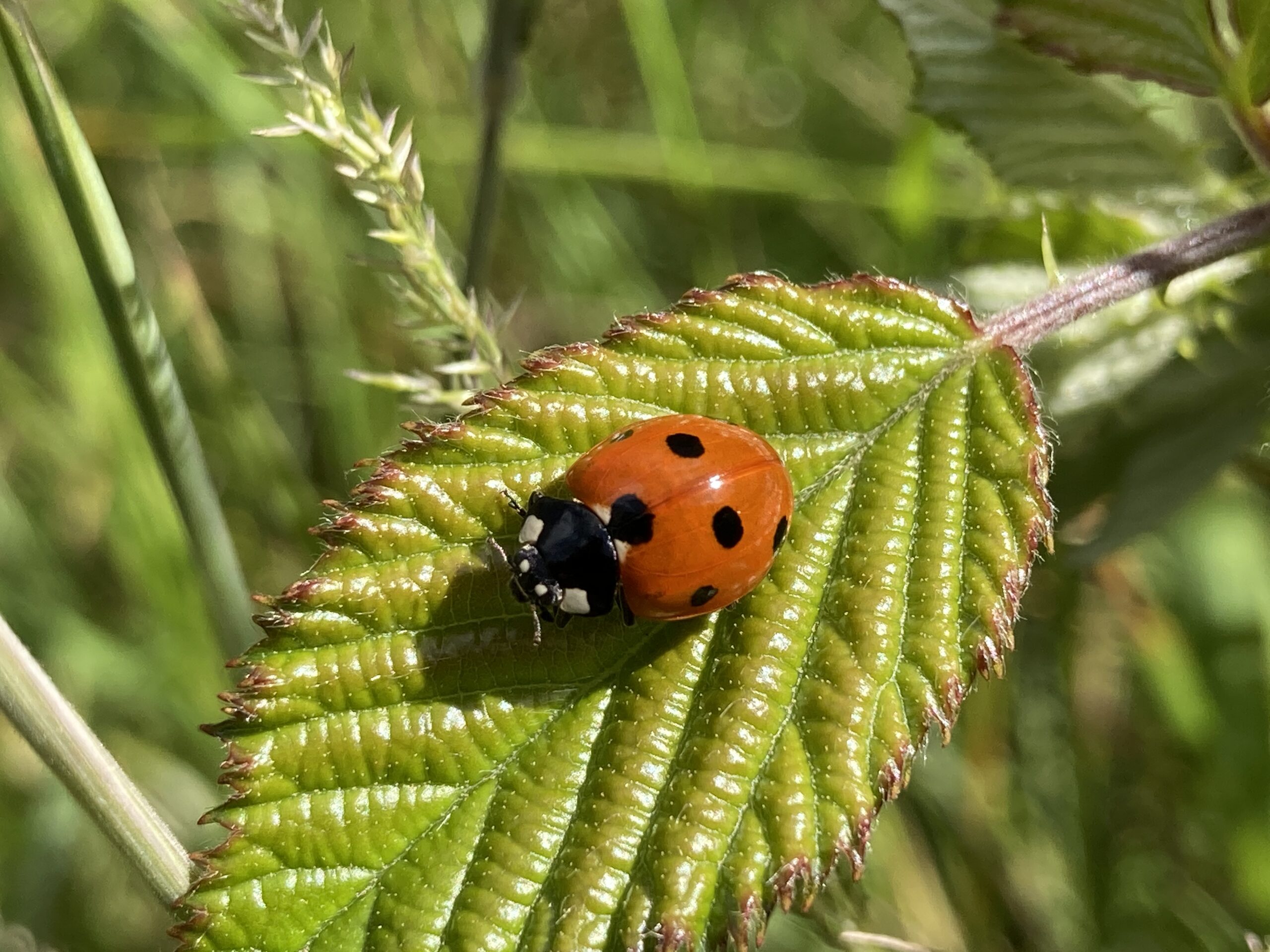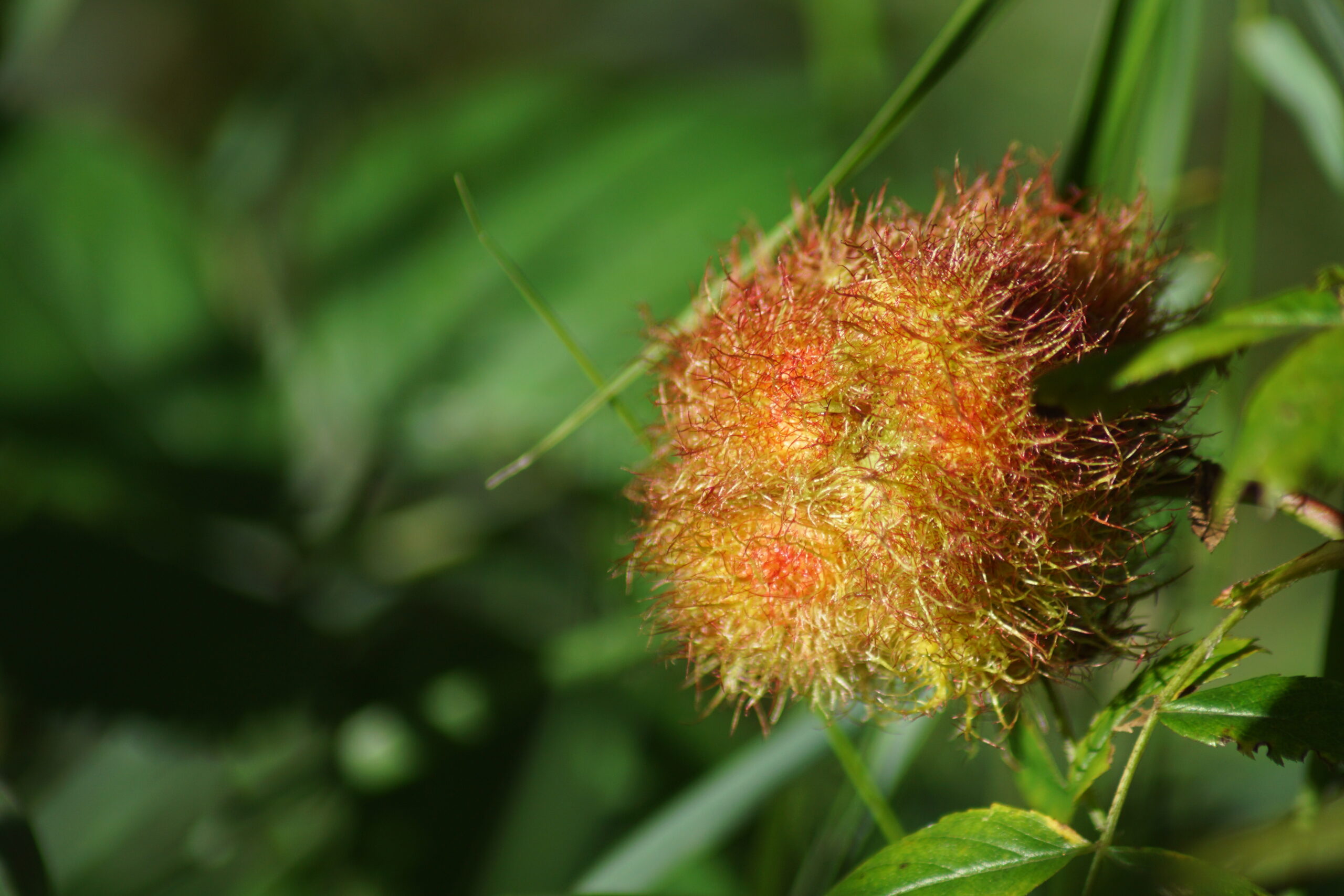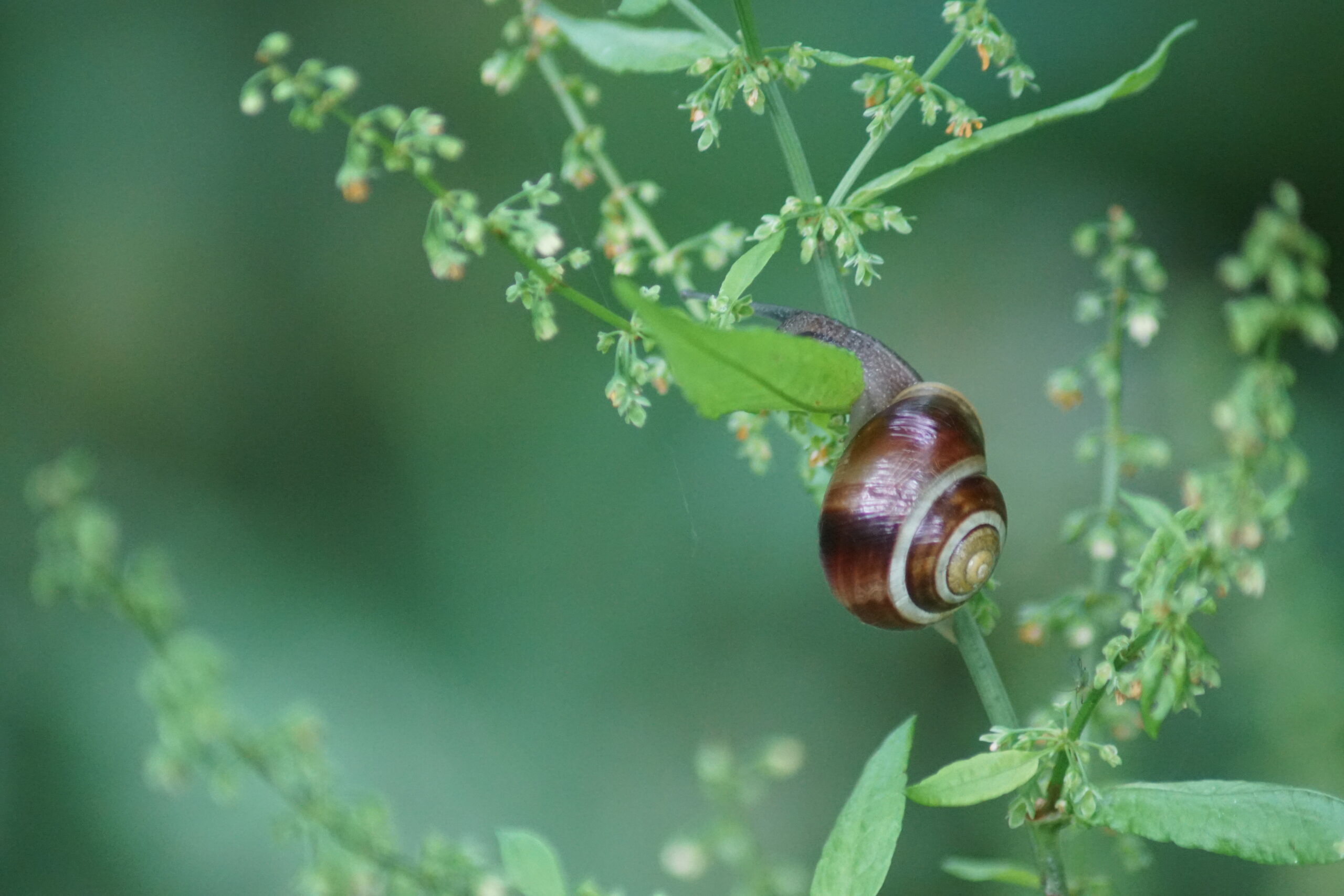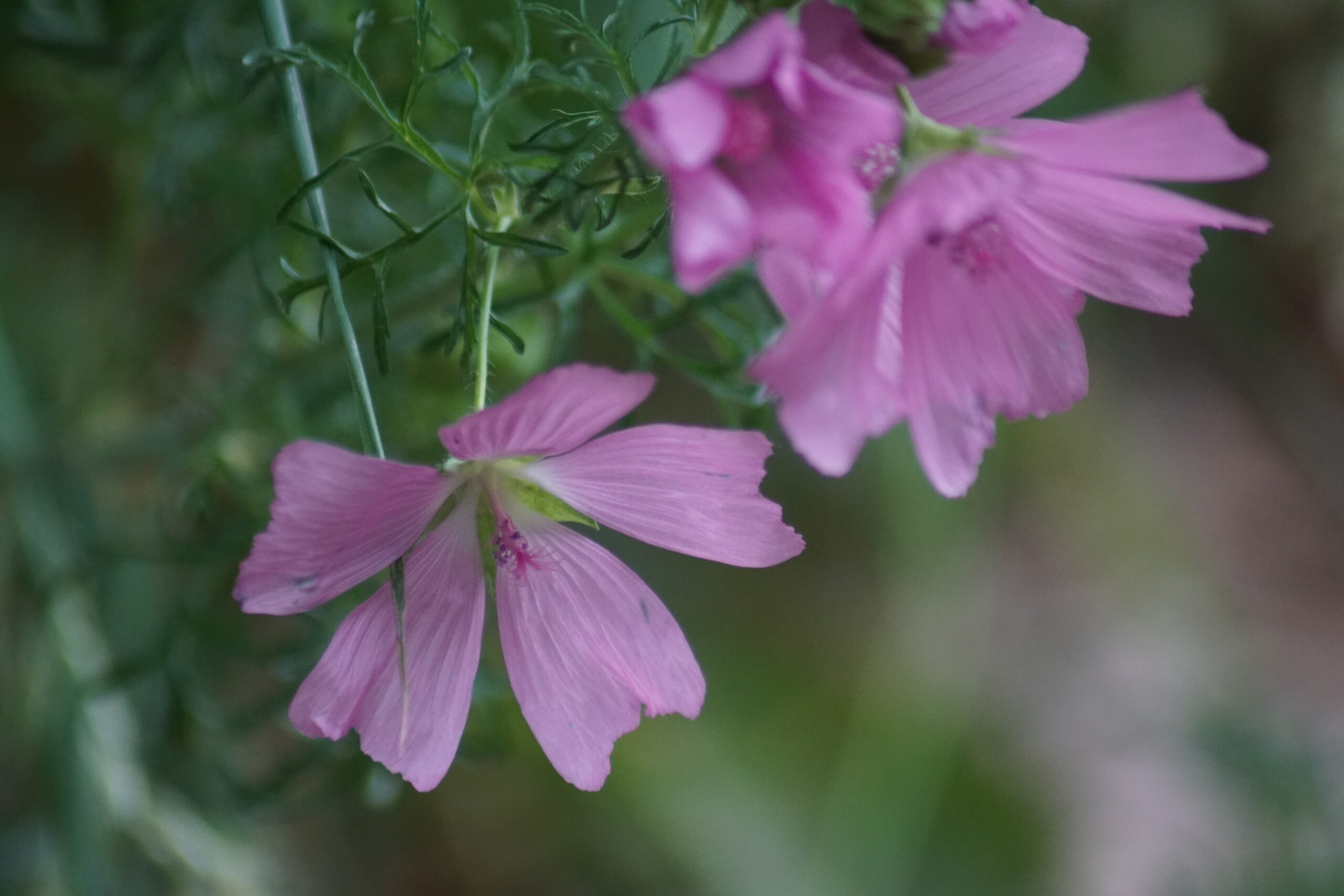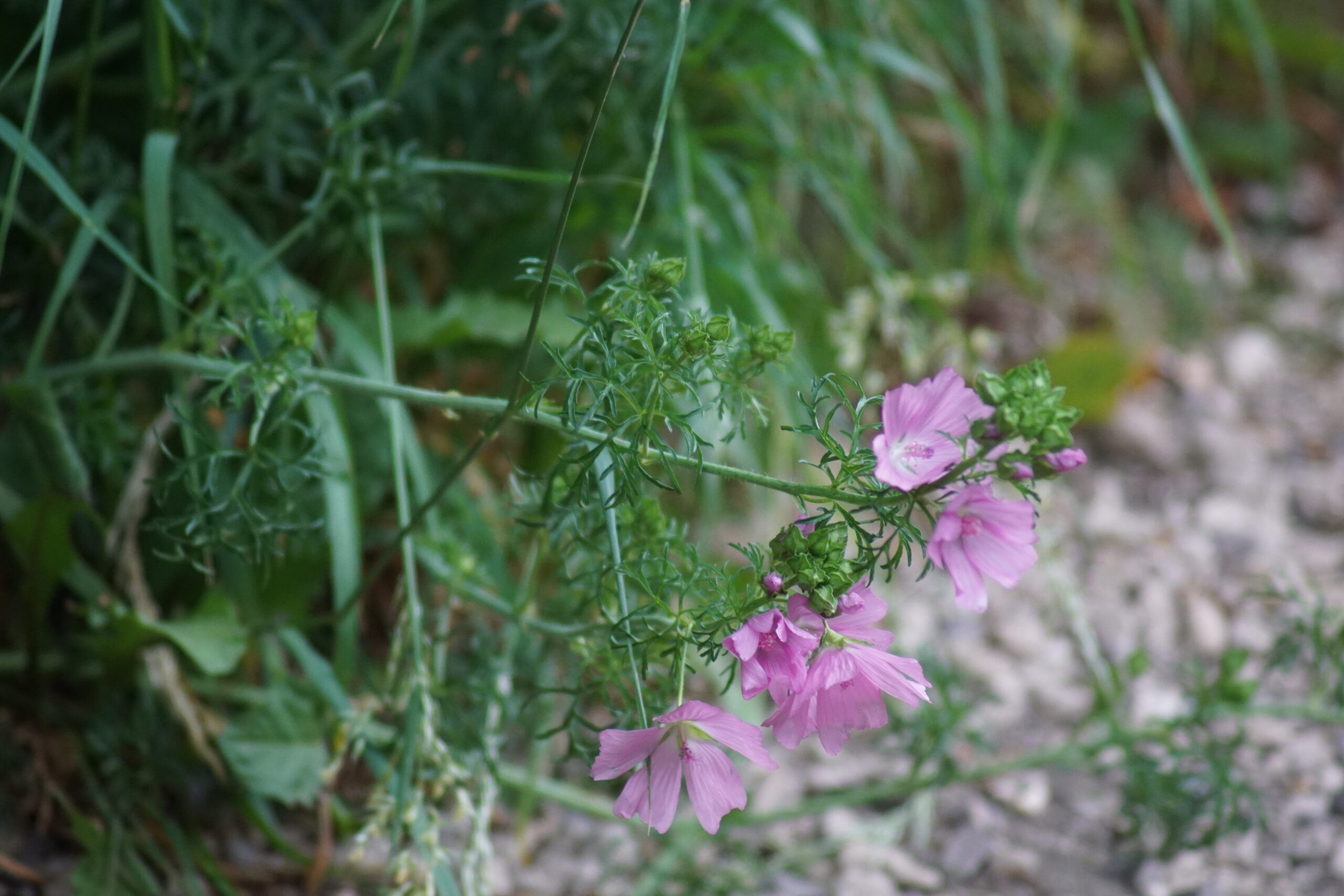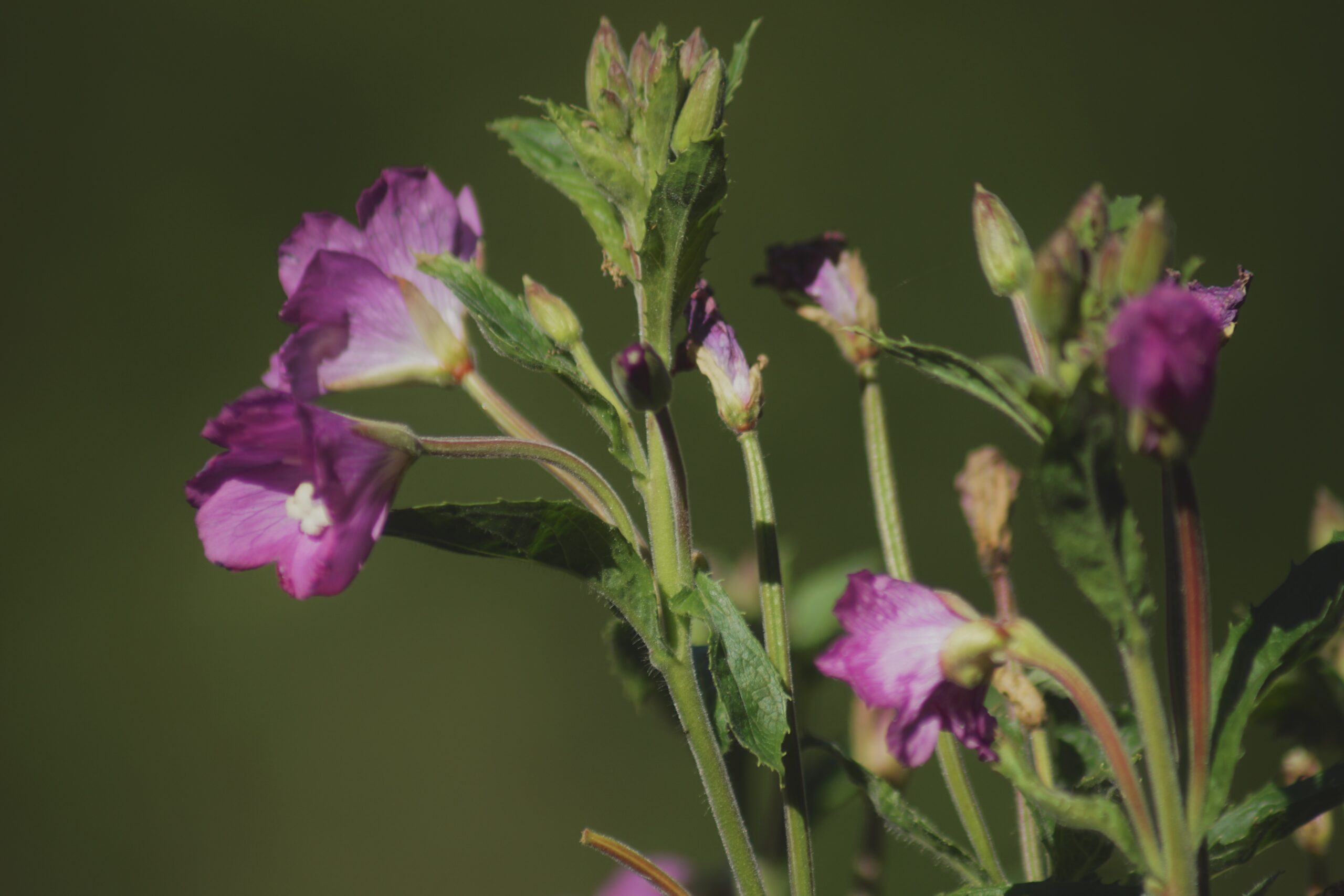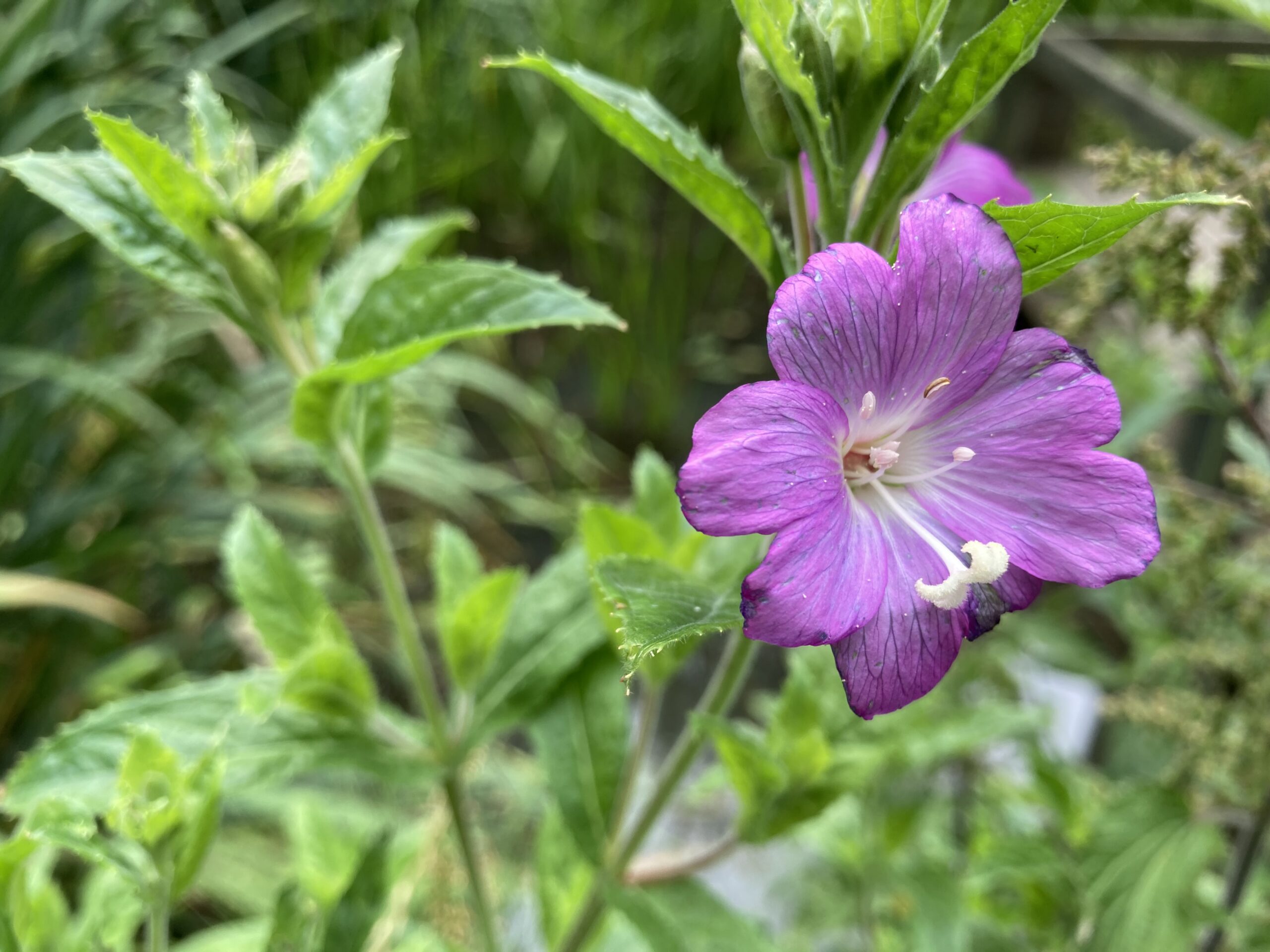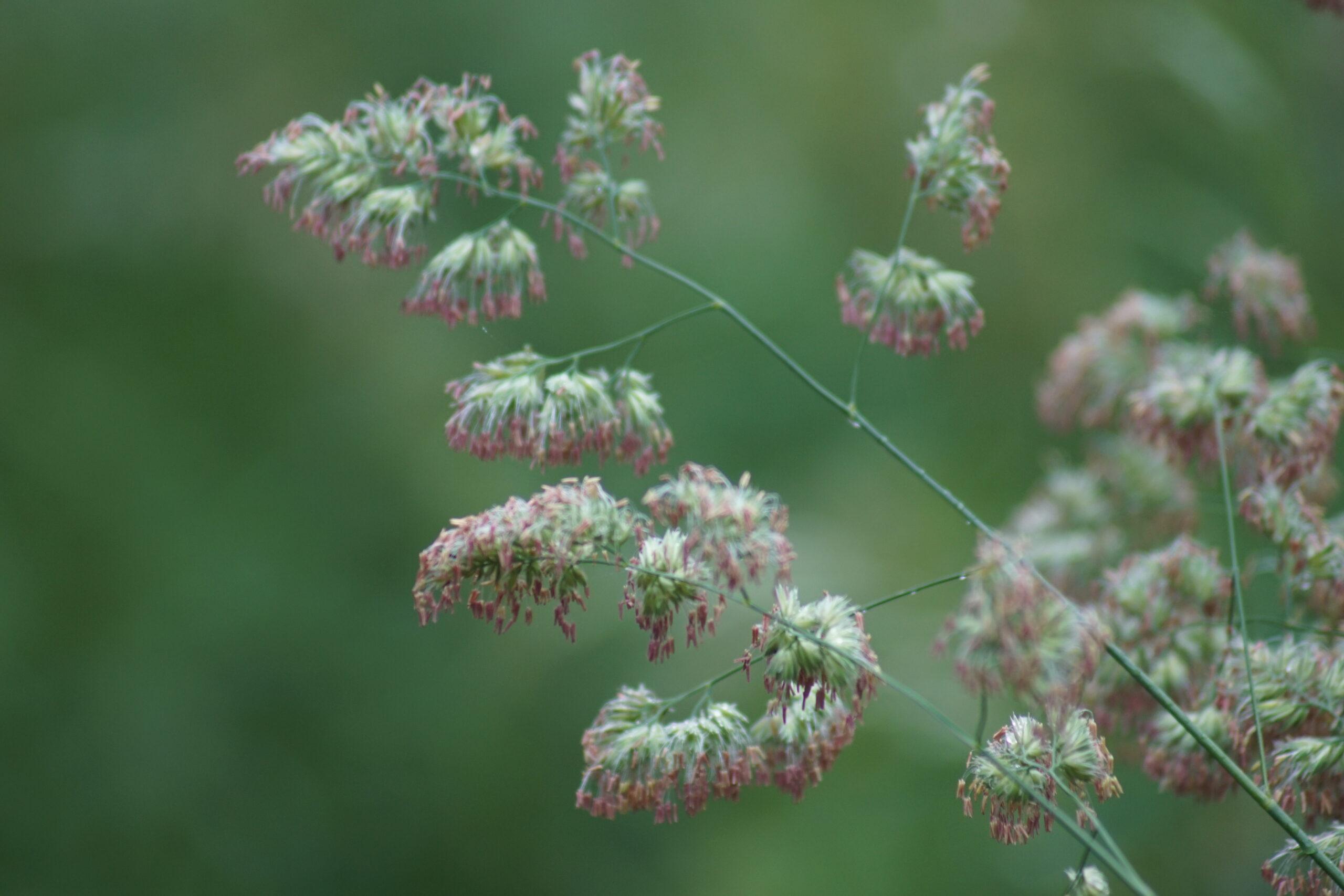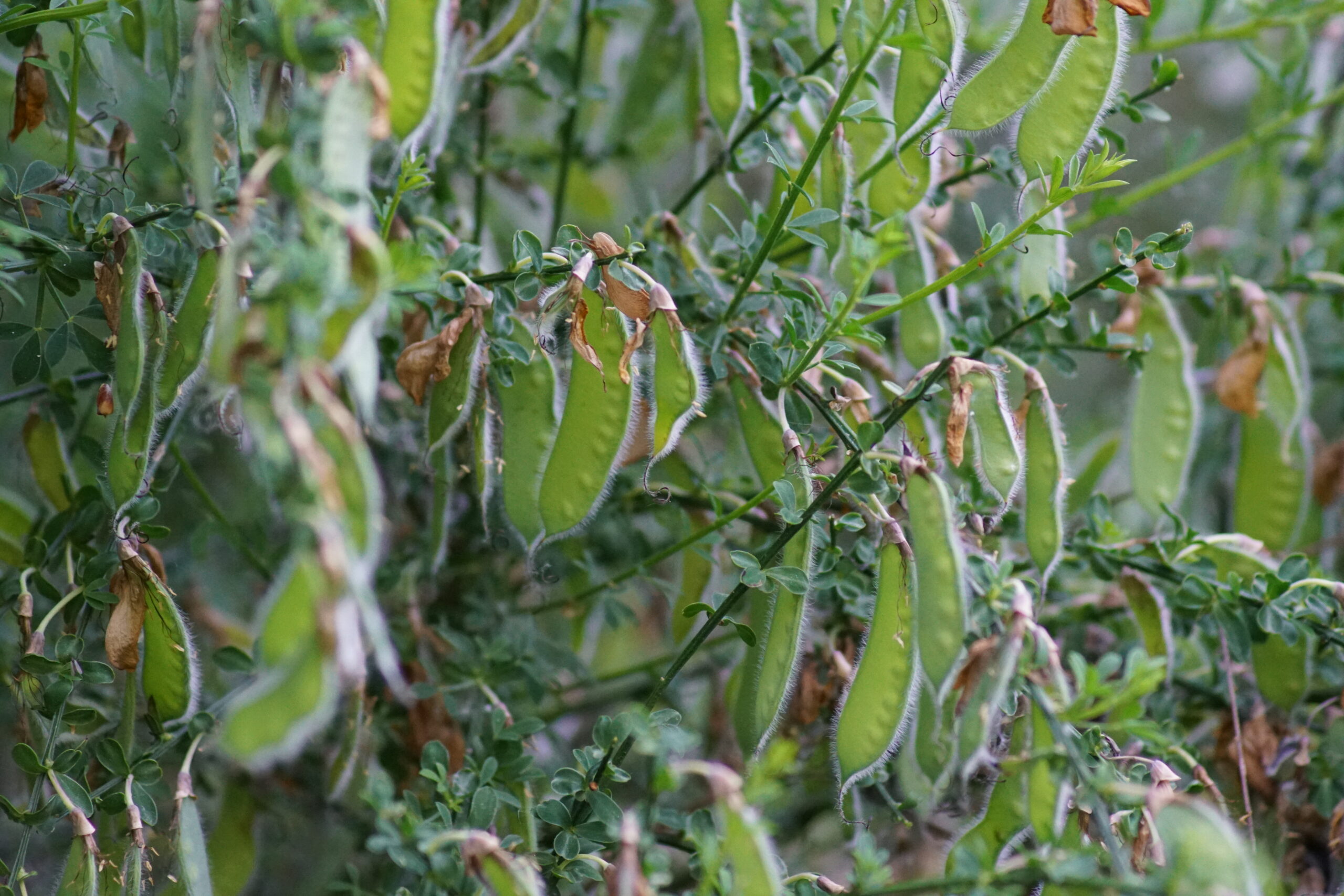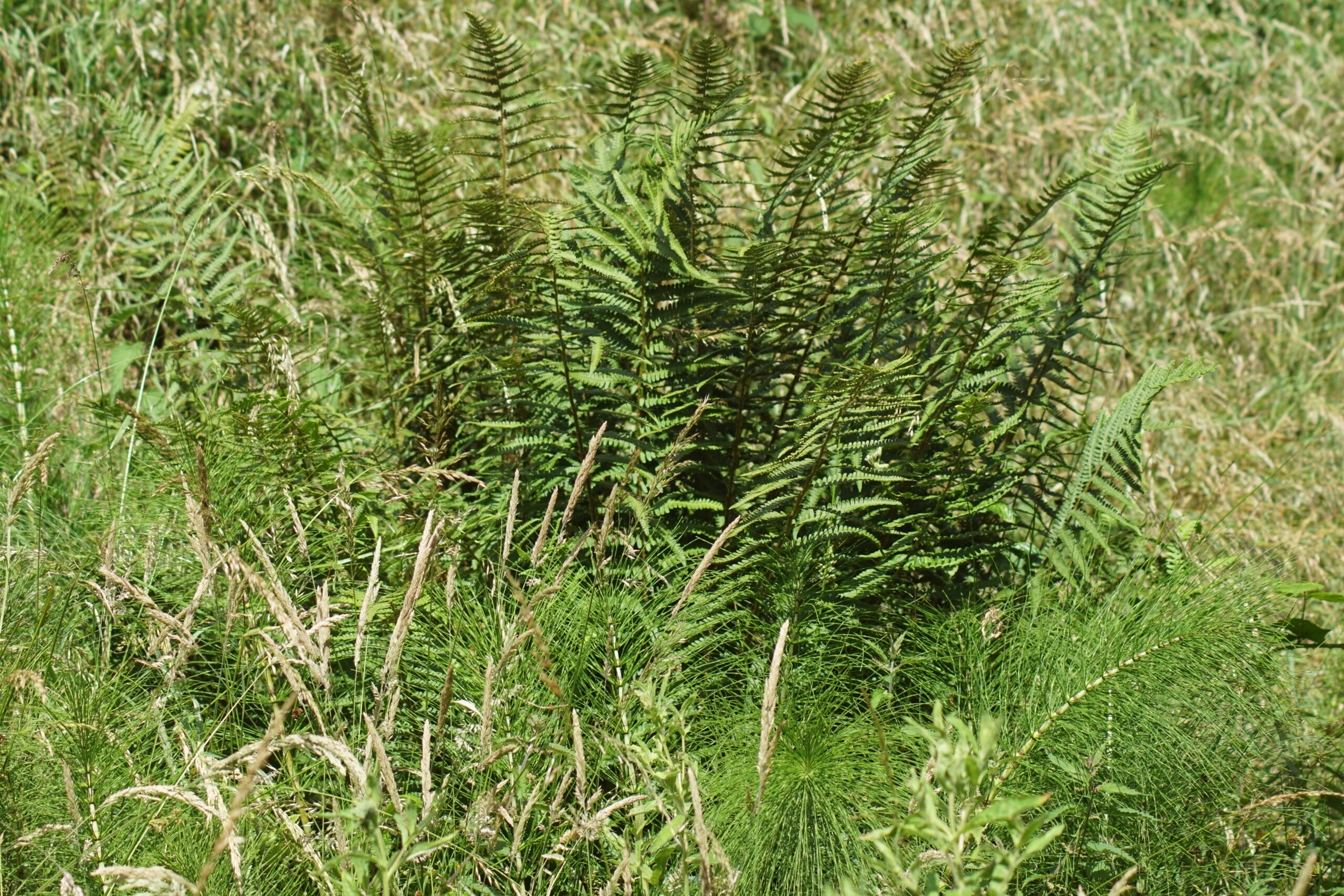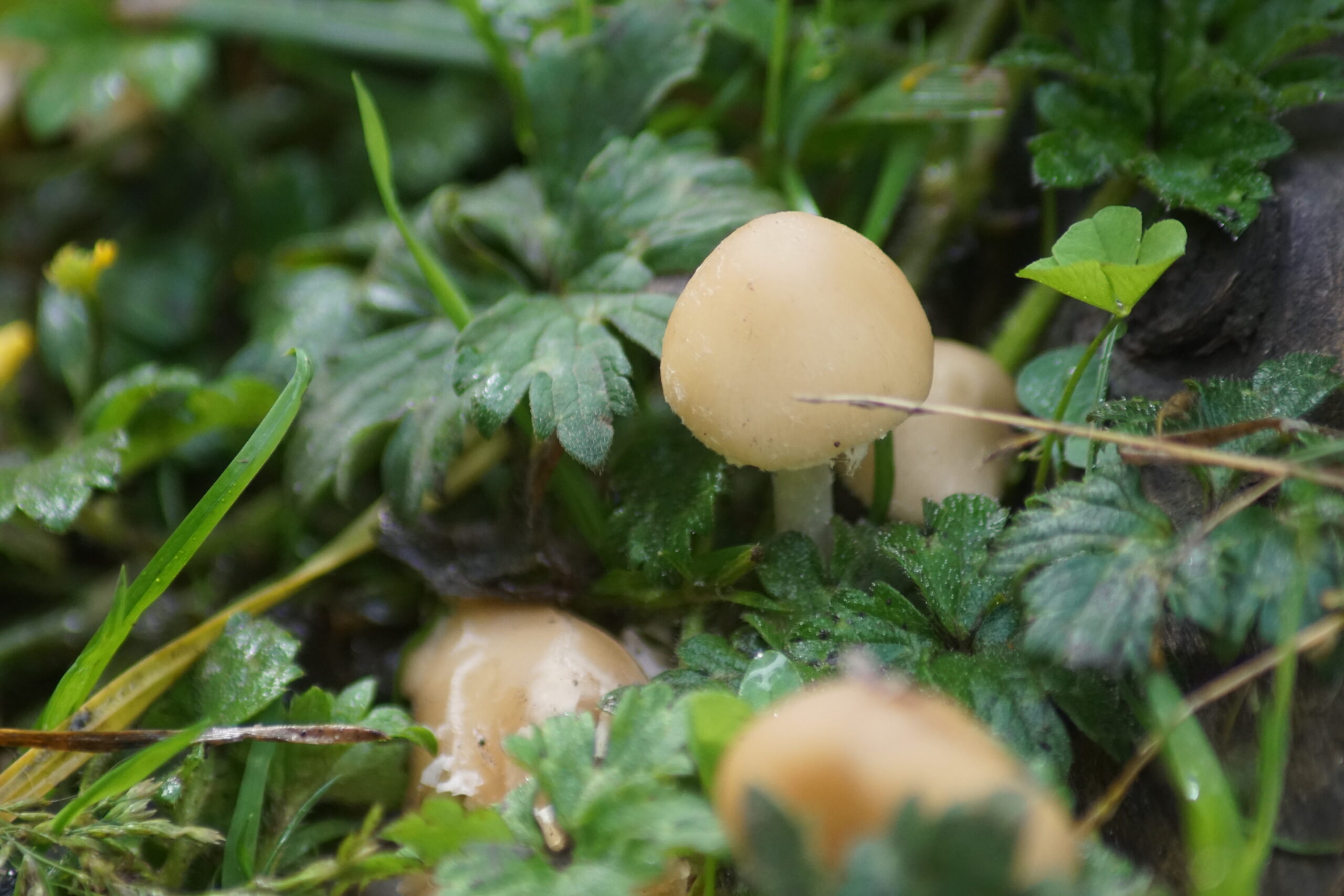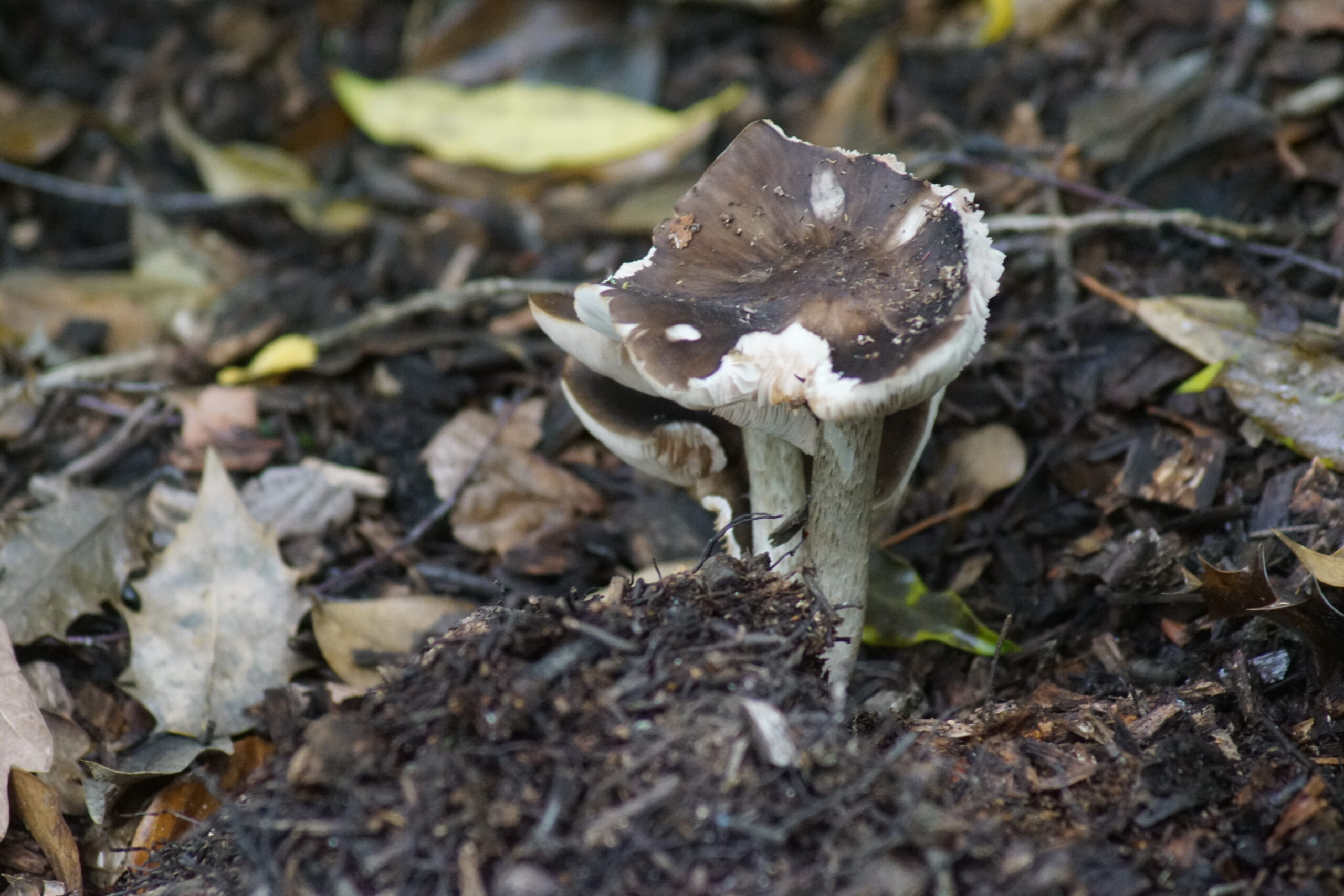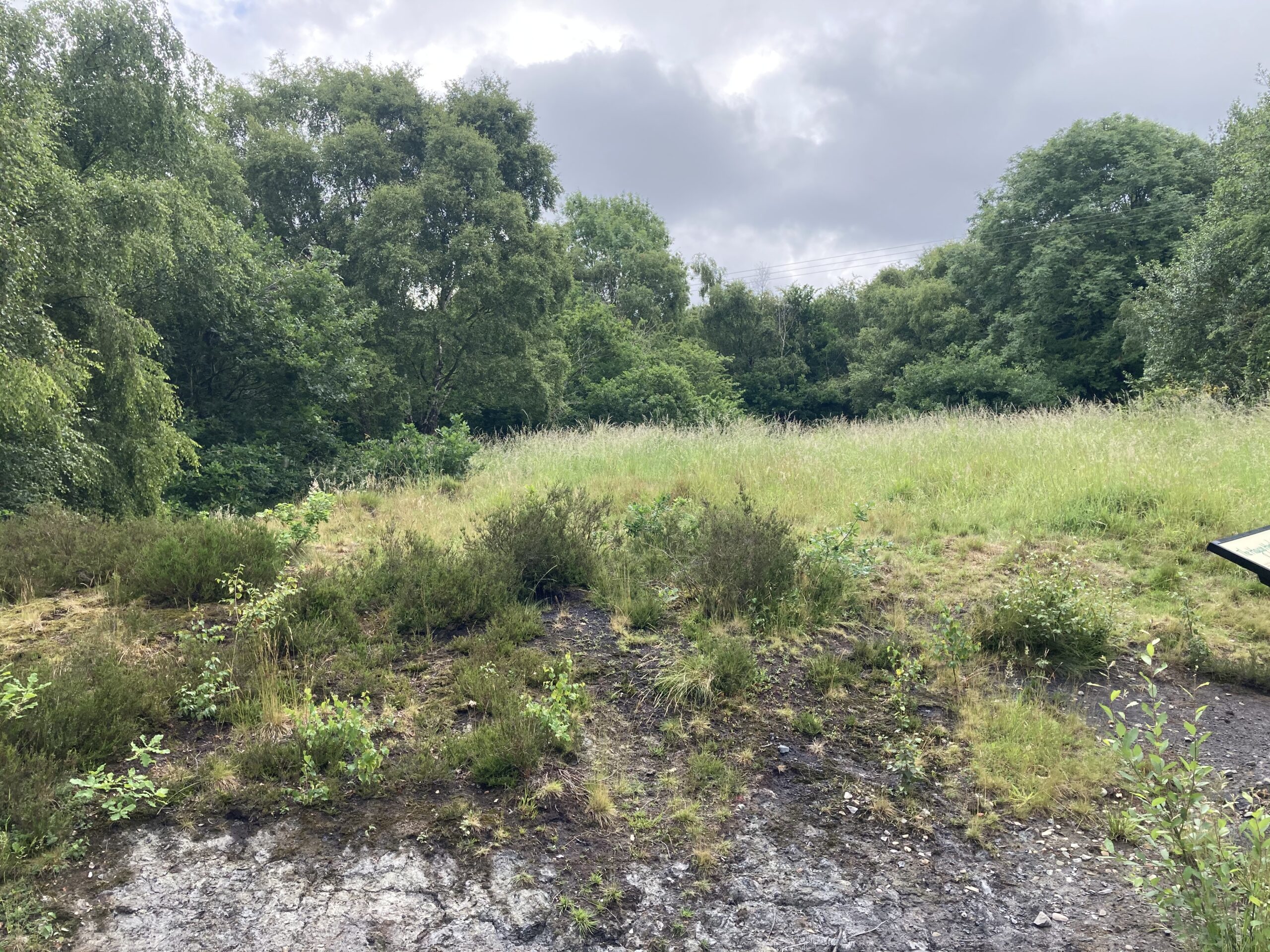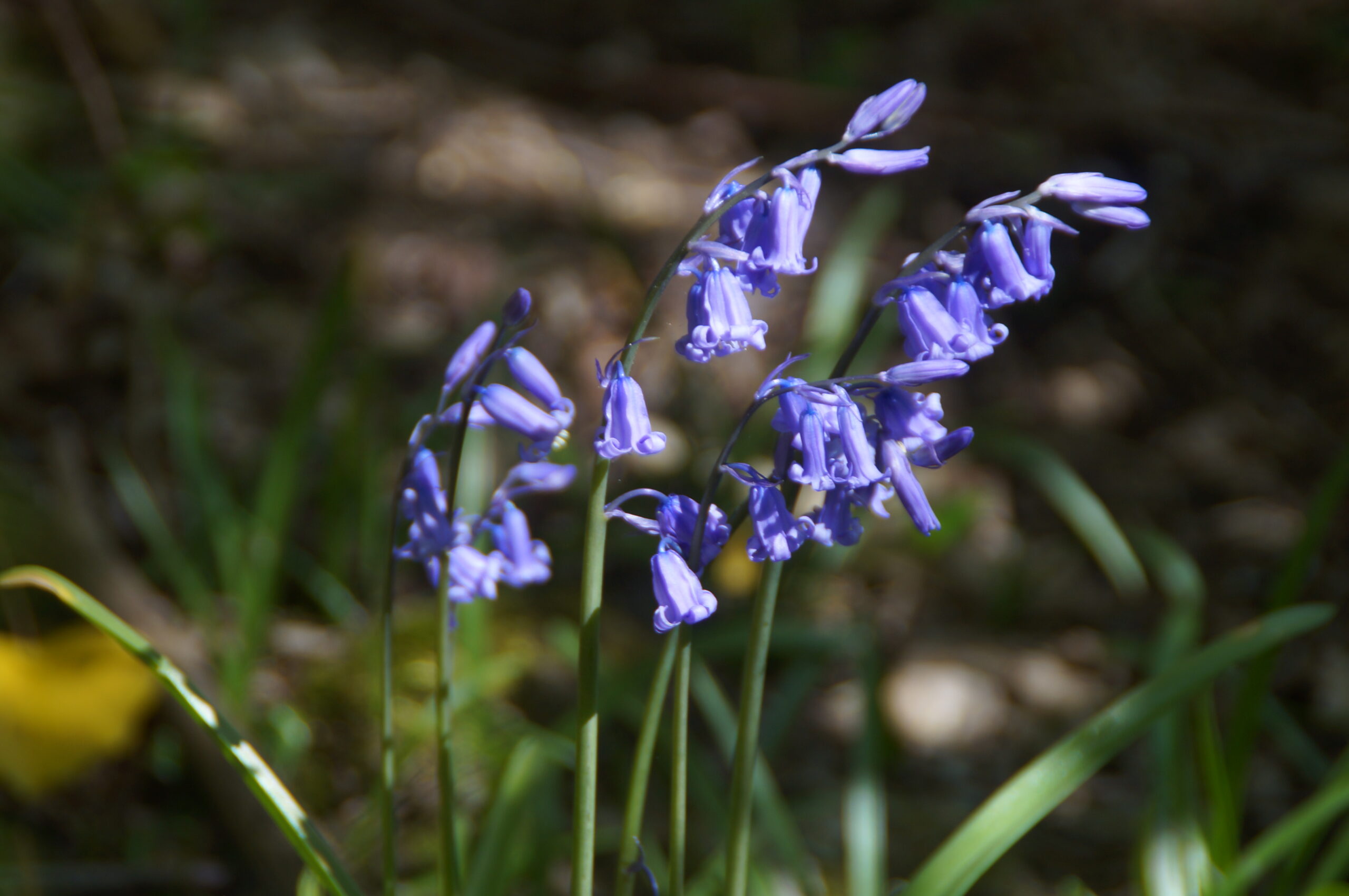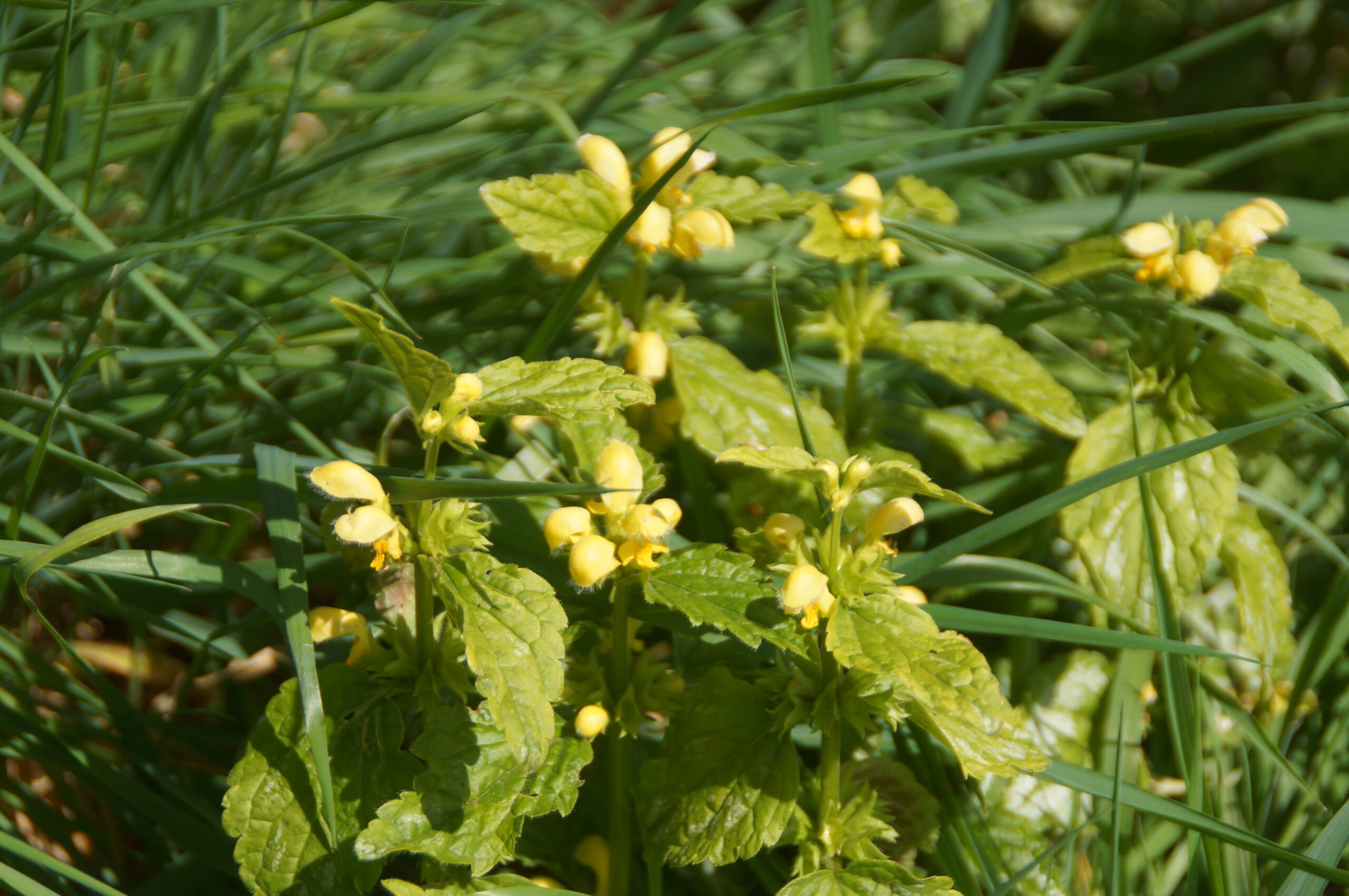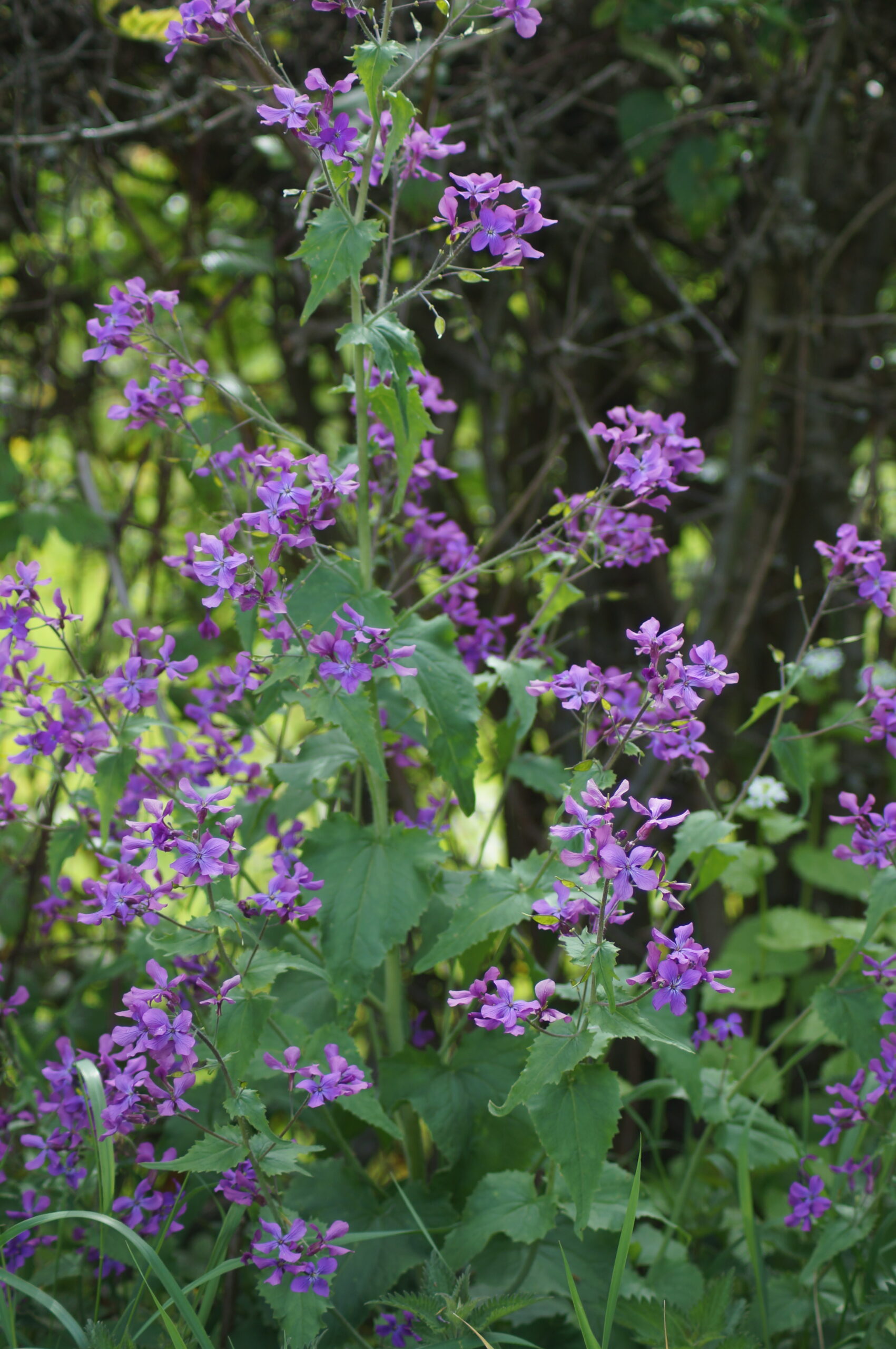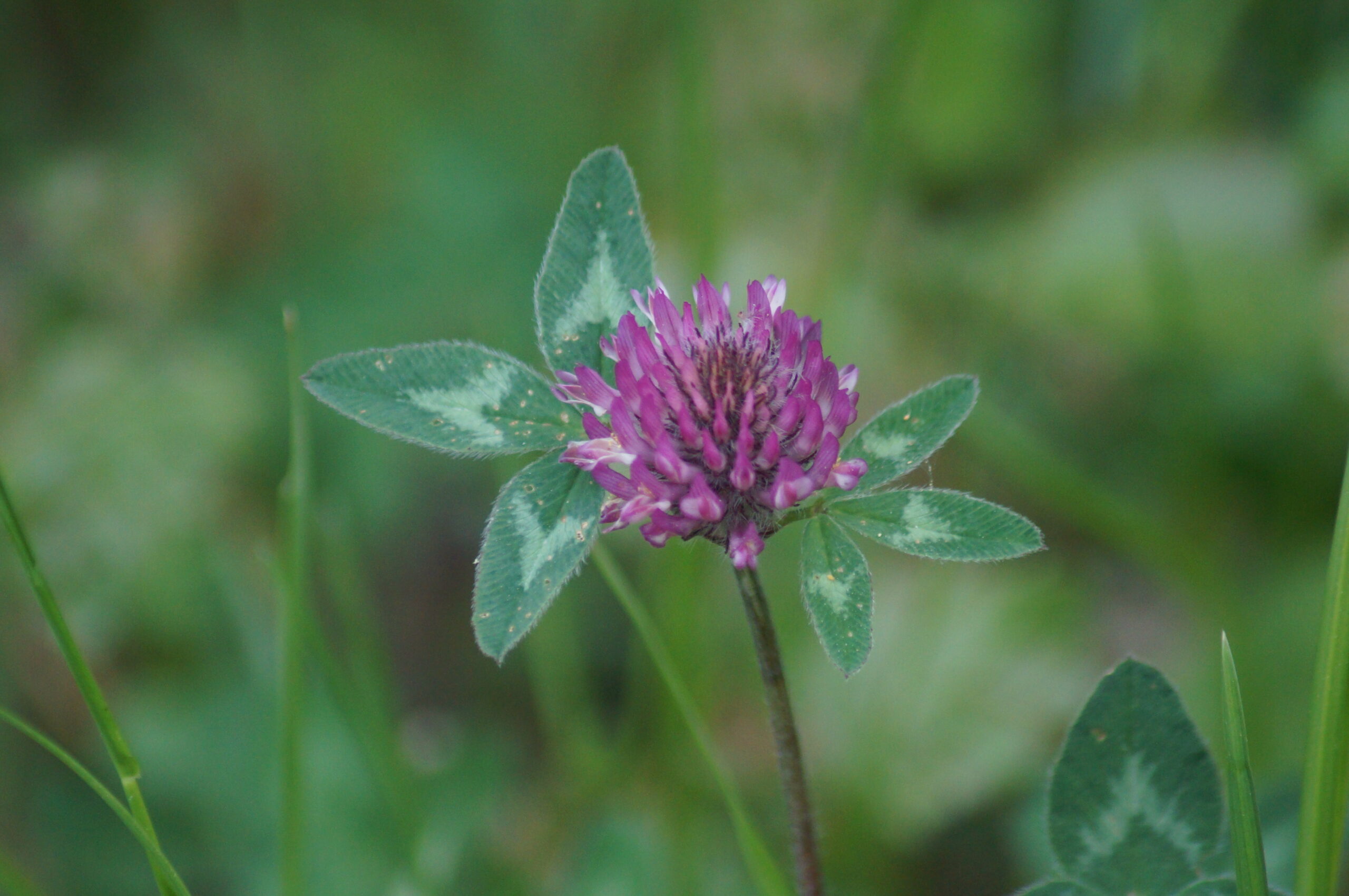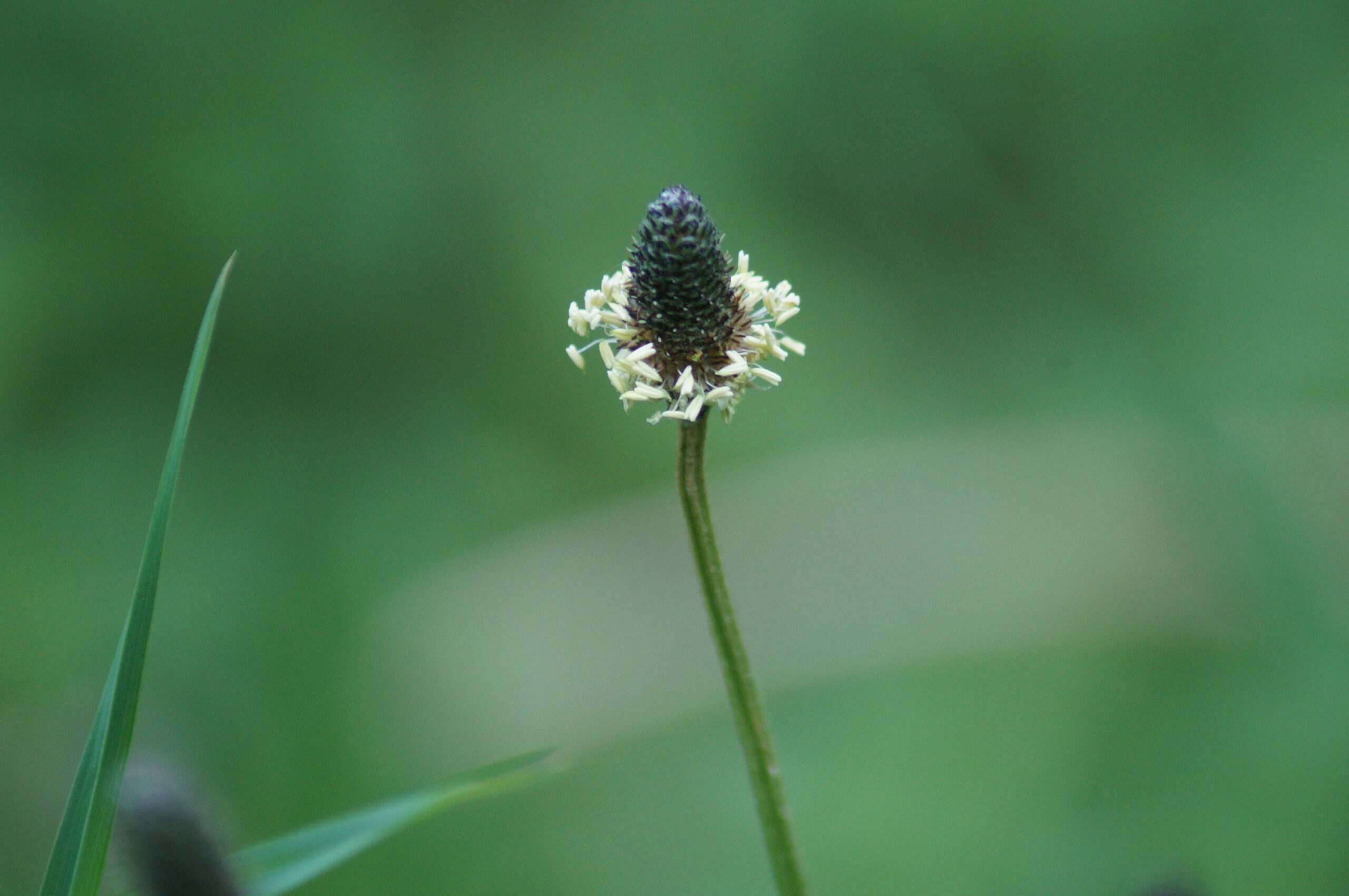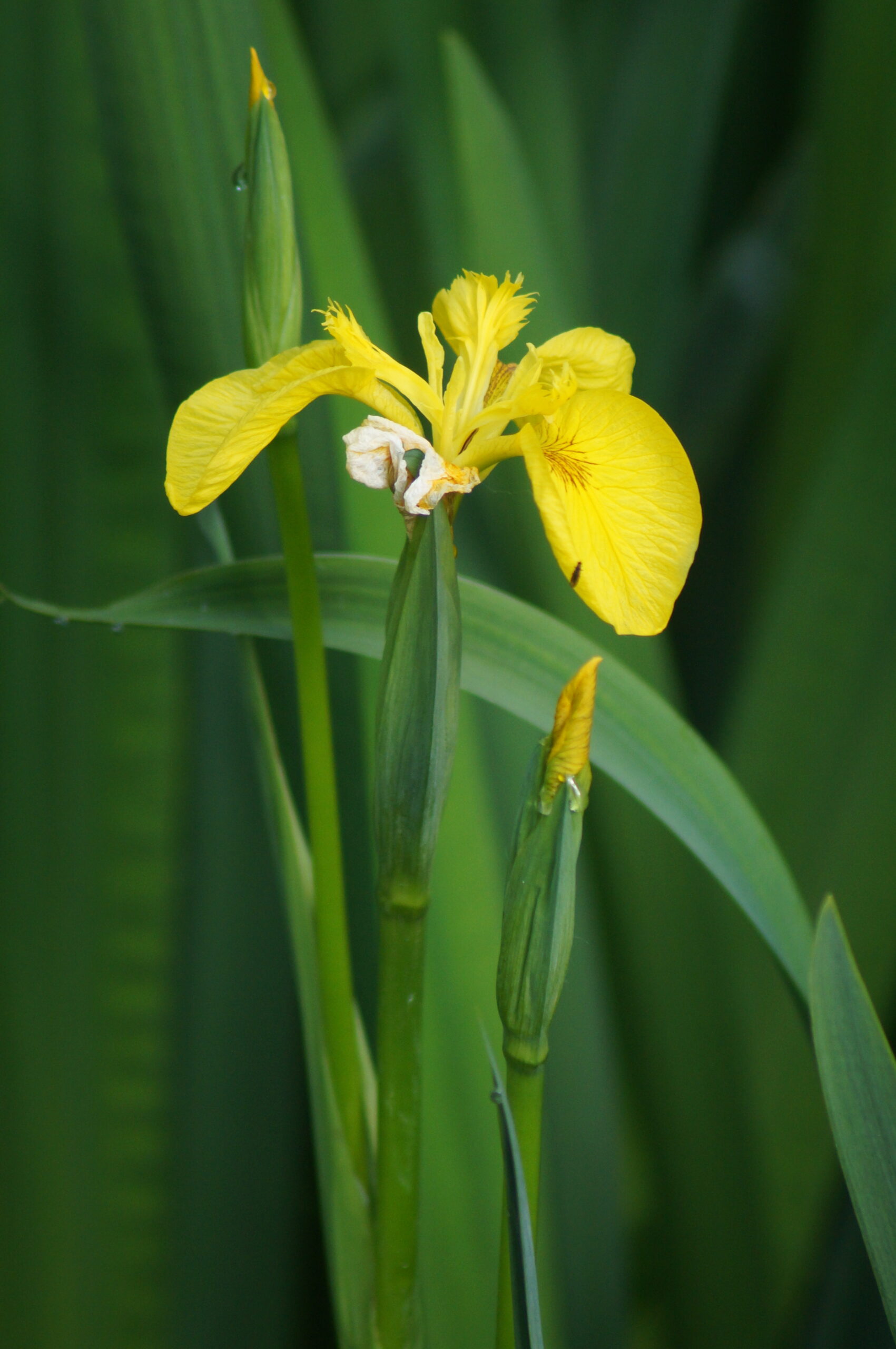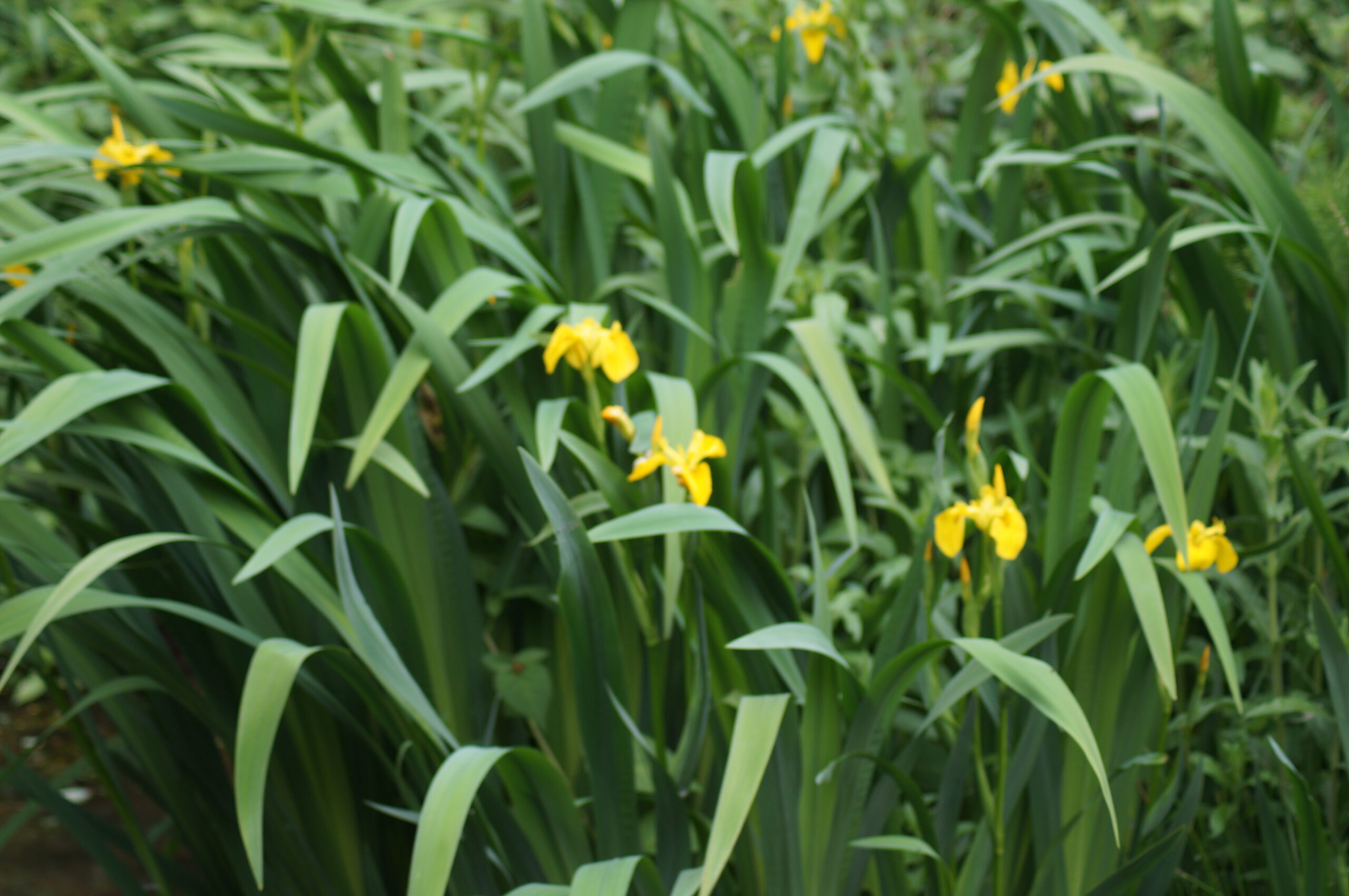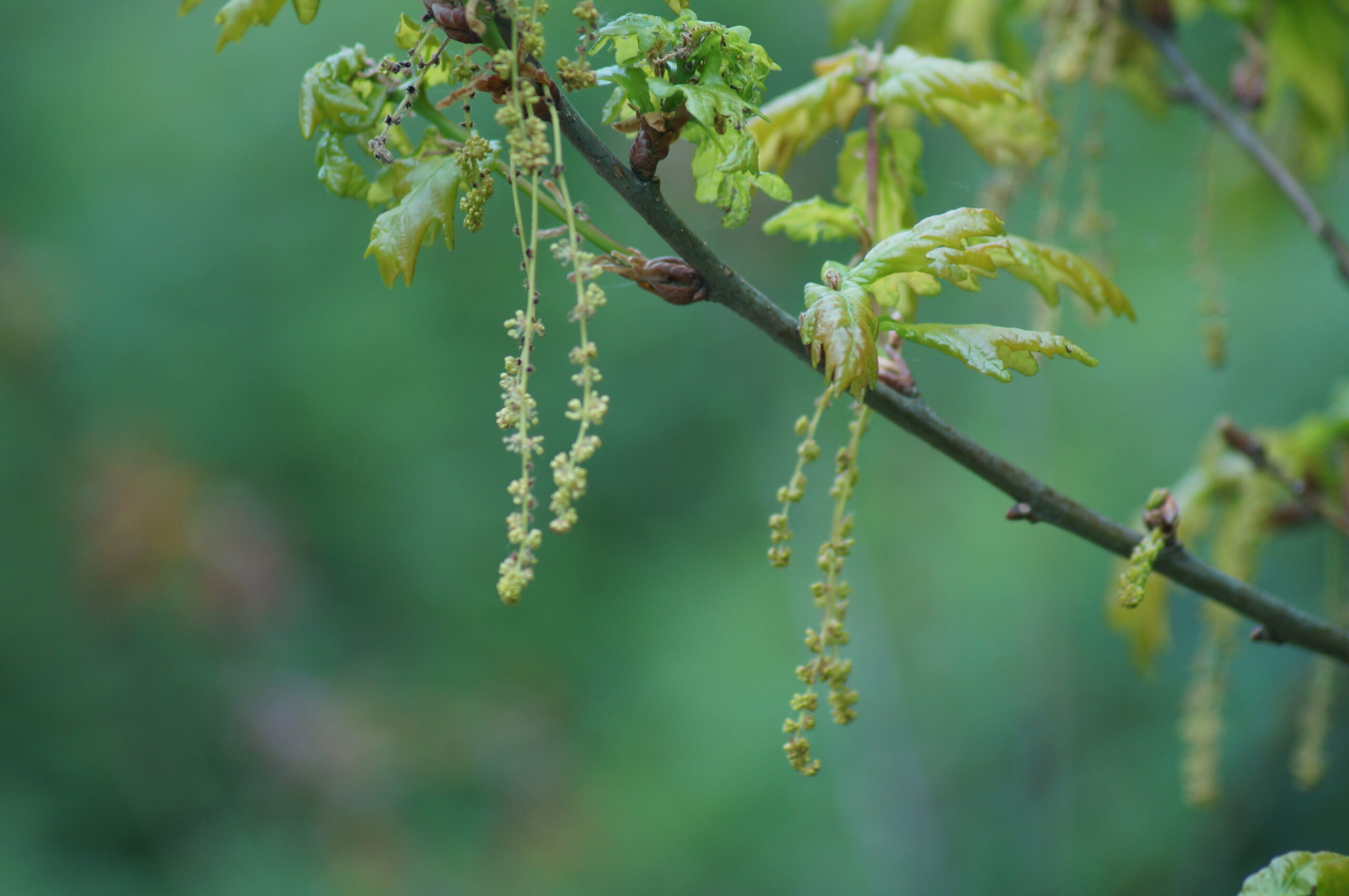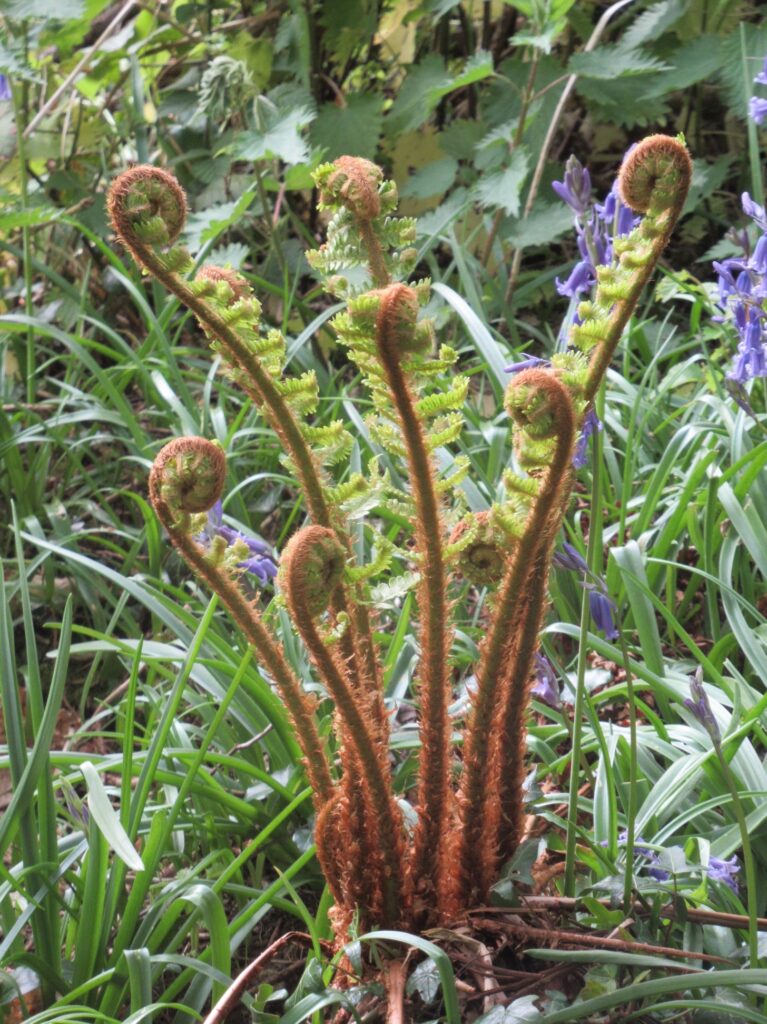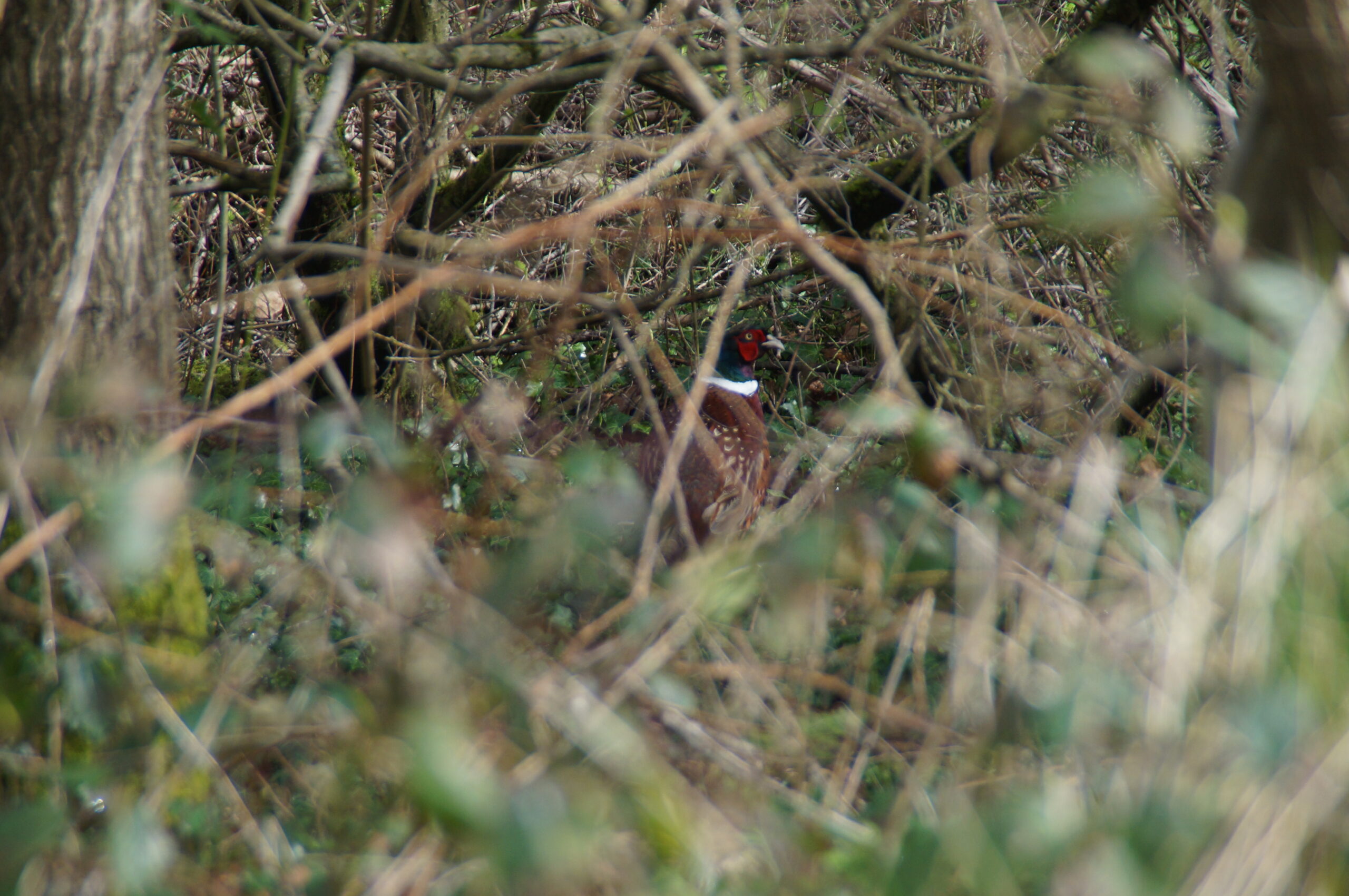Winter on the Haycop
Signs of Spring!
February Snow
January Snow
Birds in Winter
Frosty January
Snow in December
Fungi and Lichen
Plant Galls
December Views of the Haycop
Autumn on the Haycop 2020
Trees and Flowering Plants
Autumn comes to an English Oak tree(Quercus robur)
Acorns on an English Oak (Quercus robur)
Acorns ripen on an English Oak (Quercus robur)
Acorns ripen on an English Oak (Quercus robur)
Acorns ripen on an English Oak (Quercus robur)
Common spangle gall (Neuroterus quercusbaccarum) oak leaves
The common spangle gall on the underside of leaves develop as chemically induced distortions on trees, caused by the cynipid wasp (Neuroterus quercusbaccarum)
Silk Button Gall Wasp agamic generation - Neuroterus numismalis
Neuroterus numismalis is a gall wasp which has two generations each year. The first is sexual and the other agamic (all individuals are female). The sexual generation produces Blister Galls on Oak leaves. The agamic generation causes Silk Button Galls on the underside of Oak leaves as shown in the picture.
Silk Button Gall Wasp agamic generation - Neuroterus numismalis
Neuroterus numismalis is a gall wasp which has two generations each year. The first is sexual and the other agamic (all individuals are female). The sexual generation produces Blister Galls on Oak leaves. The agamic generation causes Silk Button Galls on the underside of Oak leaves as shown in the picture.
Oak Apples - the Gall of the Biorhiza pallida Wasp
Oak Apples - the Gall of the Biorhiza pallida Wasp
Oak Marble Gall produced by the Andricus Kollari Gall Wasp
Oak Marble Gall produced by the Andricus Kollari Gall Wasp
The remains of Knopper Gall produced by the Andricus quercuscalicis Gall Wasp
This gall develops around an acorn
Fallen acorns on a Sessile Oak (Quecus petraea)
Next Year's buds already developing on the Oak
Crown Gall on Goat Willow
Crown gall is a disease caused by the bacterium Rhizobium radiobacter
Common Hazel - Corylus avellana
Berries developing on Ivy - November
Flowers on Ivy - September
Berries on the guilder rose
Berries on the guilder rose
Flowers on yellow buddleia
Tree Planting November 2020
Ironbridge Rotary Club Present Tree Saplings to the Haycop Nature Reserve
Adrian Miles receiving new trees for The Haycop Nature Reserve from the Ironbridge Rotary Club. The trees included, hazel, rowan, crab apple & dog rose. We would like to thank the Rotary Club for their kind donation, which will make a welcome addition to our efforts to develop new hedgerows on the site.
Left to right:- Adrian Miles (Chair of The Haycop Conservation Group), Ruth Evans (Rotary Club Environmental Officer ),Tony Roden (Rotary Club ) & Peter Nixon (President of the Ironbridge Rotary Club ).
Duke of Edinburgh Volunteer Alex Barrett Planting Saplings near the Bird hide
Ben Roberts Tree planting on the Bridle Way
Dragonflies
Common darter (Sympetrum striolatum)
Common darter (Sympetrum striolatum)
Common darter (Sympetrum striolatum)
Common darter (Sympetrum striolatum)
Common darter (Sympetrum striolatum)
Common darter (Sympetrum striolatum)
Common darter (Sympetrum striolatum)
Southern hawker(Aeshna cyanea)
Southern hawker(Aeshna cyanea)
Southern hawker(Aeshna cyanea)
Other Insects and Spiders
Blood bee
This bee is from the genus Sphecodes, the exact species is difficult to identify without the help of an expert.
Photo taken in September
Parasitic wasp - possibly Endromopoda detrita
This wasp is very difficult to identify with certainty without the help of an expert.
Photo taken in September
Speckled wood (Pararge aegeria)
Photo taken in September
Small copper(Lycaena phlaeas)
Photo taken in September
Small copper (Lycaena phlaeas)
Photo taken in September
Common flesh fly (Sarcophagidae - possibly Sarcophaga carnania )
Photo taken in September
Bluebottle - possibly Calliphora vicina
Photo taken in October
Common Green Grasshopper - Omocestus viridulus
Photo taken in September
Common Green Grasshopper - Omocestus viridulus
Photo taken in September
Sevenspot ladybird (Coccinella septempunctata)
Photo taken in September
Sevenspot ladybird(Coccinella septempunctata)
Photo taken in October
Sevenspot ladybird(Coccinella septempunctata)
Photo taken in October
Ladybird - possibly Rhyzobius litura
Photo taken in October
Ground beetle (possibly Common Sun Beetle - Amara aenea)
Photo taken in September
Ground beetle (possibly Common Sun Beetle - Amara aenea)
Photo taken in September
Possibly Nursery Web Spider - Pisaura mirabilis
Photo taken in September
Garden Spider - Araneus diadematus
Garden Spider - Araneus diadematus
Garden Spider - Araneus diadematus
Birds
Fungi
Scurfy twiglet (Tubaria furfuracea)
Also known as the winter twiglet and Redlead roundhead
Silverleaf fungus (Chondrostereum purpureum)
Smoky polypore (Bjerkandera adusta)
also known as Smoky bracket)
Turkey tail (Trametes versicolor)
A bracket fungus
Turkey tail (Trametes versicolor)
A bracket fungus
False turkey tail (Stereum hirsutum)
False turkey tail (Stereum hirsutum)
Silverleaf fungus (Chondrostereum purpureum)
Birch polypore (Piptoporus betulinus)
A bracket fungus
Birch polypore (Piptoporus betulinus)
A bracket fungus
Lumpy Bracket (Trametes gibbosa)
Lumpy Bracket (Trametes gibbosa)
Pear-shaped puffball (Lycoperdon pyriform)
Also called Sump puffball
Thin walled maze polypore (Daedaleopsis confragosa)
Pear-shaped puffball (Lycoperdon pyriforme)
sometimes called Stump puffball
Common earthball (Scleroderma citrinum)
Common earthball (Scleroderma citrinum)
Onion earthball (Scleroderma cepa)
Common Puffball (Lycoperdon perlatum)
Common Puffball (Lycoperdon perlatum)
Yellow-staining mushroom (Agaricus xanthodermus)
Red edge brittlestem (Psathyrella corrugis)
Candlestick fungus (Xylaria Hypoxyfon)
Amethyst deceiver (Laccaria amethystina)
Buttery collybia - Butter cap (Rhodocollbia butyracea)
Buttery collybia - Butter cap (Rhodocollbia butyracea)
Groups of Volunteers Return to The Haycop
Volunteers Clearing the Meadow Cut - Wednesday 7th October
Throughout the Summer, as individuals and in family groups, volunteers have continued to work on the Haycop. Now, with the arrival of Autumn groups of up to 6 volunteers have been working on clearing the Meadow - following the annual cut.
Volunteers Clearing the Meadow Cut
Sunday 11th October
Volunteers Clearing the Meadow Cut
Sunday 11th October
Volunteers Clearing the Meadow Cut
Sunday 11th October
Volunteers Clearing the Meadow Cut
Sunday 11th October
D of E Volunteers Sowing Yellow Rattle Seeds on the Meadow
A campfire awaiting the arrival of the reception class from Broseley CE School
Tuesday 13th October
A visit from Broseley CE School Reception Class
The children explore the heather patch
The children collecting crabapples
The crabapples they collected will be used to make crabapple jelly
A campfire in the Woodland School
The children sitting around the fire
The children enjoy a drink of apple juice
The children trying Haycop jam
A message from Children and Teachers:
We would like to thank the Haycop team for another amazing session today. Fun apple collecting, eating cooked apples and tasting the yummy Haycop jam on biscuits... all washed down with lovely apple juice. We all had a great time.
Views of the Haycop
The Meadow - following the annual cut in October
The Pond - following clearance in October
A View of the Jetty - October
All Saints Church from the Haycop - October
A view from the South Bank towards the Pond - October
A view of the Meadow from the South Bank
Woodland Path - October
This path was recently repaired by a working party made up of Duke of Edinburgh Volunteers
Sign Post by the Woodland Path on the Bridle Way - October
The South Bank from across the Meadow - October
The Haycop from Bridge Road - October
A view form Xander's Meadow to the Heath - November
The path from the Down Well - November
The Top of the South Bank - November
A view from the South Bank towards the Pond - November
A view of the Meadow from the South Bank - November
All Saints Church from the Haycop - November
The Meadow from the Down Well - November
The Heather Patch - November
Summer on the Haycop 2020
Butterflies and Moths
Large skipper (Paul Wells via Facebook)
Large skipper (Paul Wells via Facebook)
Small tortoiseshell - underwing
Small tortoiseshell - wings closed
Camouflaged Orange tip caterpillars
Micro moth (Tortricidae) Epagoge grotiana
Other Insects
Common carder bee (queen) on Creeping thistle
White tailed bumble bee on Marsh Marigold
White tailed bumble bee on birdsfoot trefoil
Red tailed bumble bee on bramble
Dark European honey bees with Red solider beetles
Digger wasp - Ectemnius cephalotes
Digger wasp - Ectemnius cephalotes
Digger wasp - Ectemnius cephalotes
Digger wasp - Ectemnius cephalotes
Common wasp - Vespula vulgaris
Common wasp - Vespula vulgaris
'Tree wasp' - Dolichovespula sylvestric
'Saxon wasp' Dolichovespula saxonica
'Saxon wasp' Dolichovespula saxonica
Small black ant - (Lasius niger)
Large red damselfly (male)
Common blue damselfly (female)
Dragonfly - common darter
Dragonfly - Southern hawker (male)
Dragonfly - Southern hawker (male)
Dragonfly - Southern hawker (male)
Dragonfly - Southern hawker (female)
Fly - Dolichopus popularis
Fly -Haematobosca stimulans
Hover fly - Rhingia campestas
Hoverfly - Helophilus pendulus
Hoverfly - Syrphus ribesii
Hoverfly - Syrphus ribesii
Hoverfly - Eristalis interruptus
Hoverfly - Eristalis interruptus
Hoverfly - Eristalis interruptus
Hoverfly - Volucella pellucens
Hoverfly - Volucella pellucens
Hoverfly - Cheilosia albitarsis/ranunculi agg
Possibly - Blow fly - Lucilia caesar
Possibly - House fly - Neomyia viridescens
Dance fly - Rhamphomyia sulcata
Black and yellow longhorn beetle
Black and yellow longhorn beetle
Black longhorn beetle with common red ant
Harlequin Ladybird (invasive species)
Meadow plant bug - Leptopteria dolebrala
Dock bug - Coreus marginatus
Cuckoo spit - froghopper nest
A mossy rose gall - June
The gall contains the eggs and larva of Diplolepis rosae, or "Cynipid gall wasp".
Evidence of Holly leaf miner
Snails
Possibly Heath snail - Helicella itala
Moorhen Chicks
Wild Flowers
Fox-and-Cubs (Orange hawkweed)
Fox-and-Cubs (Orange hawkweed)
Fox-and-Cubs (Orange hawkweed)
Grass in flower on the meadow
Fruit developing on Bramble
Seedpods on Garlic mustard
Haws developing on Hawthorn bush
Hips developing on Dog rose
Trees
Acorns developing on the Oak - June
Acorns developing on the Oak - July
Acorns developing on the Oak - August
Ripe seeds on a Downy birch - July
Haws developing on the Hawthorn
Cherries developing on the Wild cherry
Berries developing on the Rowan tree - June
Berries on Rowan tree - July
Berries on Rowan tree - July
Berries on guilder rose - June
Berries on guilder rose - July
Non Flowering Plants
Fungi
Possibly Parasola auricoma
Red Cracking Bolete - Boletus chrysenteron
Suede Bolete - Boletus subtomentosus
Angel's bonnet - Mycena arcangeliana
Views of Haycop – June & July 2020
Meadow from the top of the South Bank - June
Looking toward. the pond from the top of the South Bank - June
Ferns and horsetails on the South Bank - July
Path to Pond below the Down Well - June
A view towards all Saints church - July
Ironbridge Road Entrance to the Haycop - June
Rainbow over the Haycop as seen from Dark Lane -July
Spring on the Haycop 2020
Wild Flowers
Goat Willow (Pussy Willow)
Dandelion with Large White Butterfly
Cuckoo Flower (Lady's Smock)
Cuckoo Flower (Lady's Smock)
Stinging nettle (female flowers)
Stinging nettle (female flowers) and Timothy
Bramble flower with white tailed bumble bee
Trees
An oak tree coming to life
Male flowers, English oak
Male flowers, English oak
'Oak apple' - gall wasp, from last summer
Oak sapling
Tree donated by Yvette Greasley and planted by Yvette and Ian Barrett on Monday 11th May on the Bridle Way
Non flowering Plants
Reptiles and Amphibians
Slow worm - basking in the sun
Butterflies
Birds
The Next Generation of Mallards!
Female Mallard sitting on the eggs
Final Working Party Before The Covid19 Lockdown
On Saturday the 14th March, just days before the lockdown was introduced by the Government, the Haycop Conservation Group held a volunteer day to carry out essential work on the Haycop. This included laying wood chip on woodland paths, repairing handrails on the woodland steps and work on clearing the wildflower meadow.

The volunteers take a well earned lunch break on Saturday 14th March



